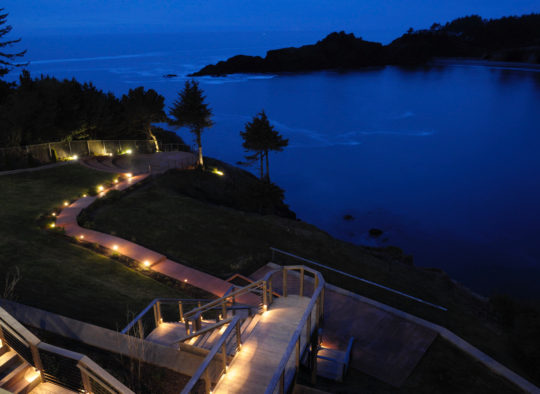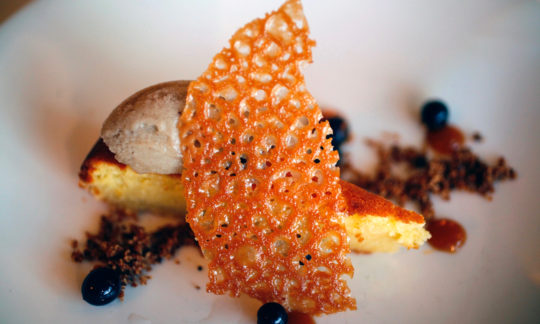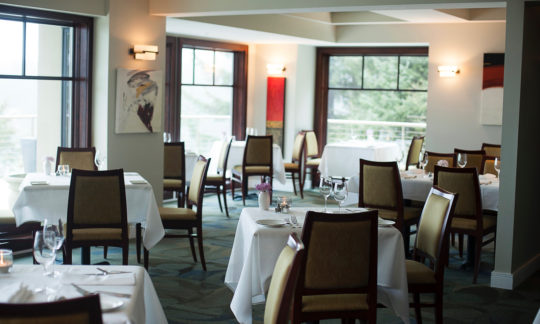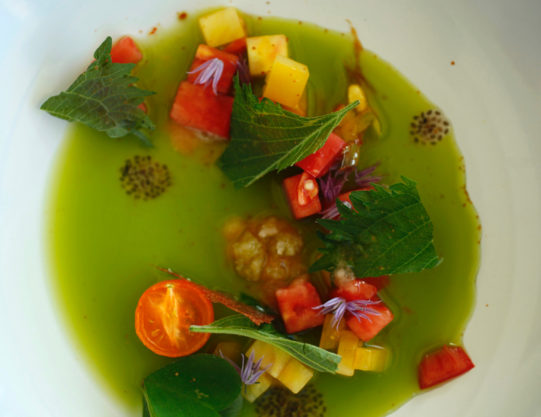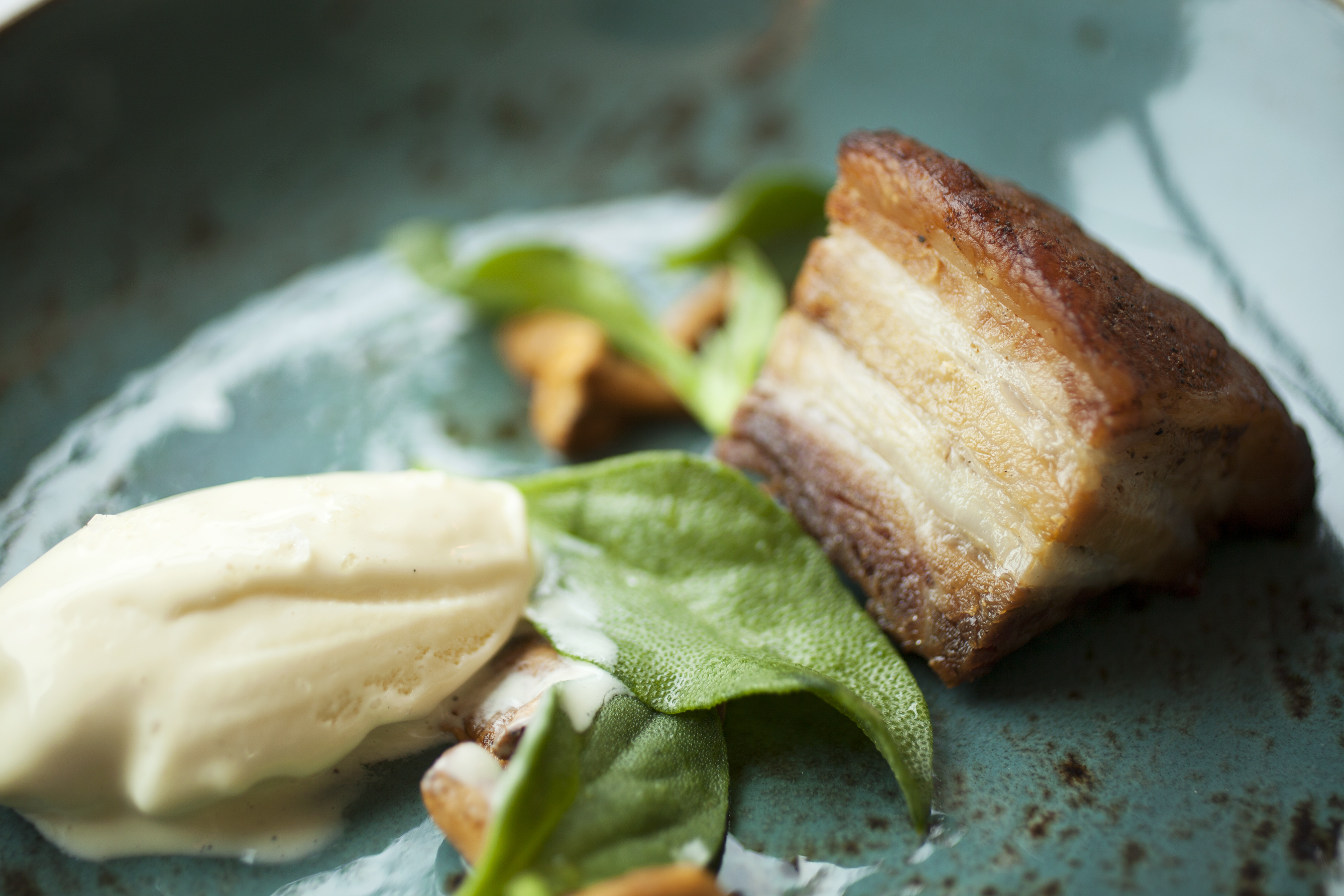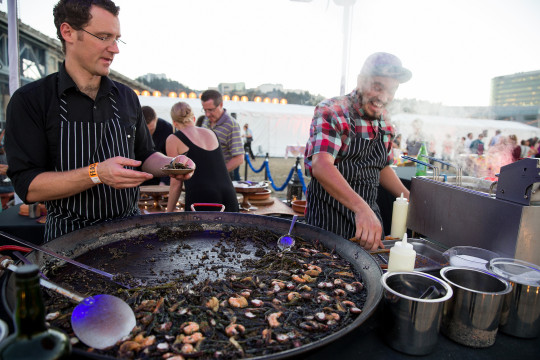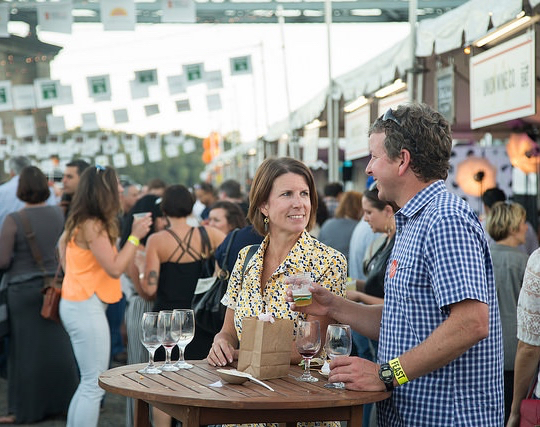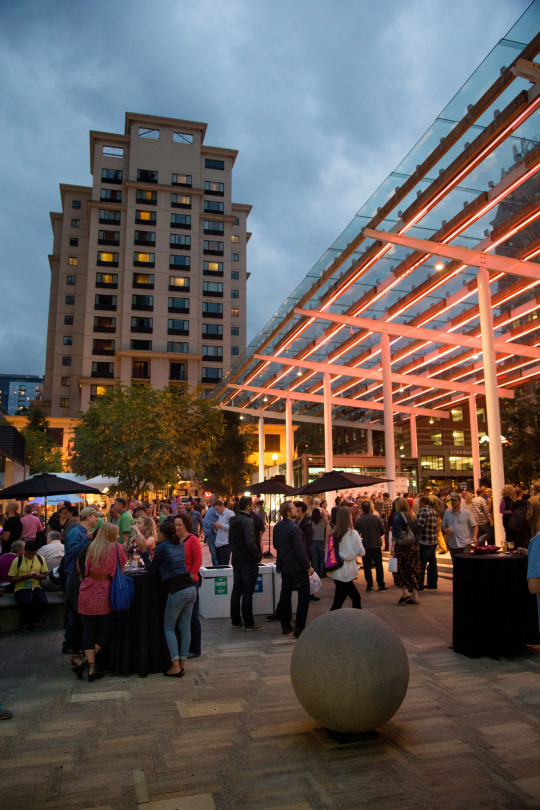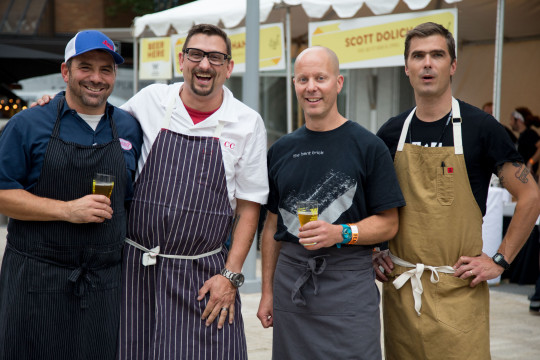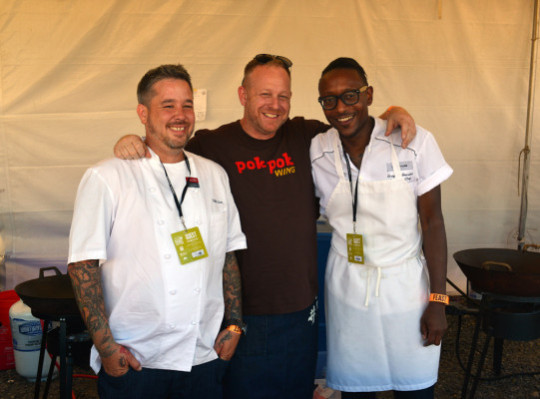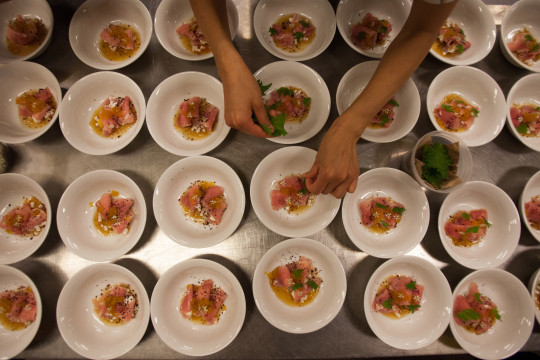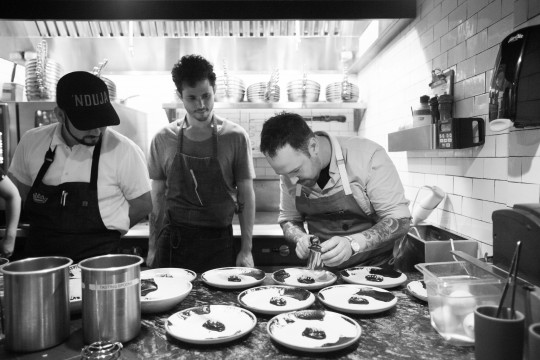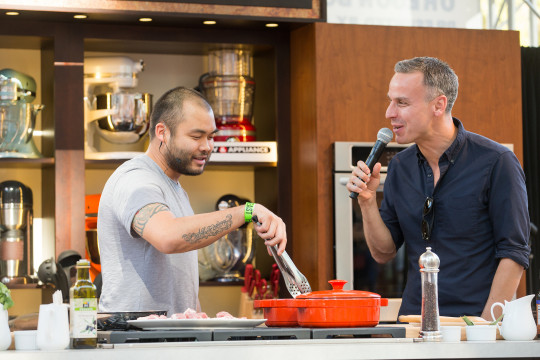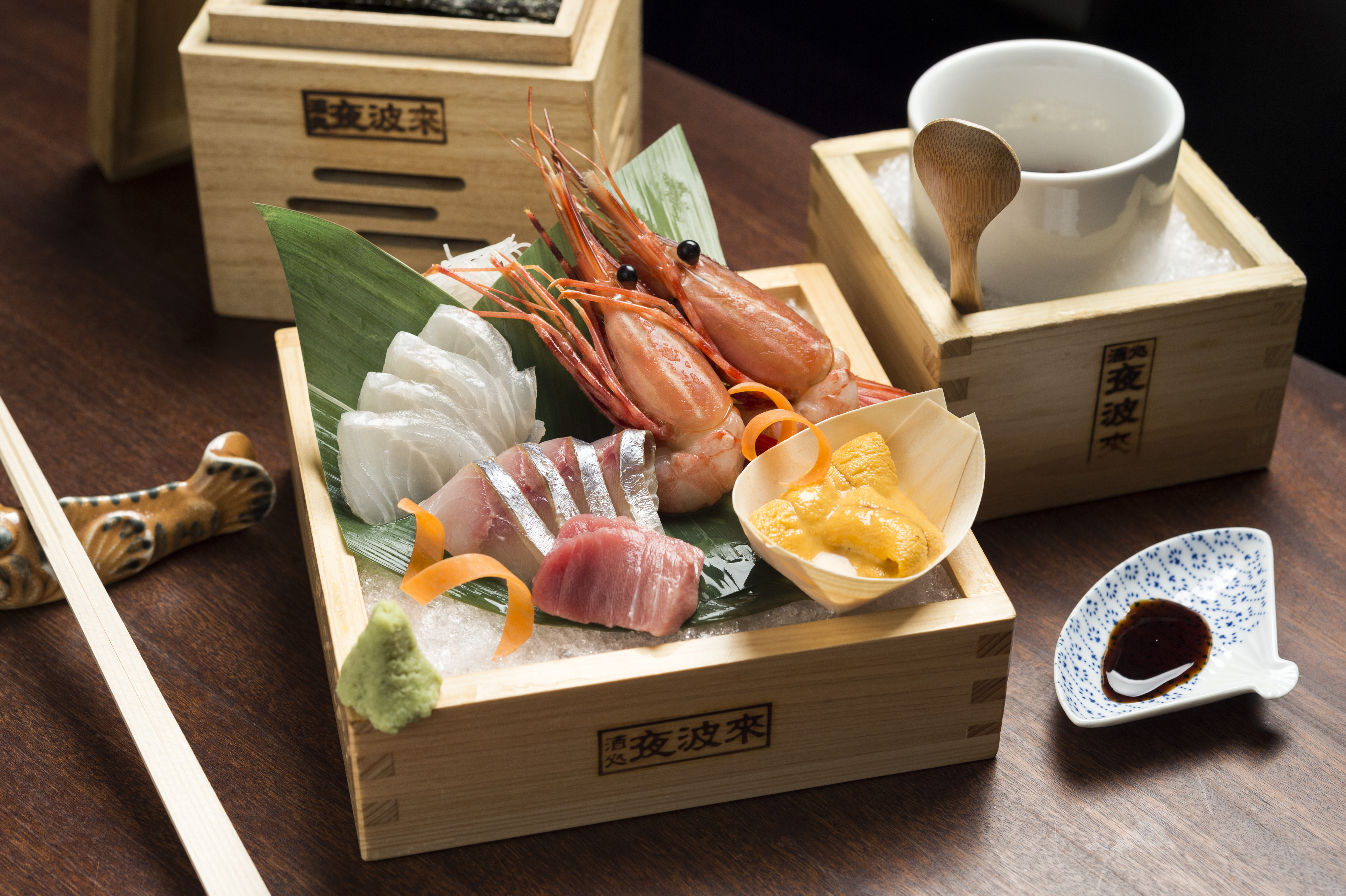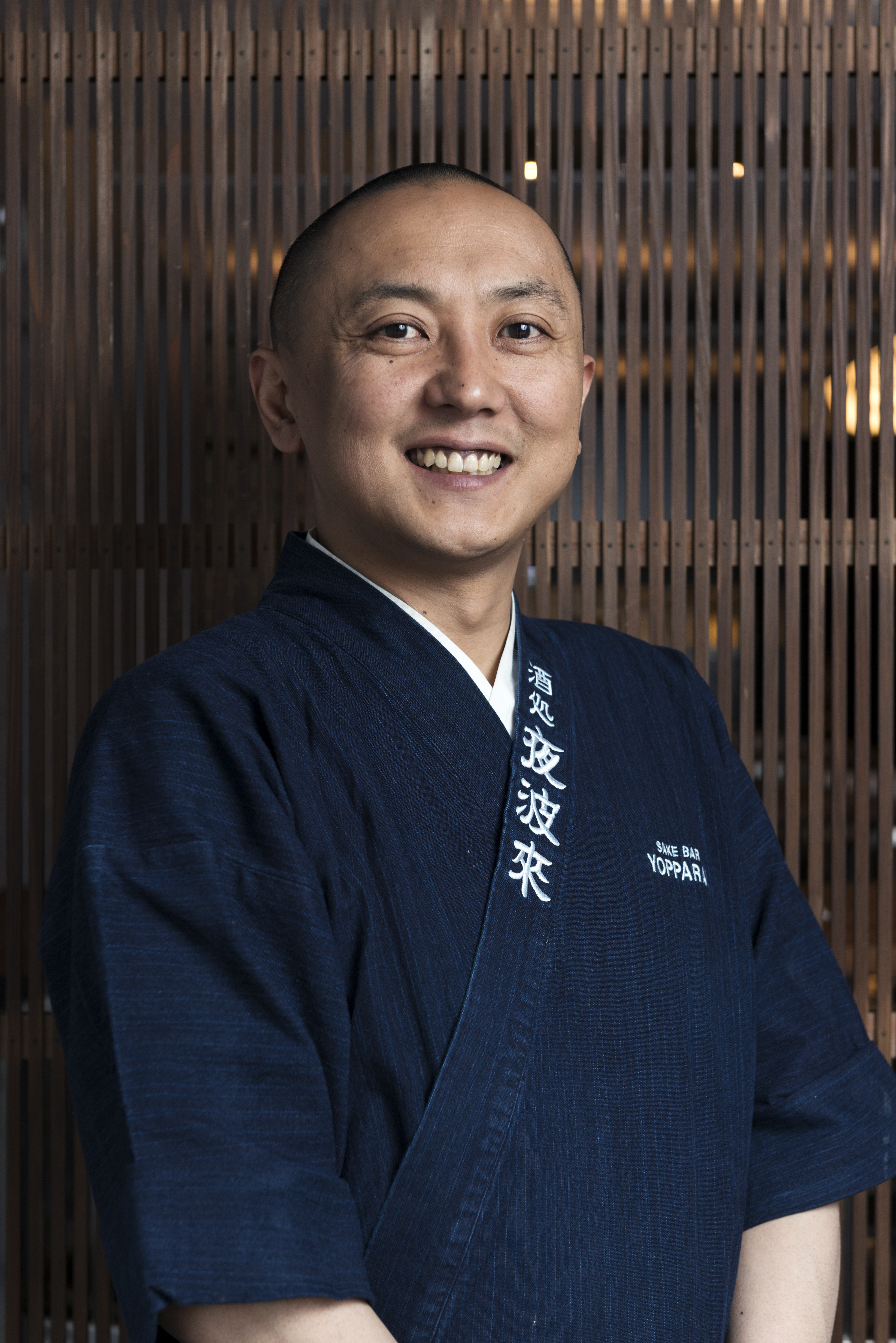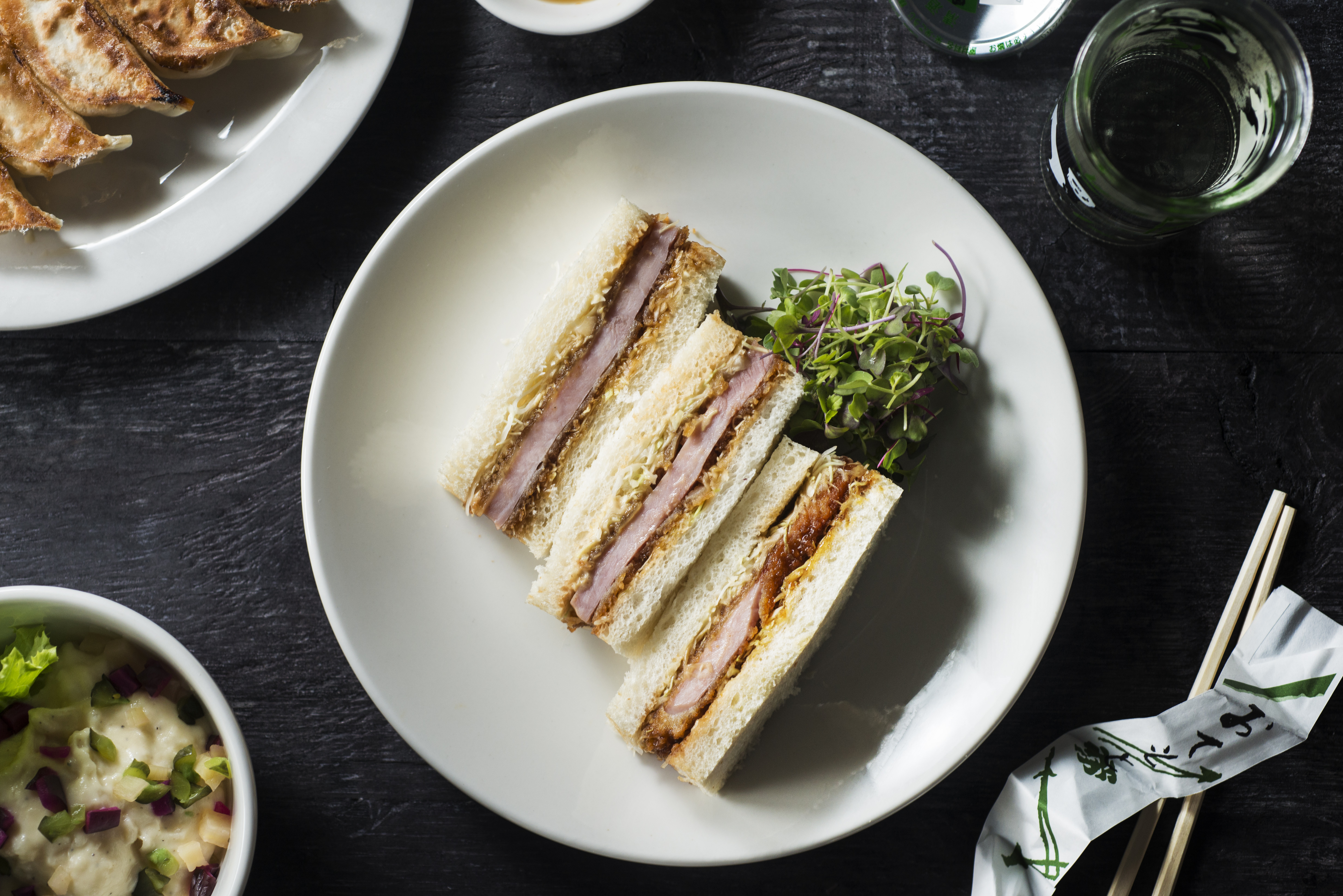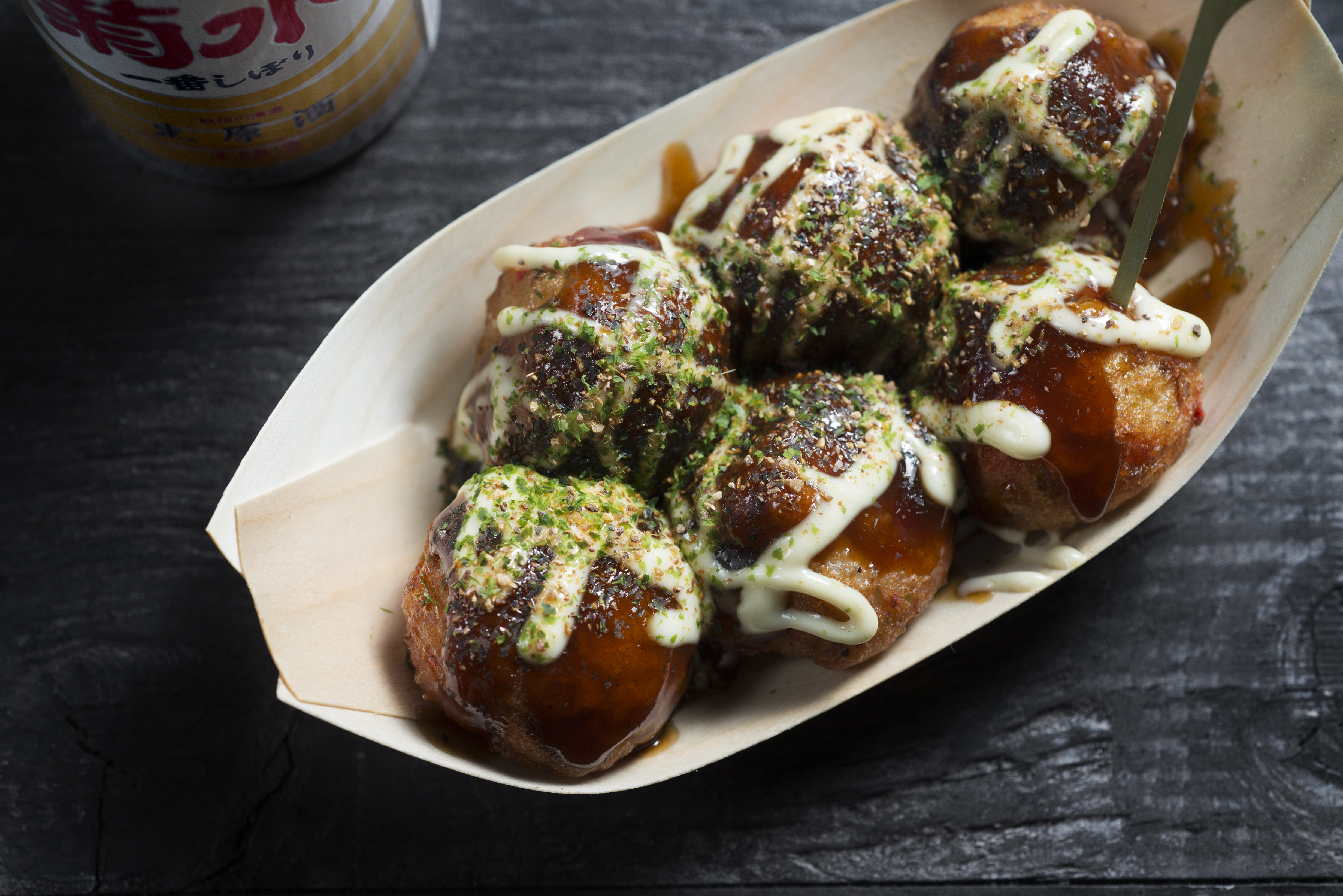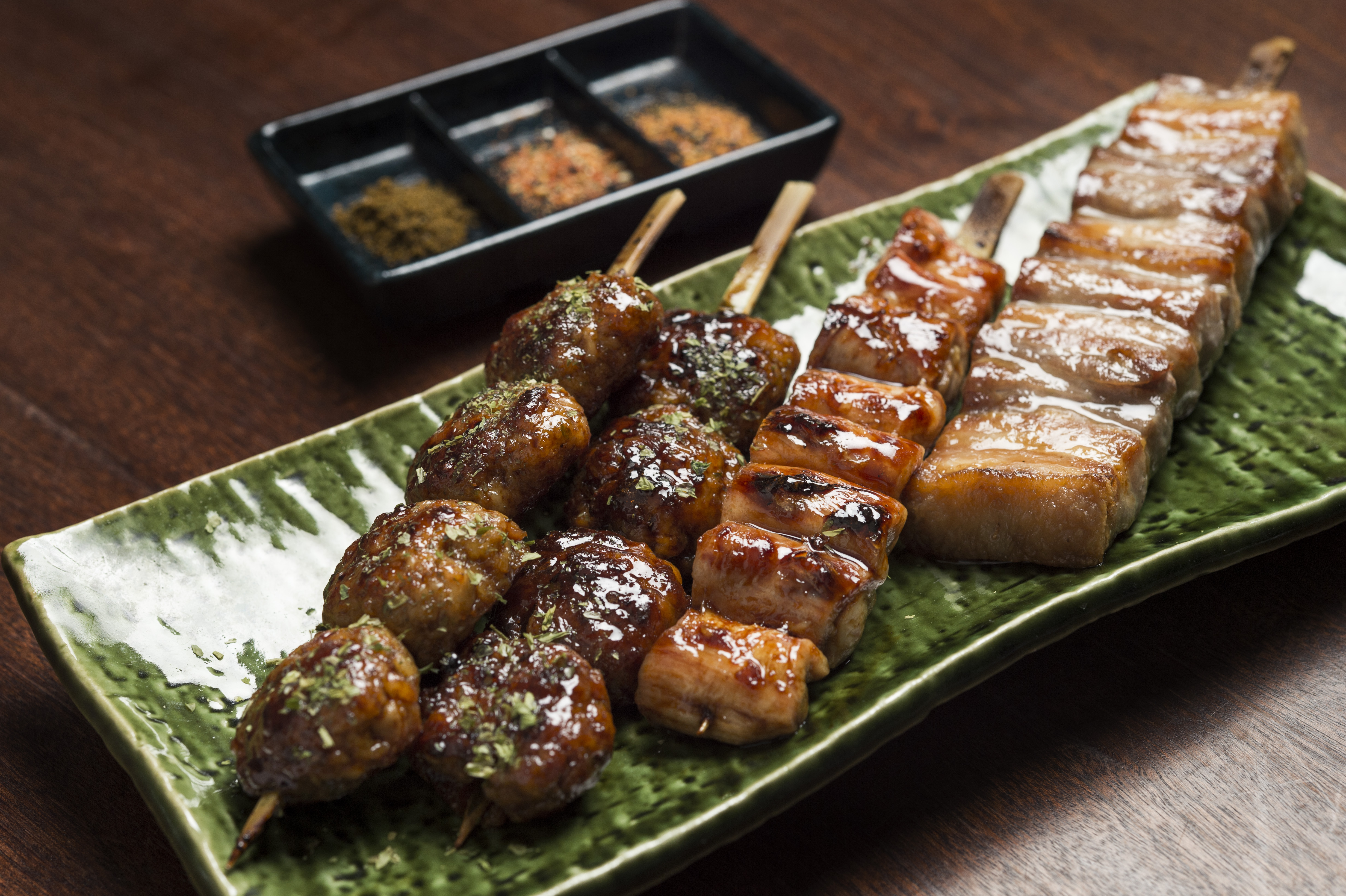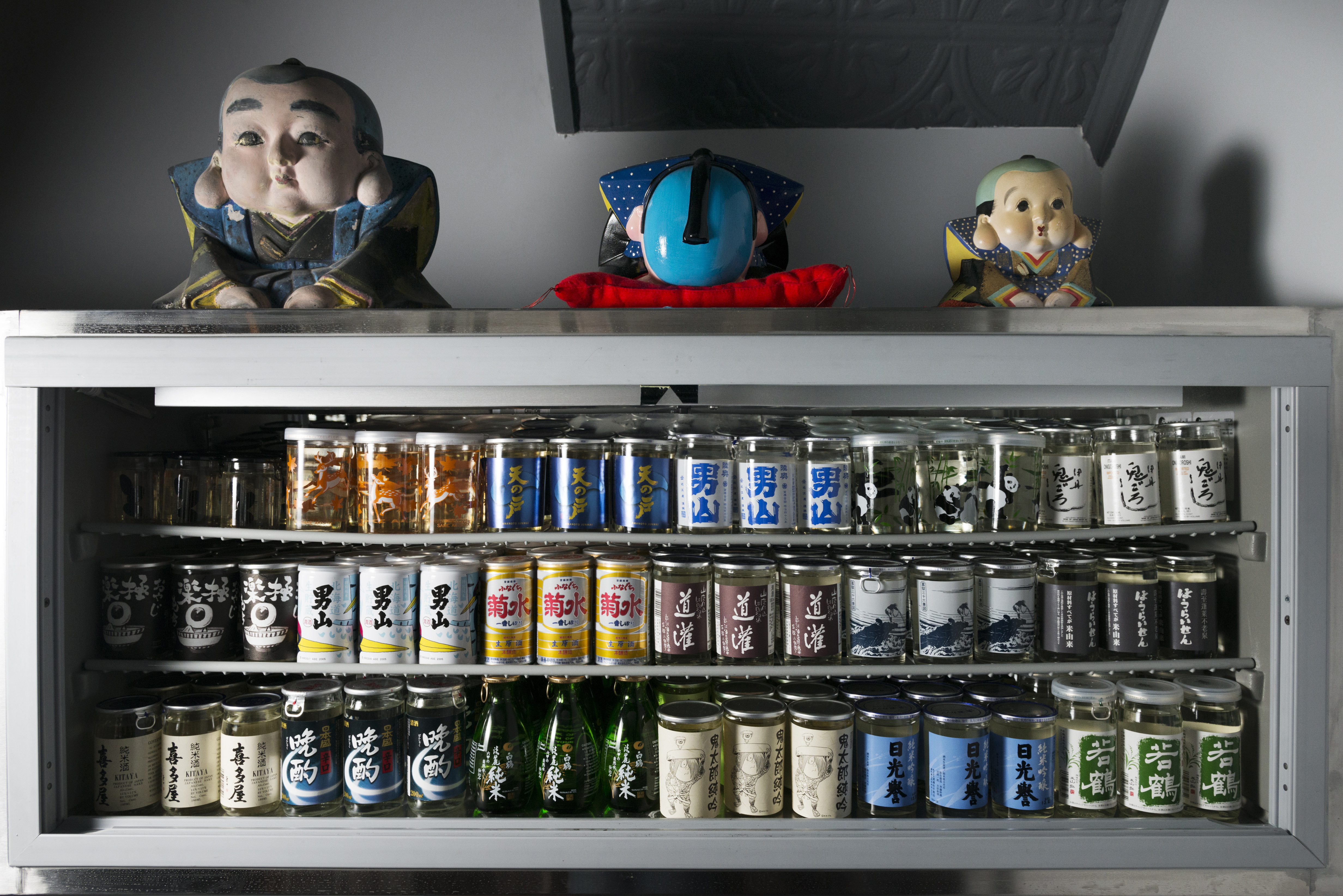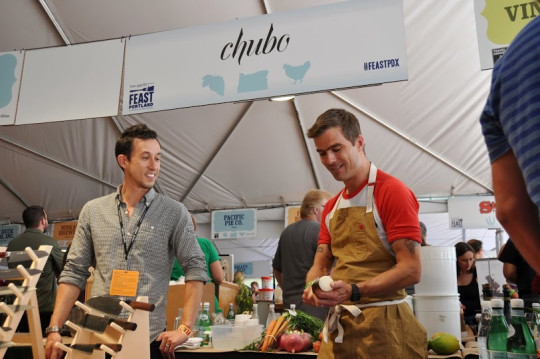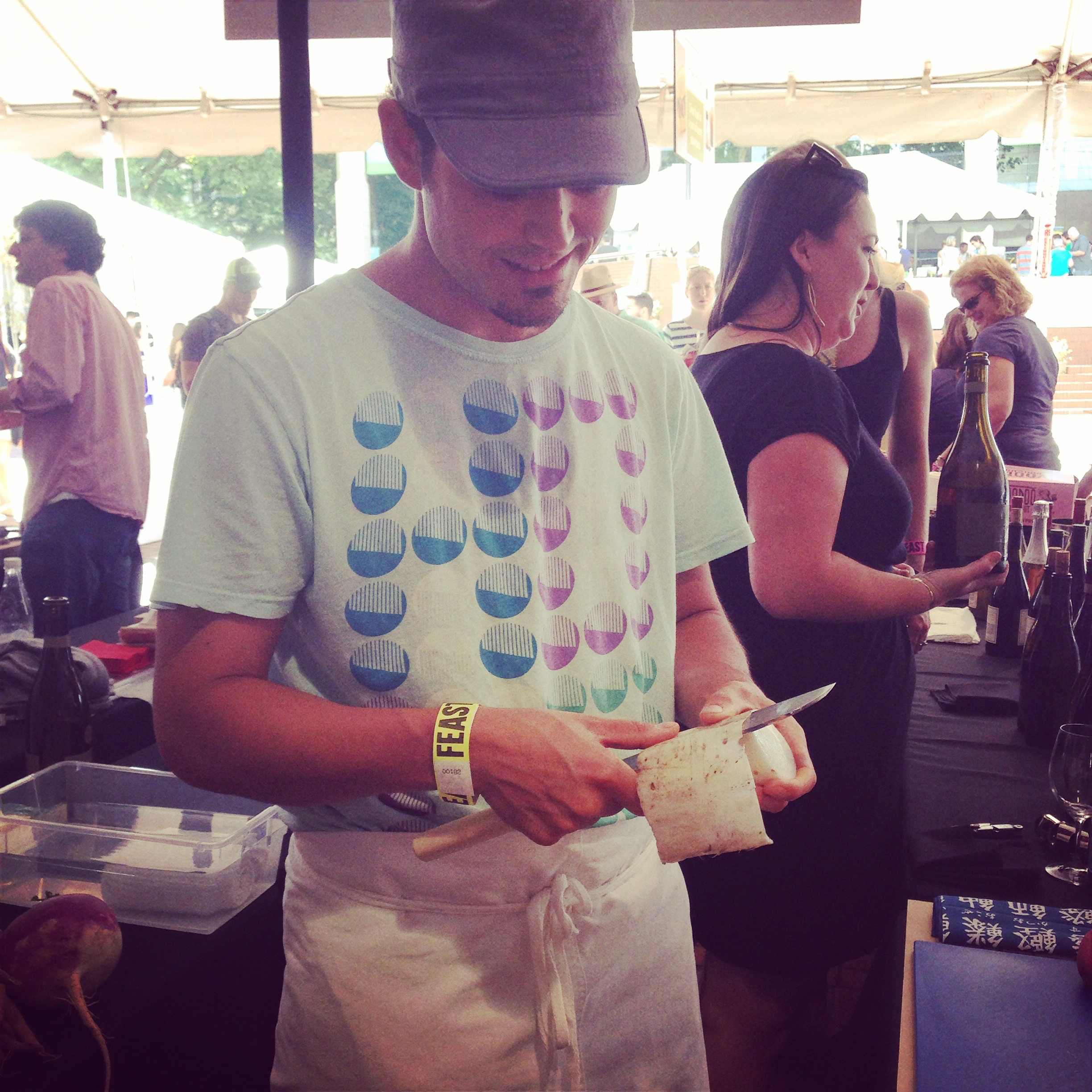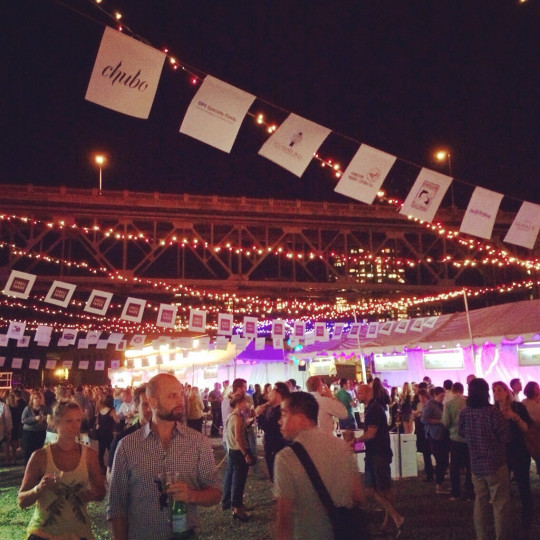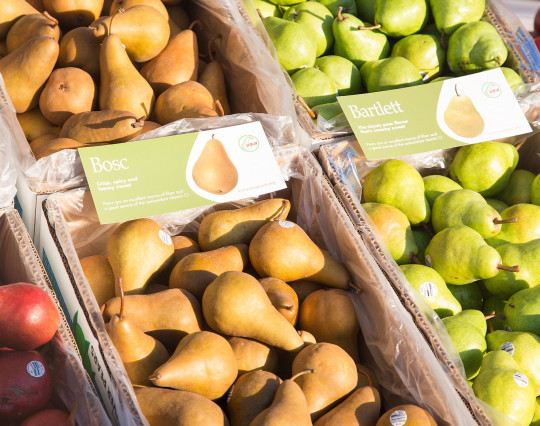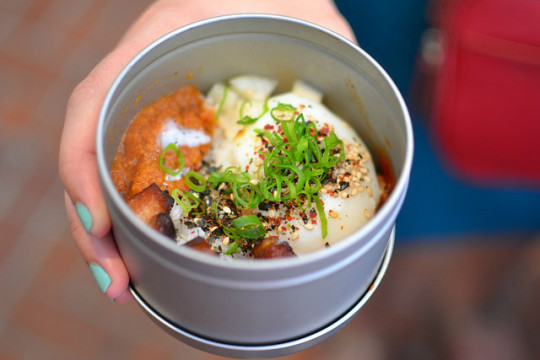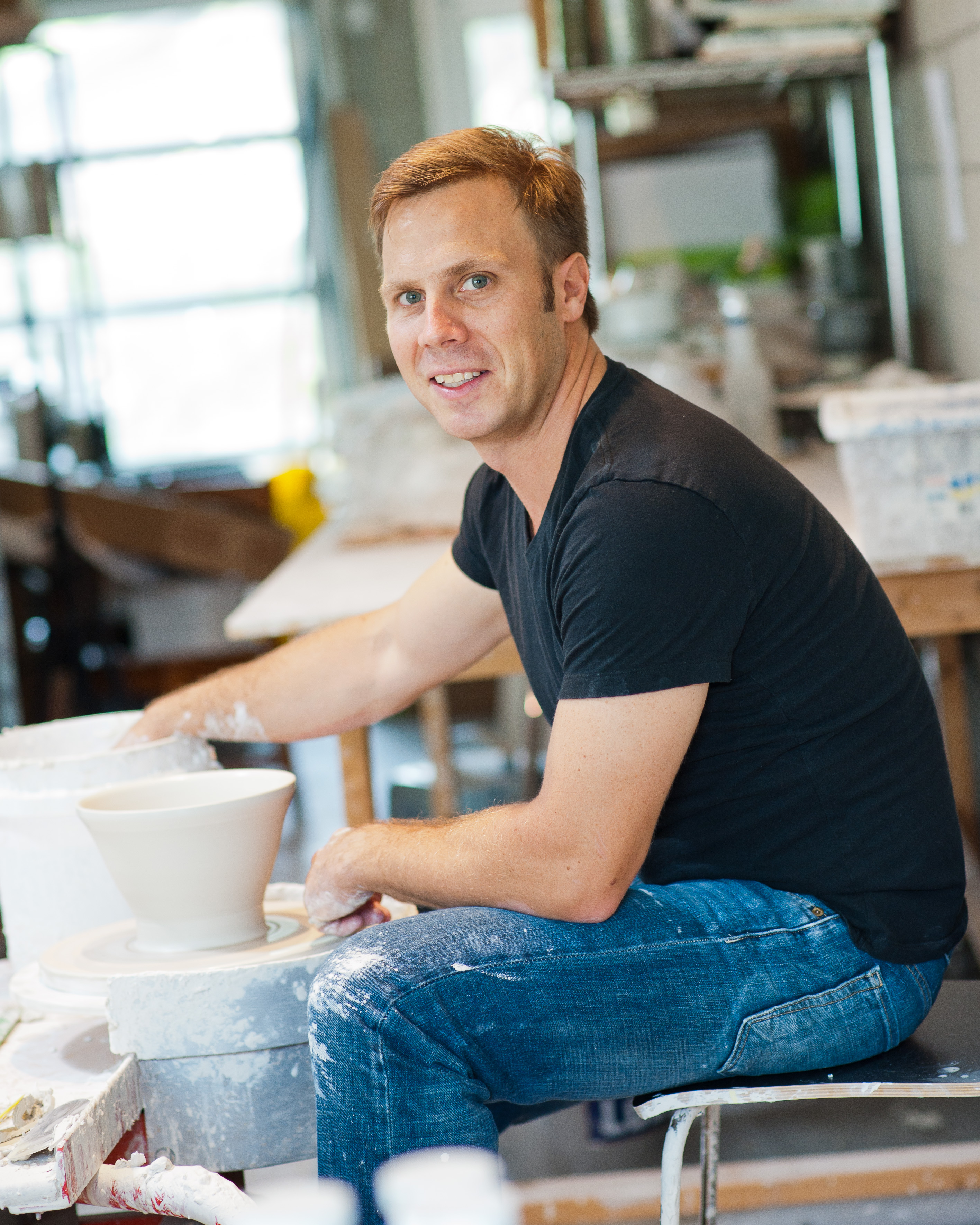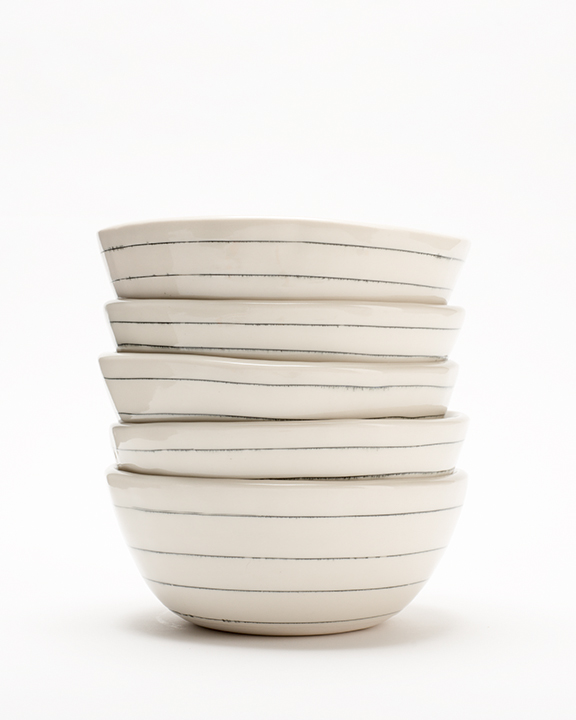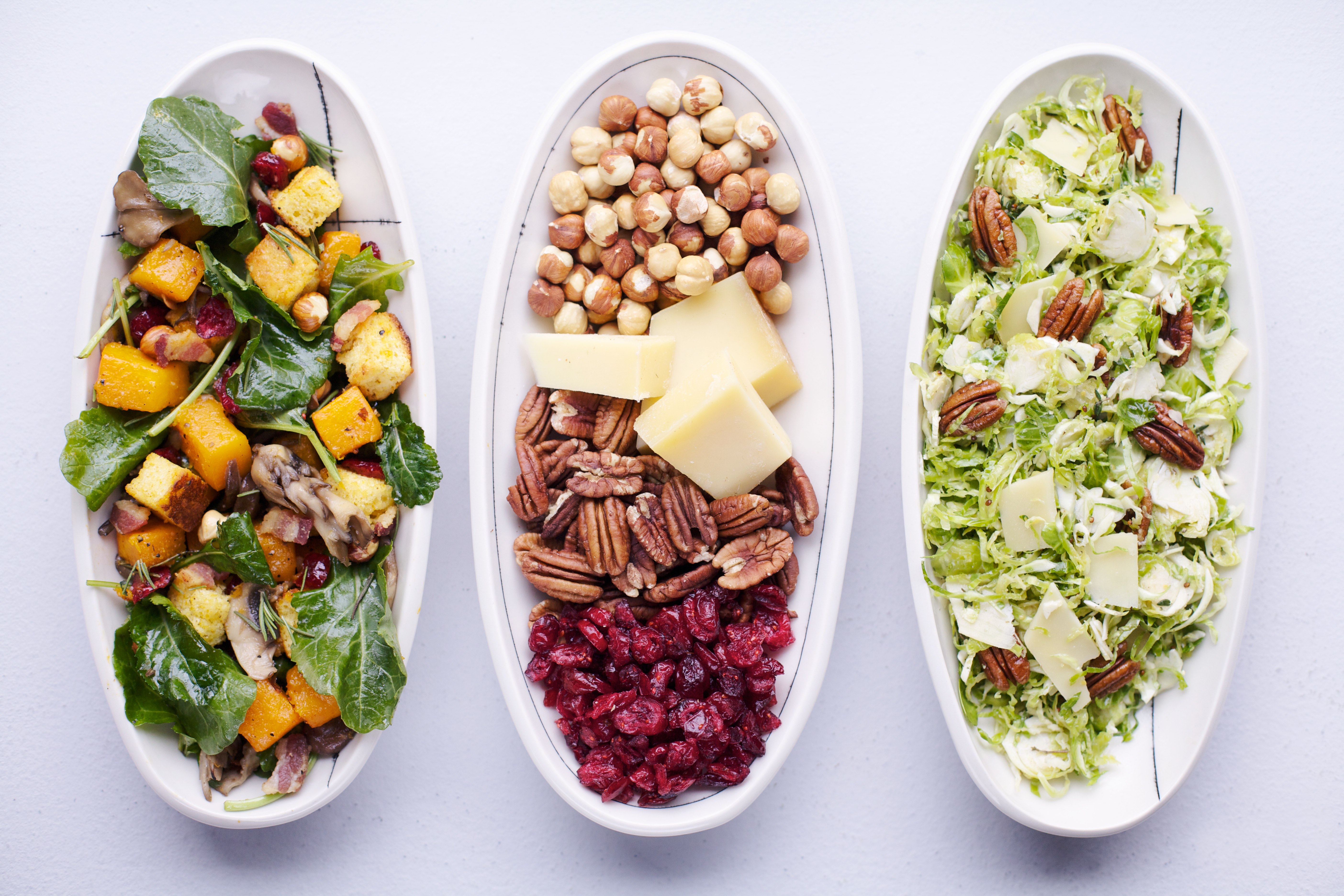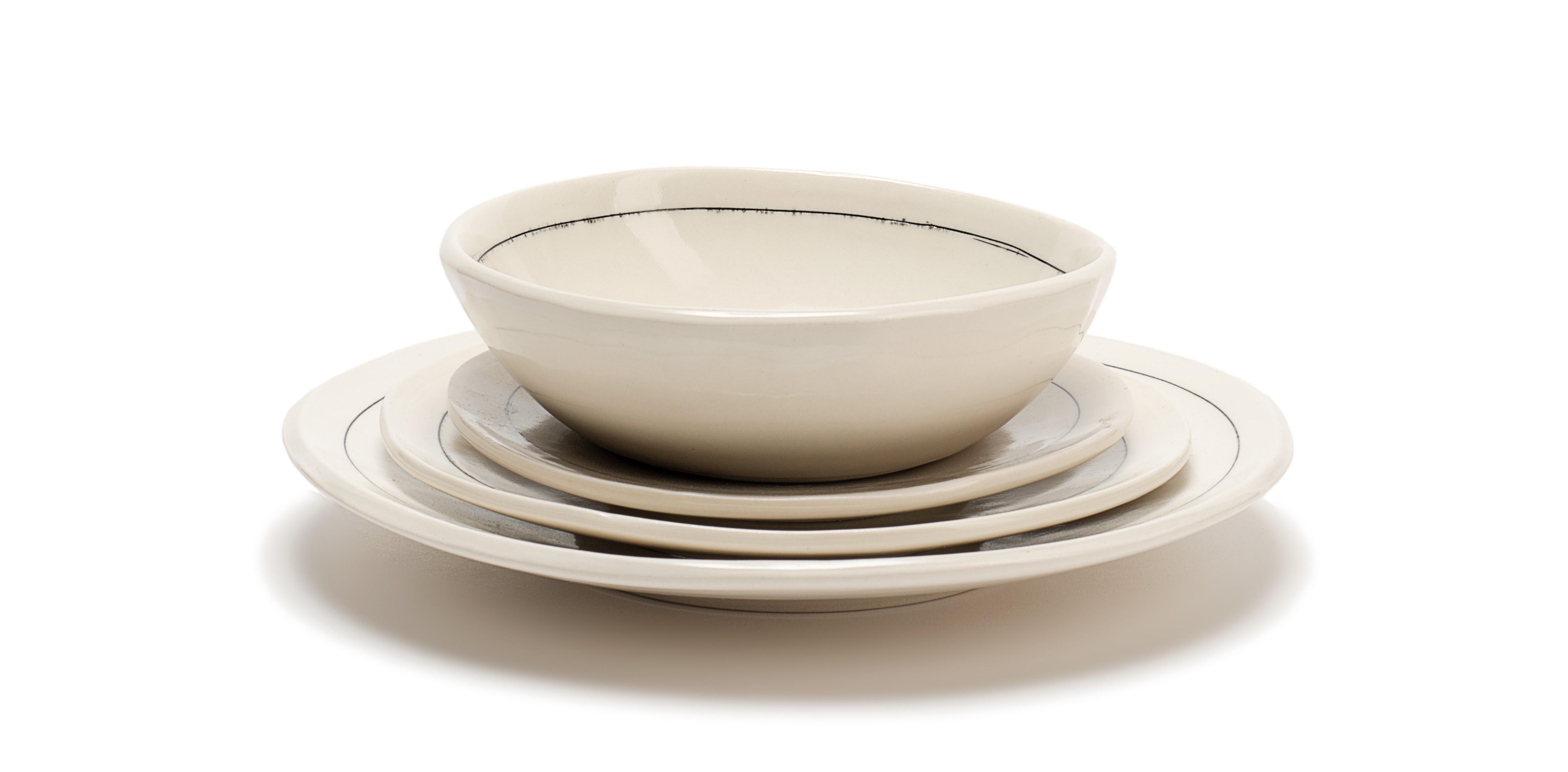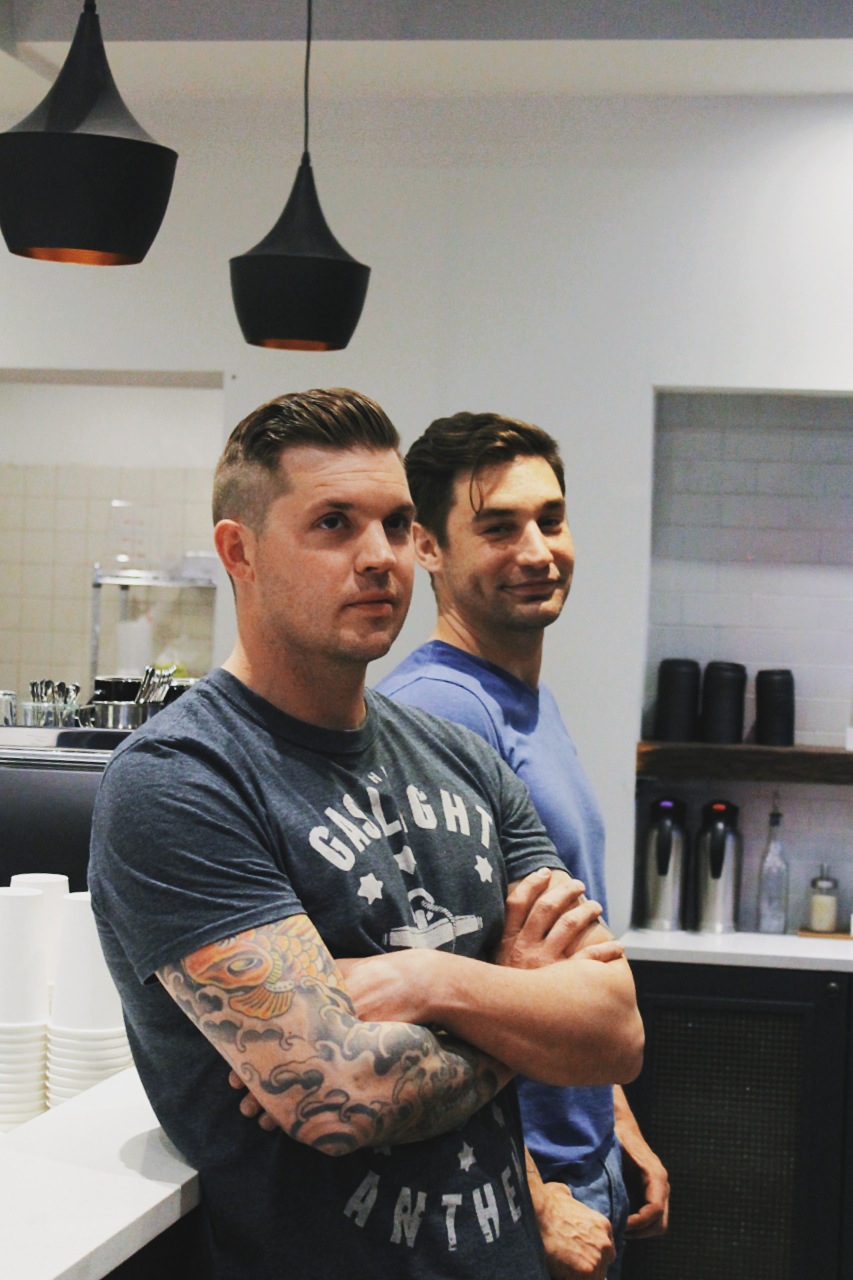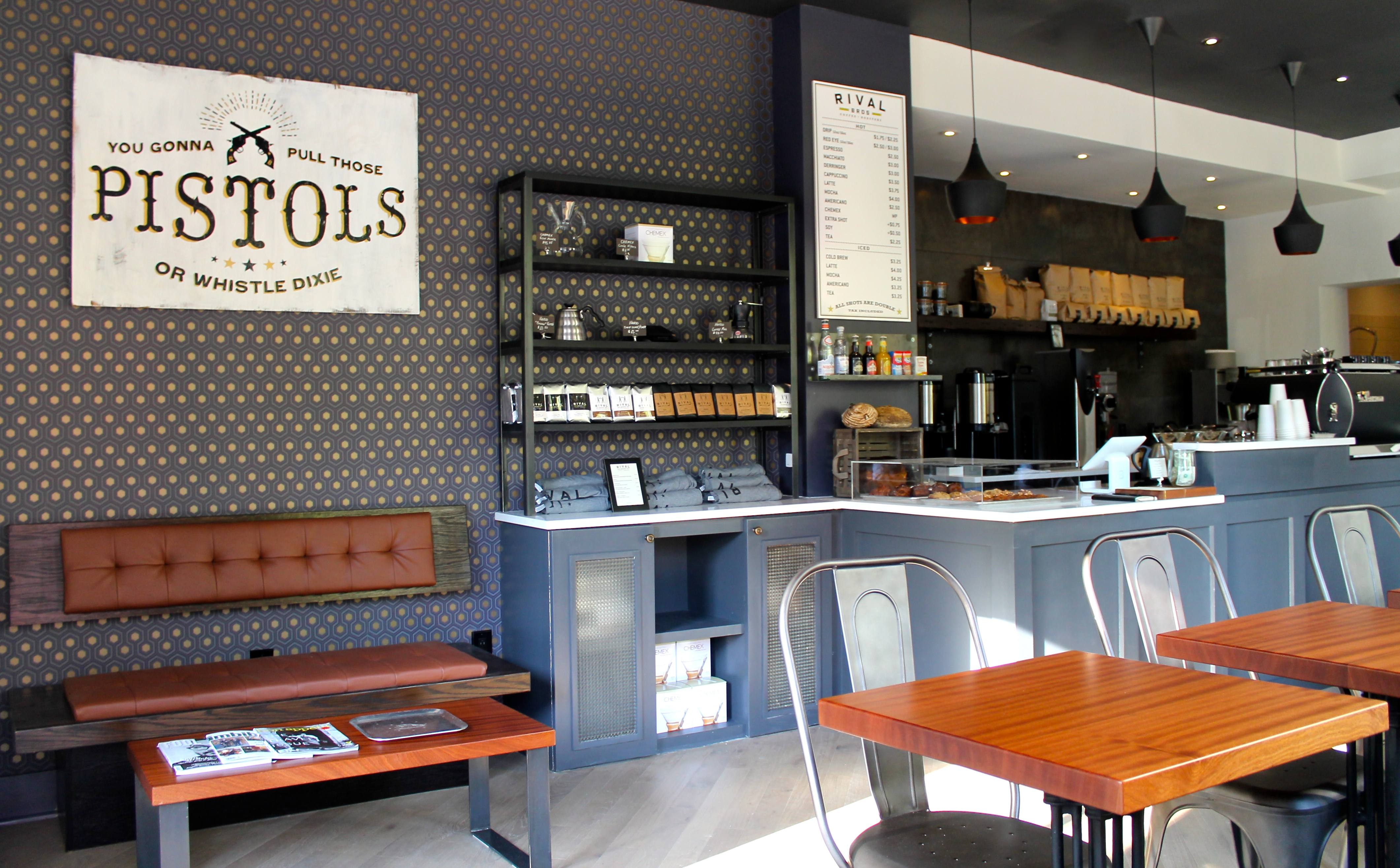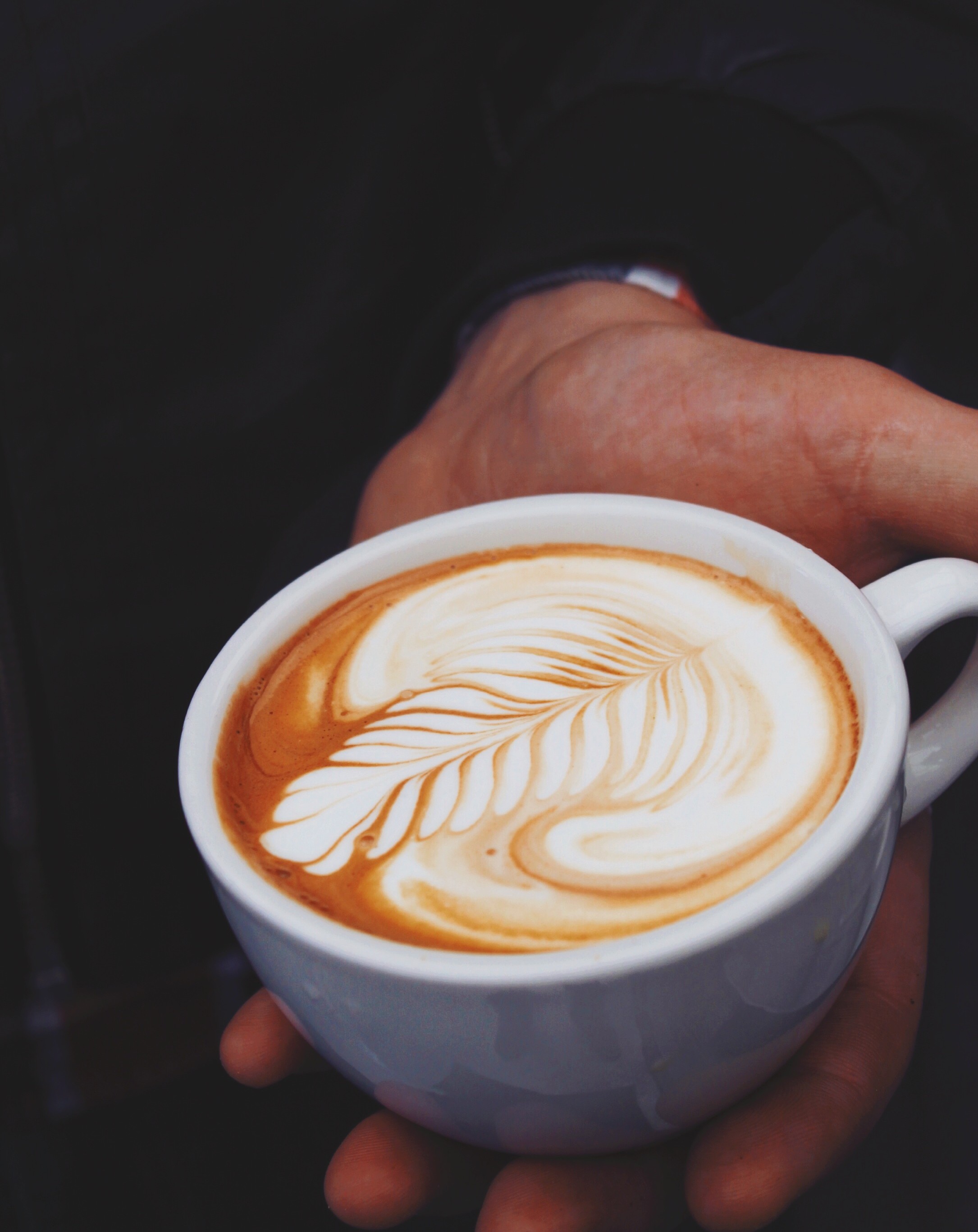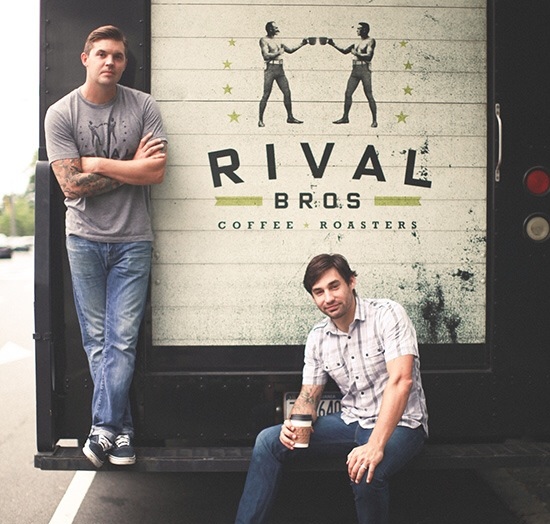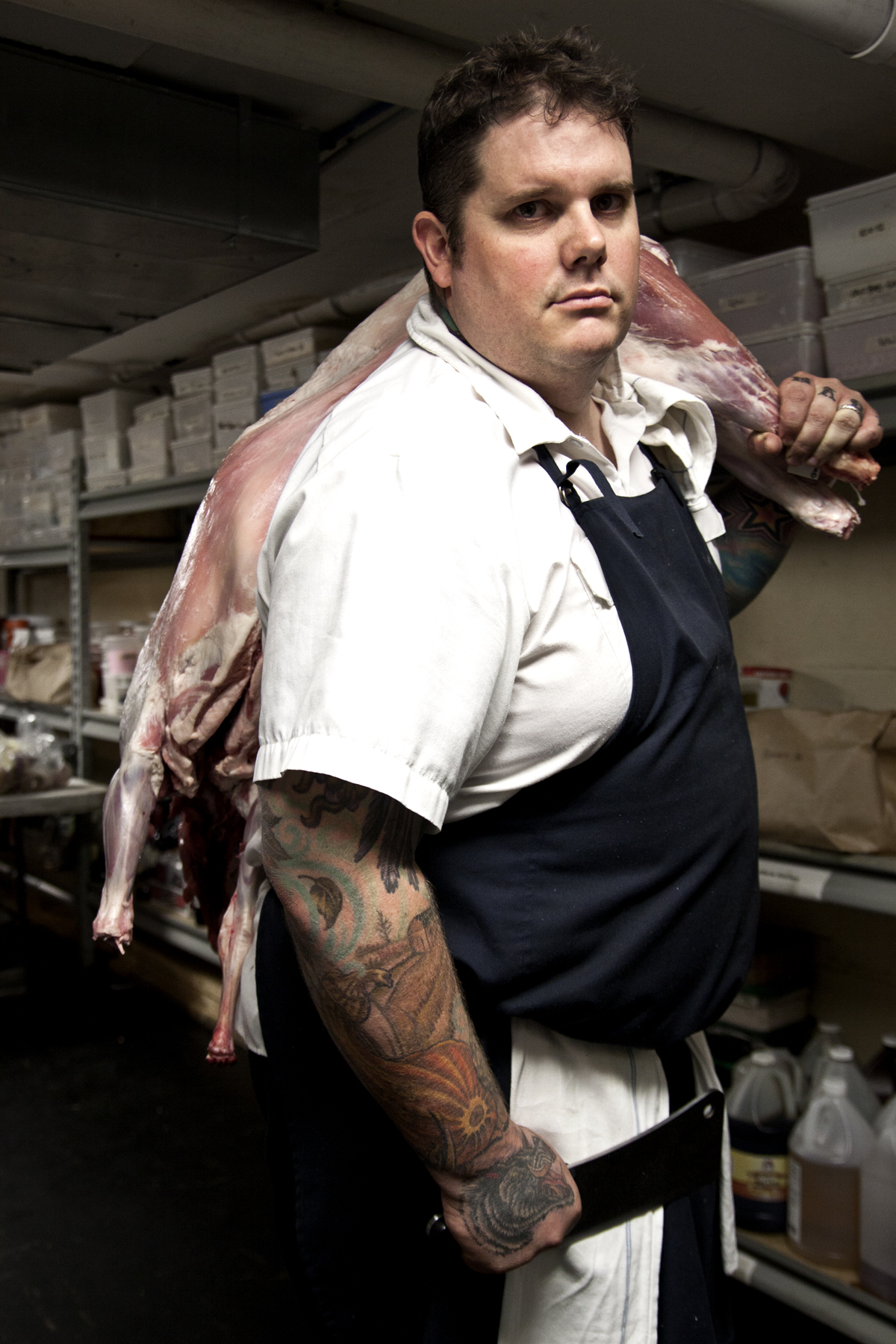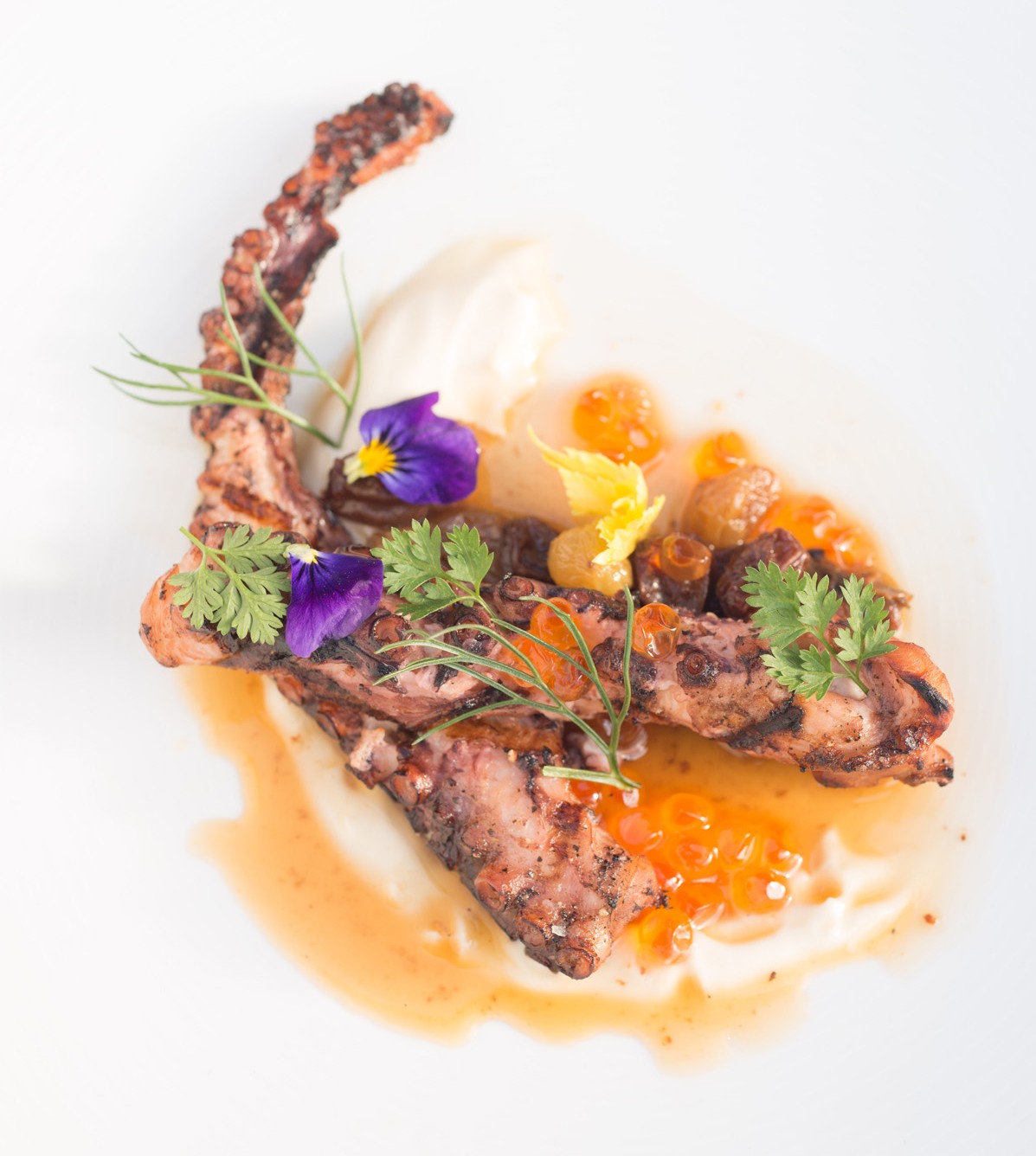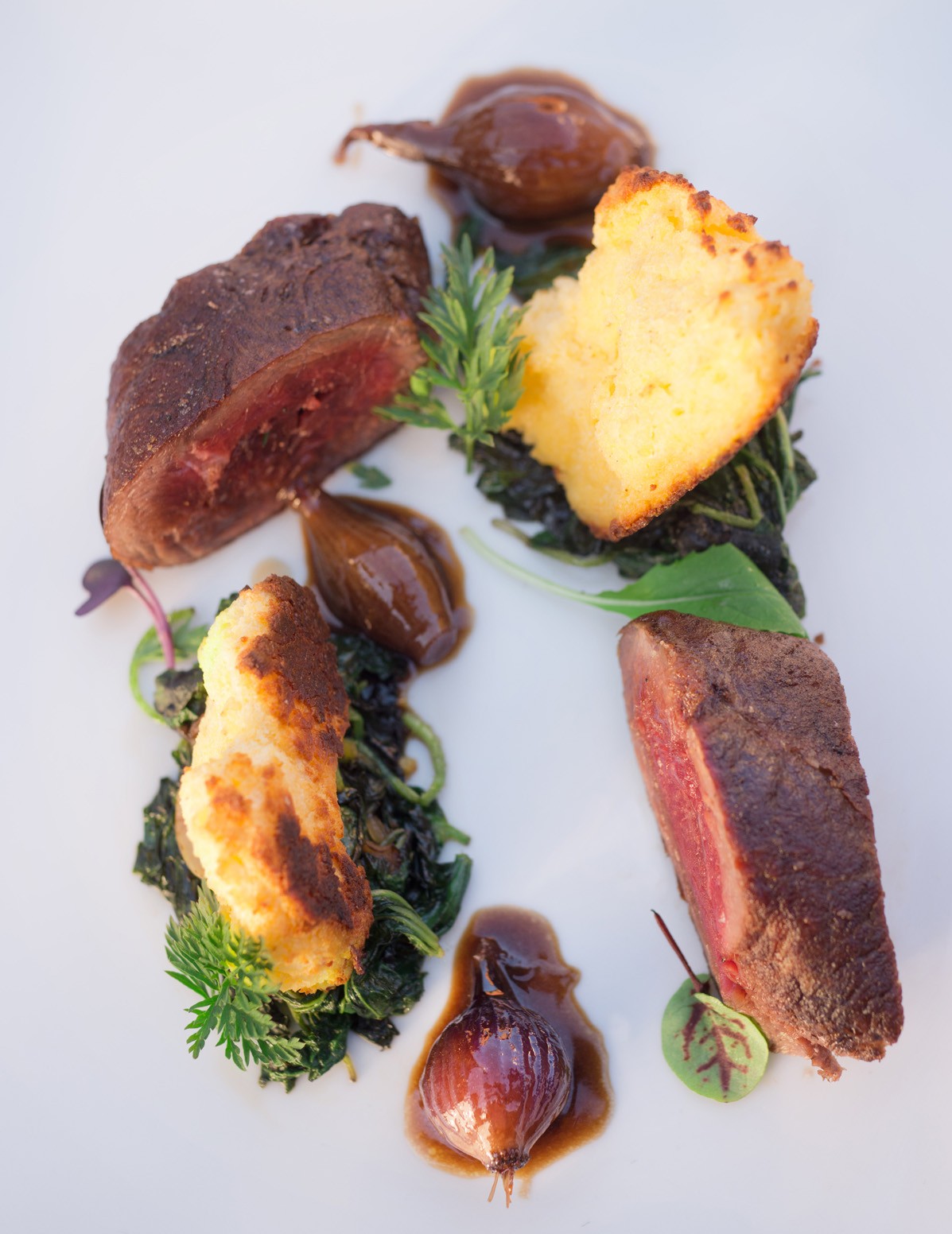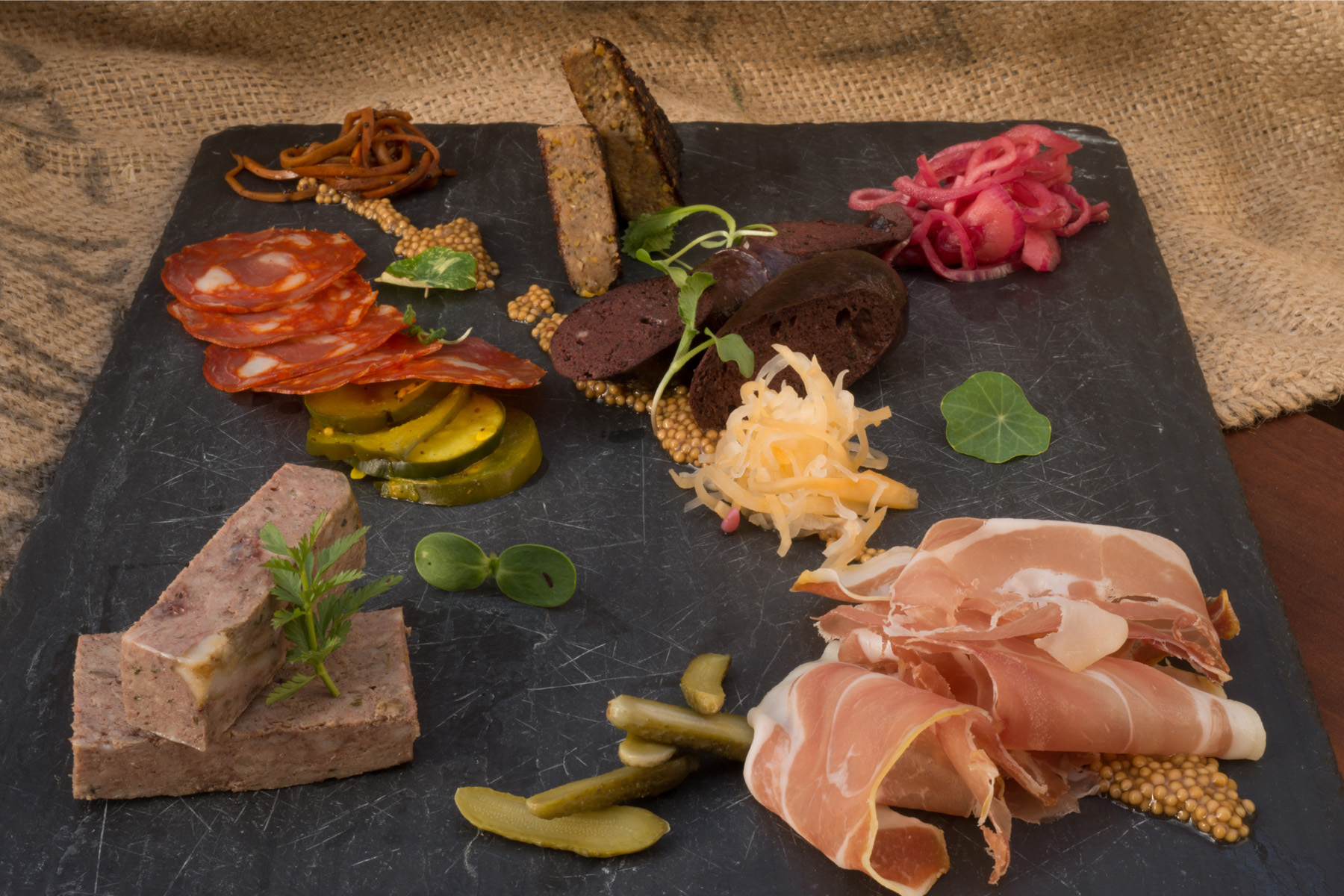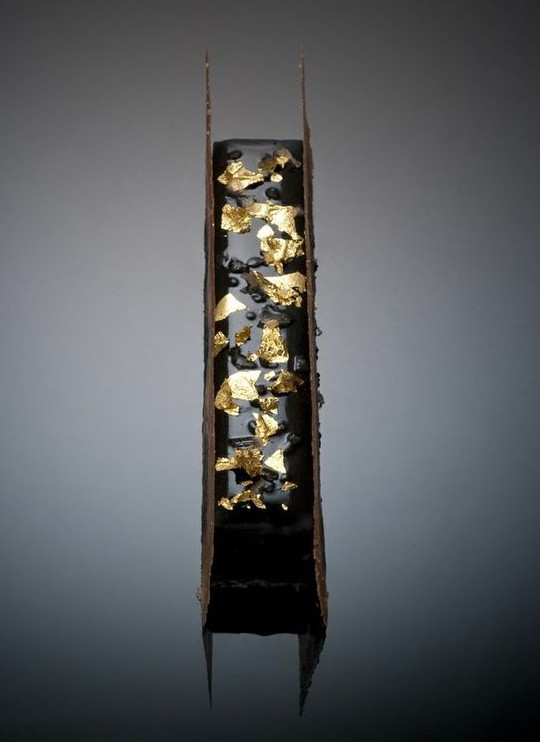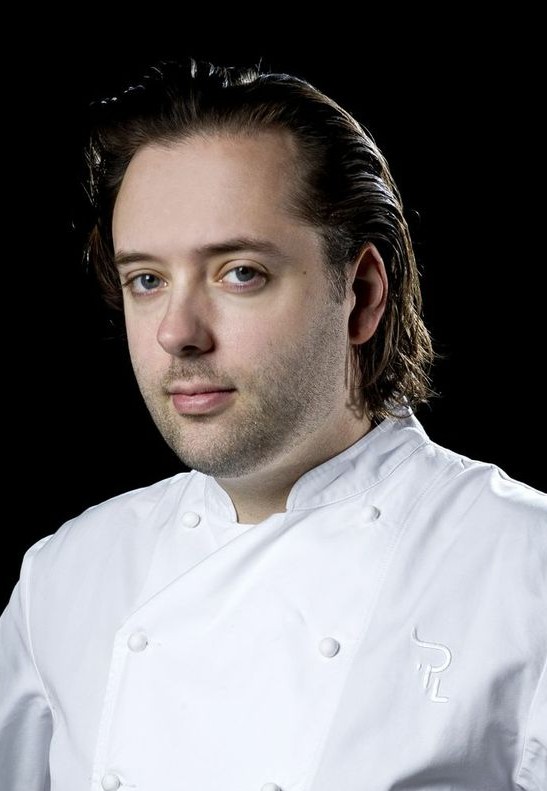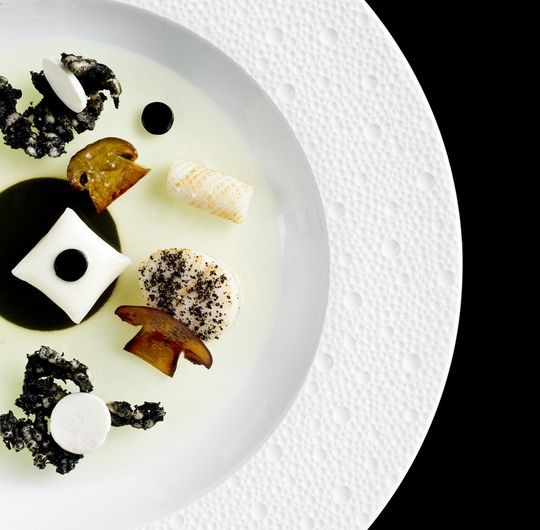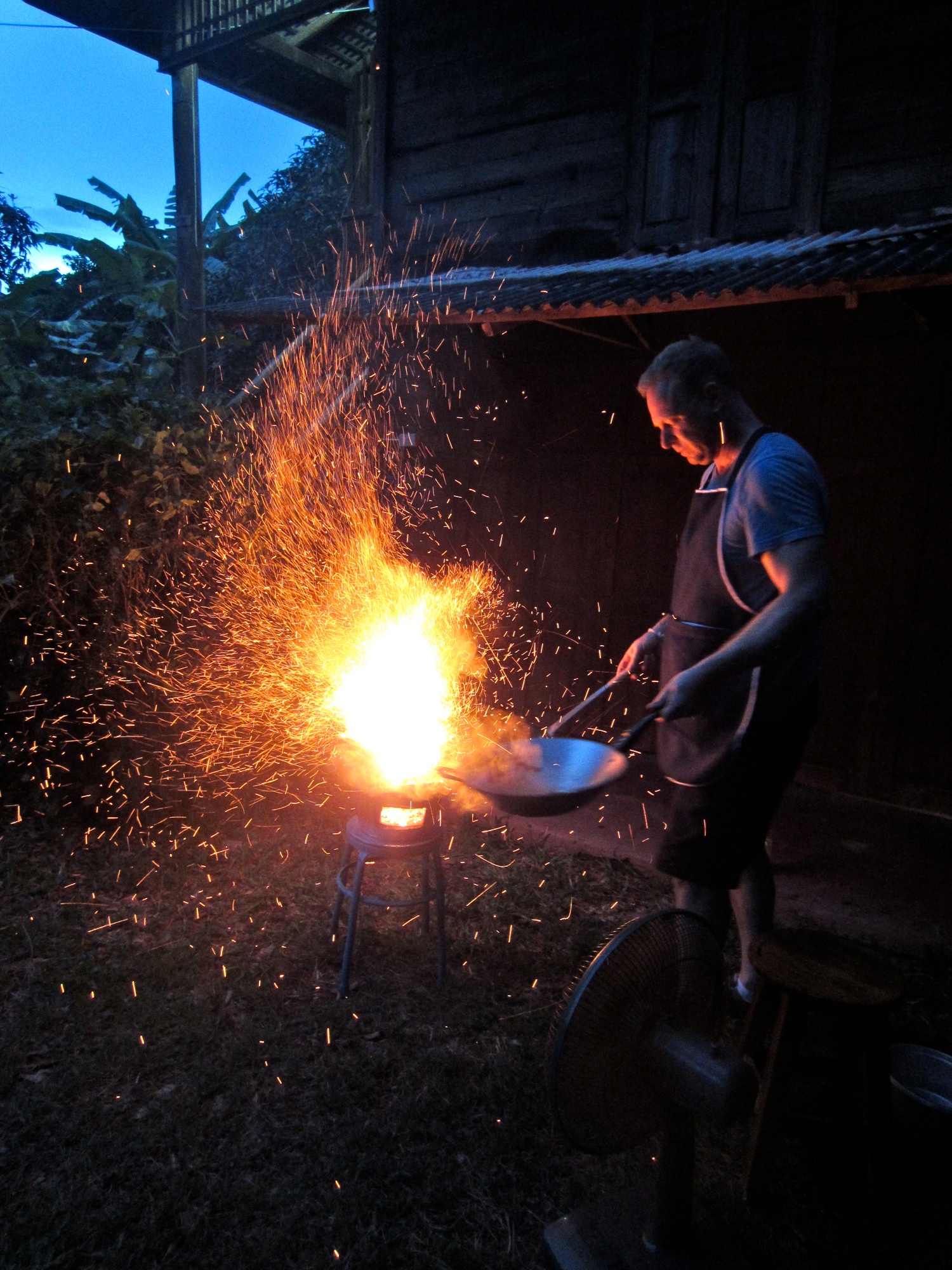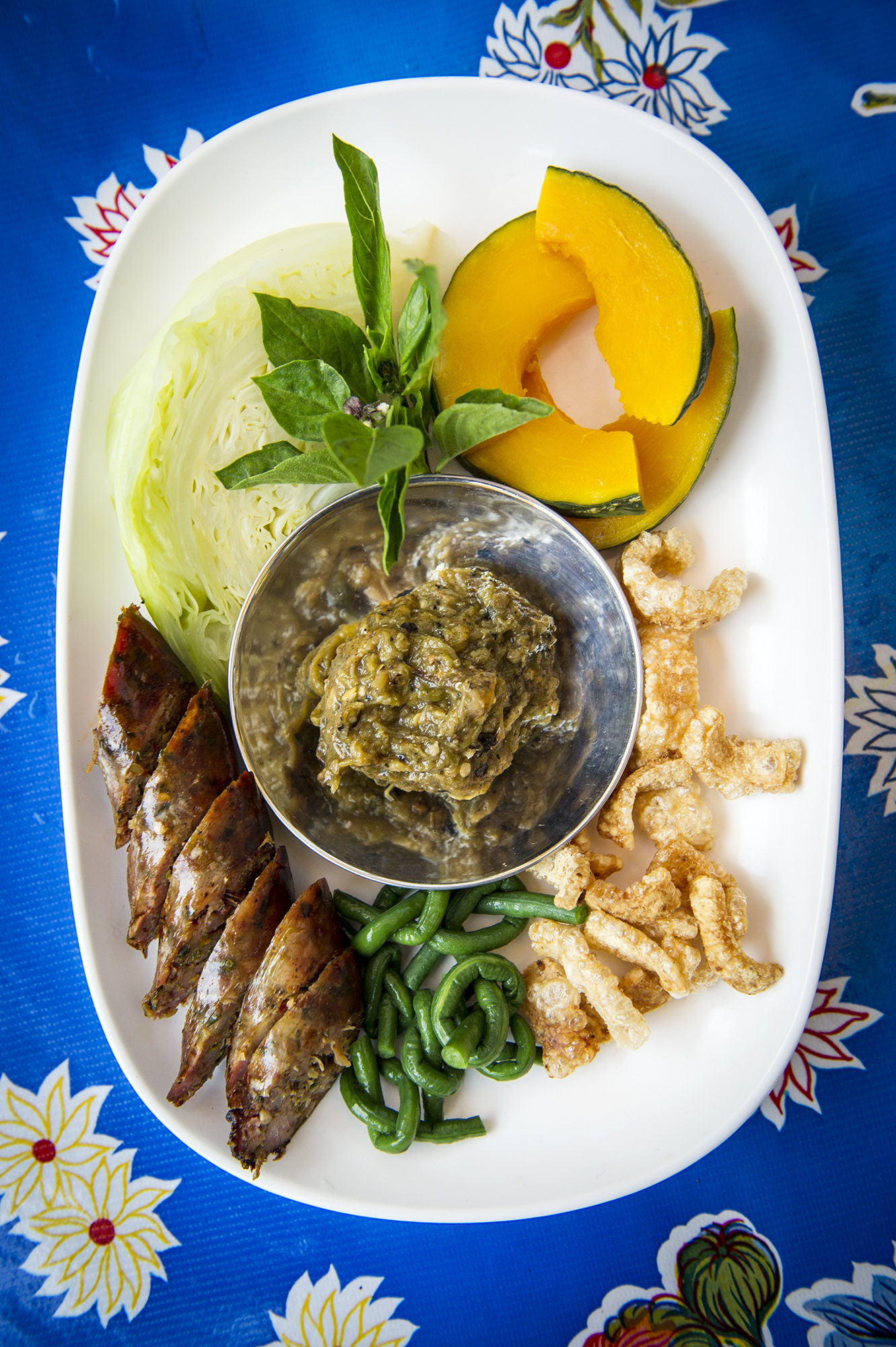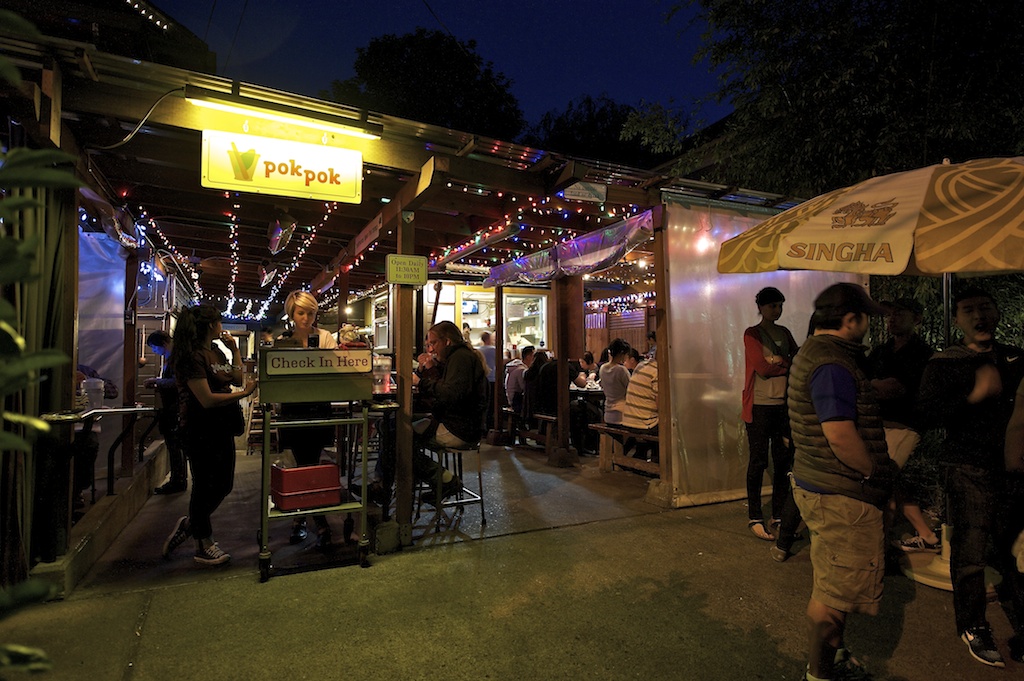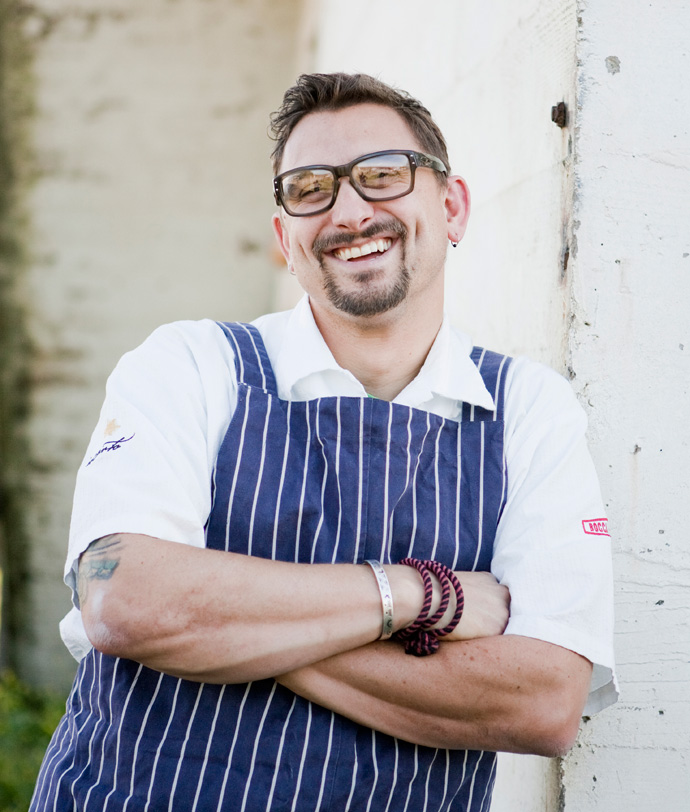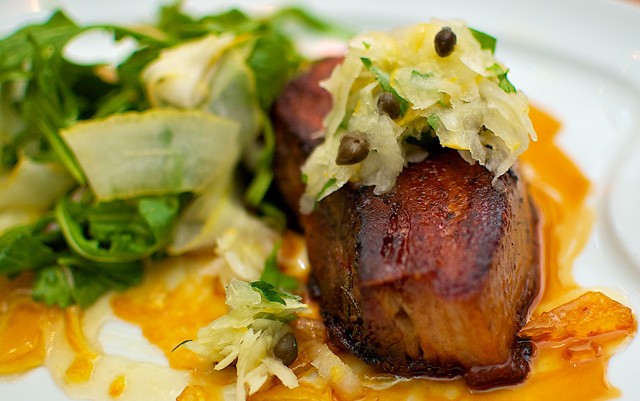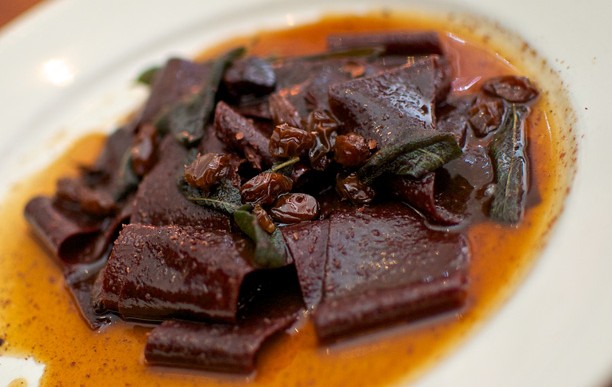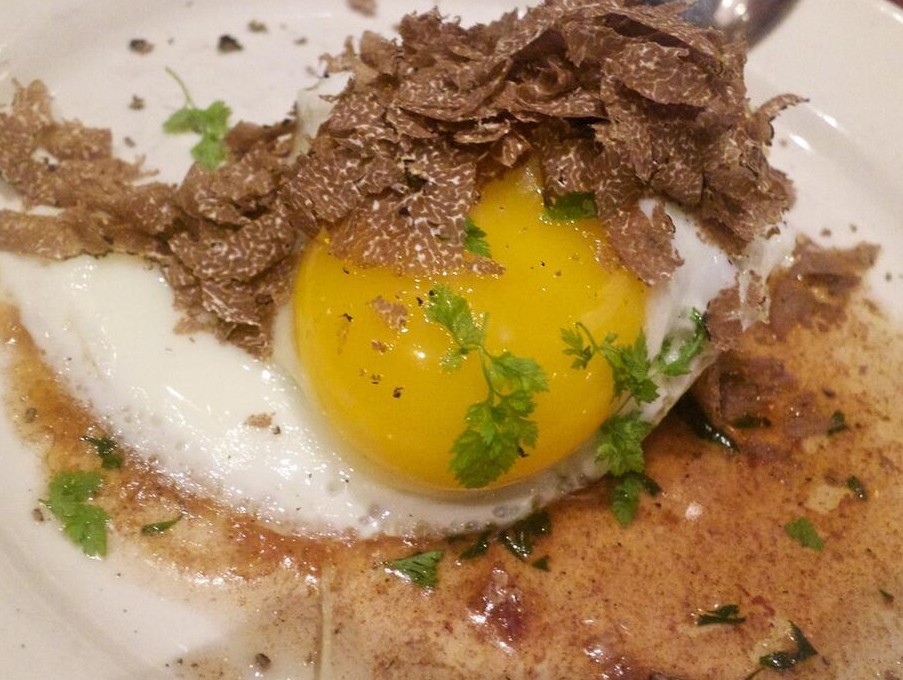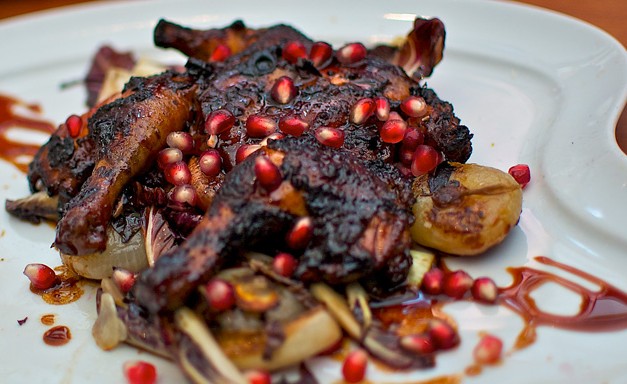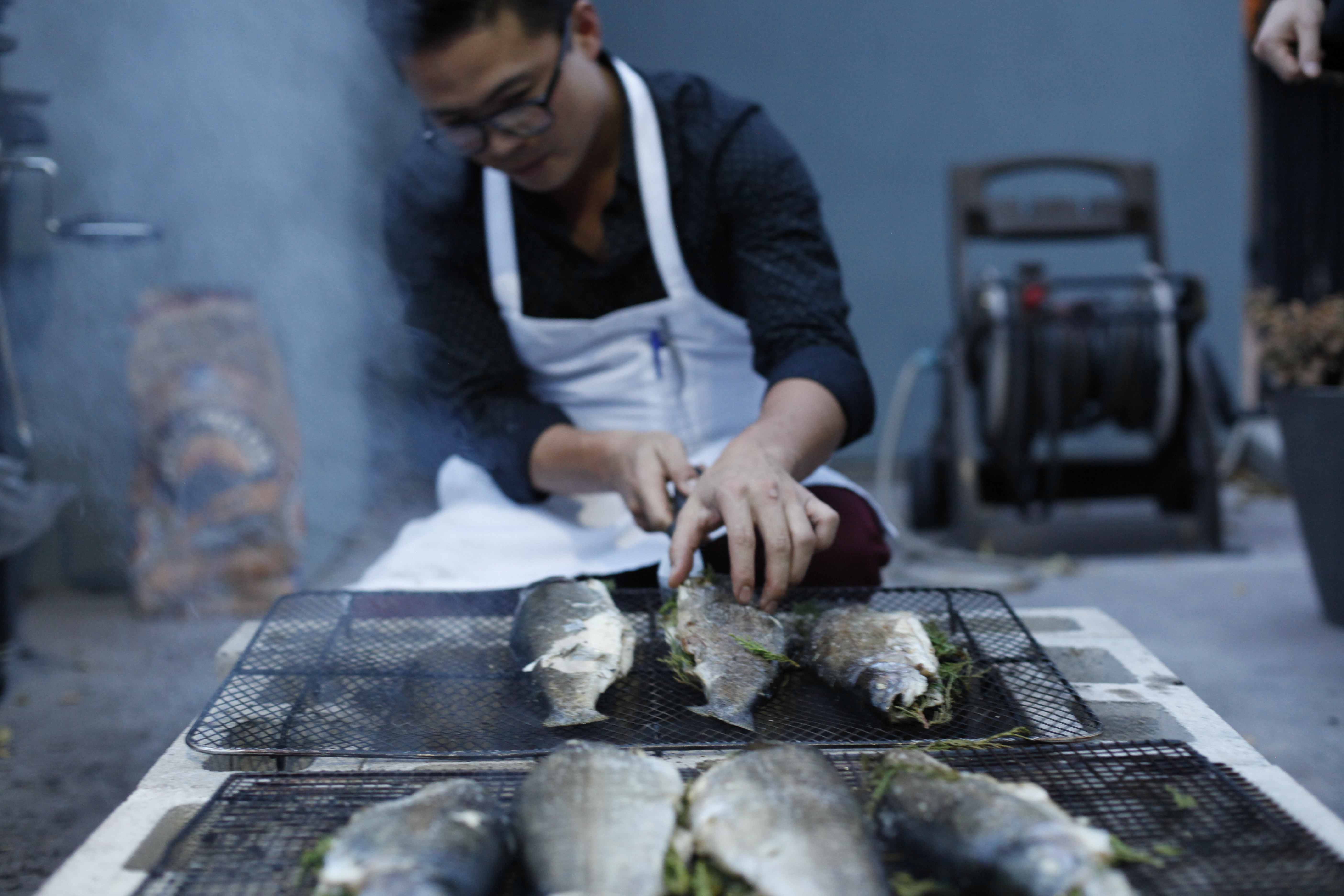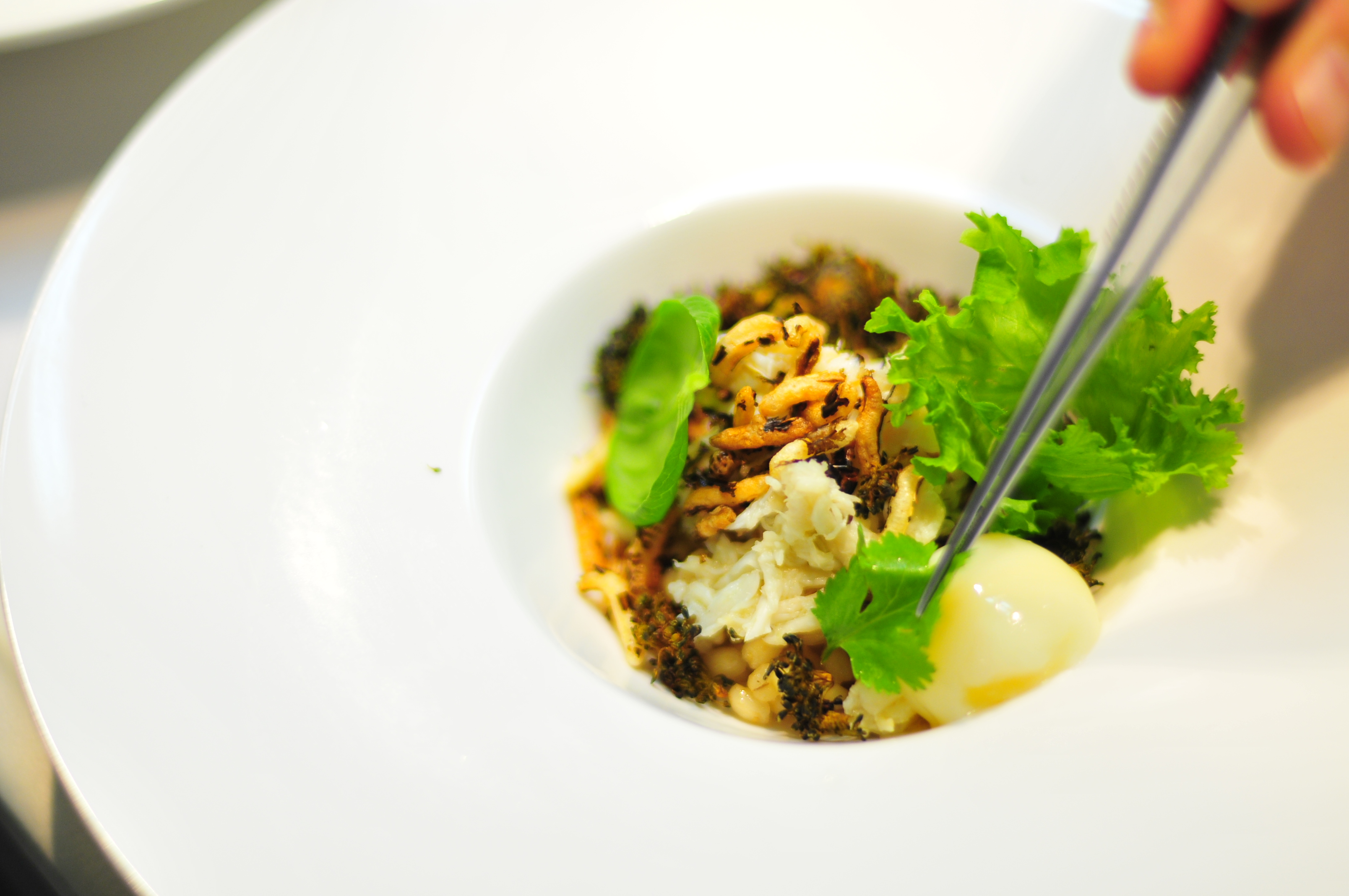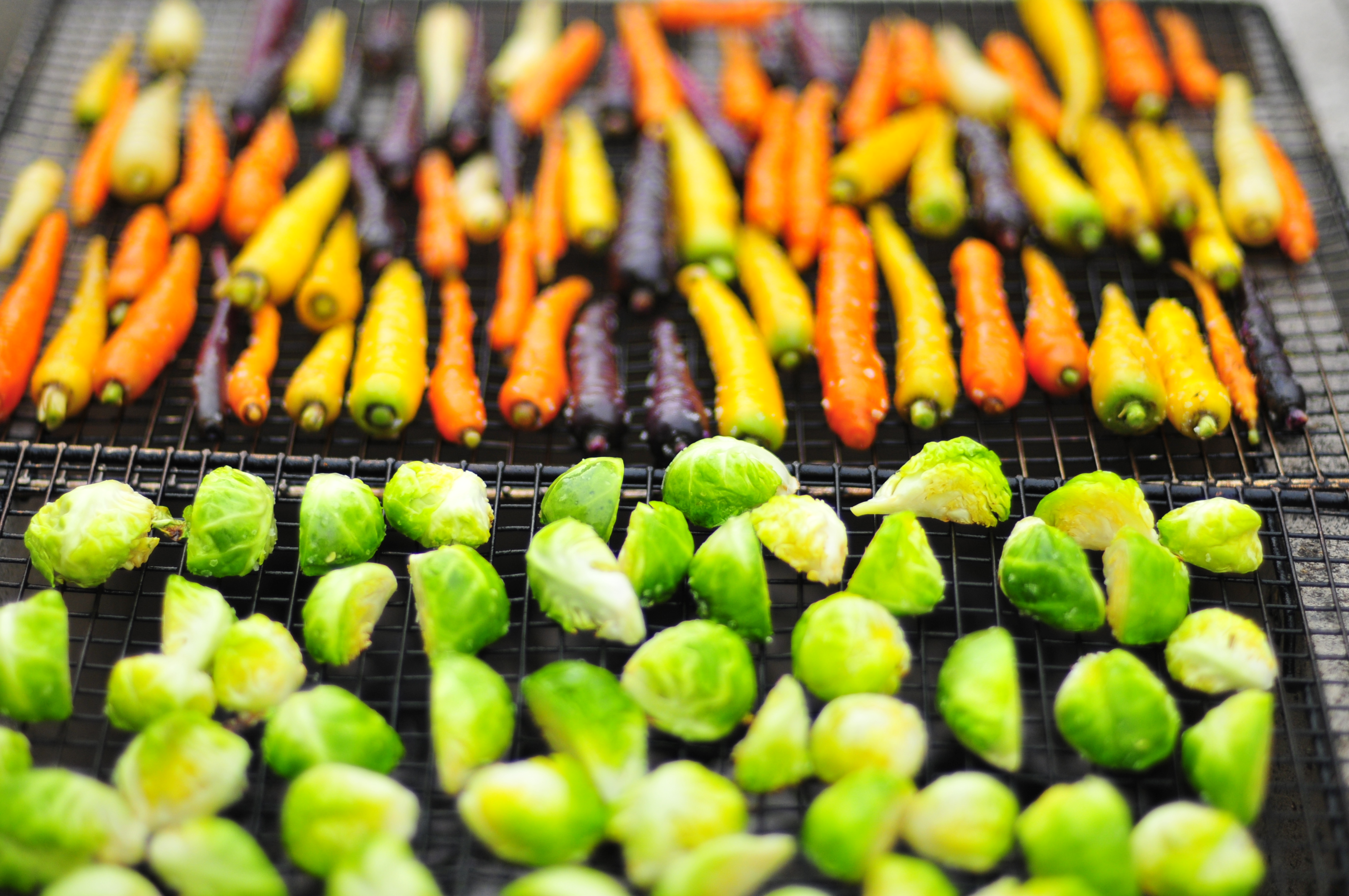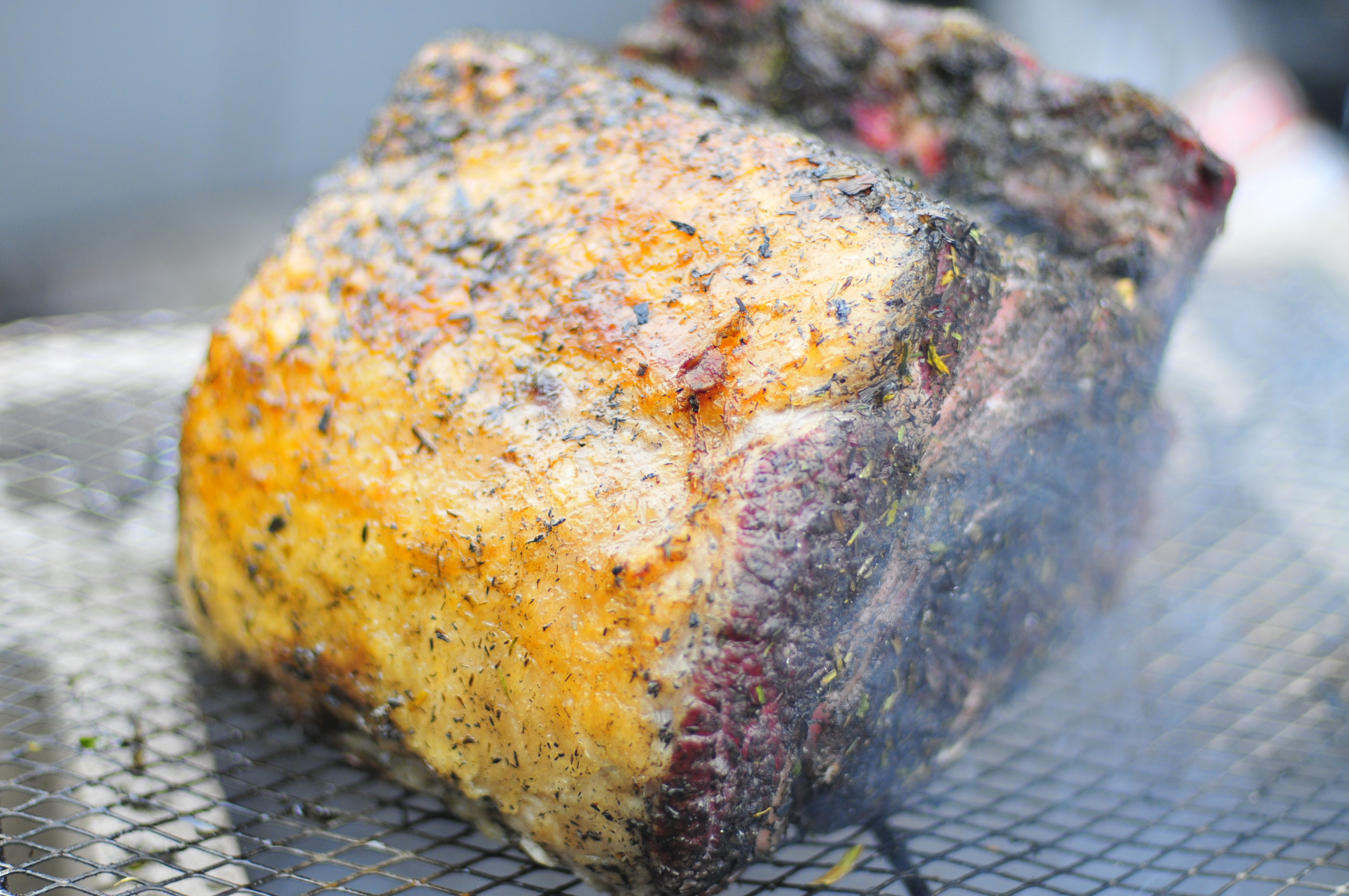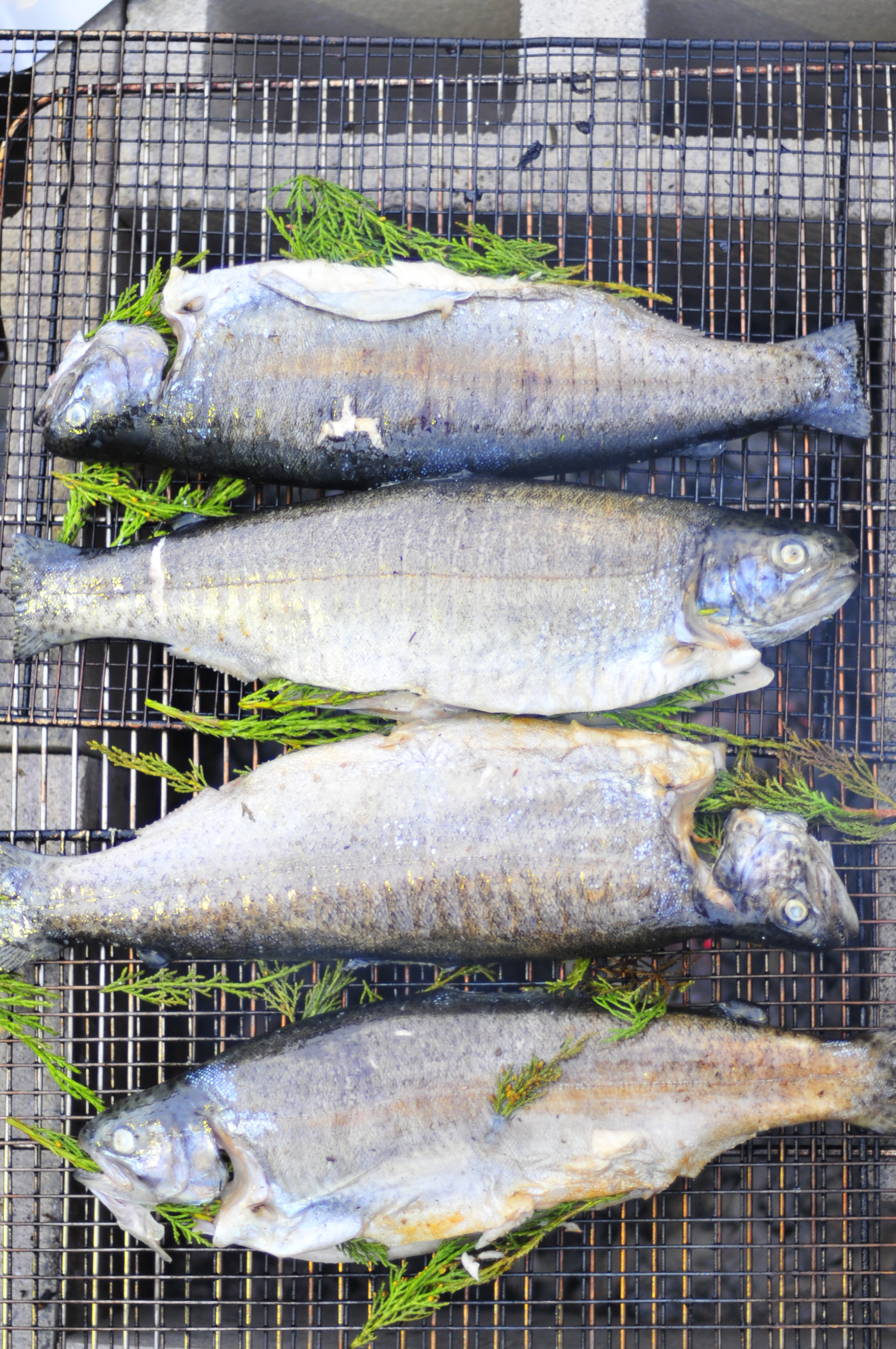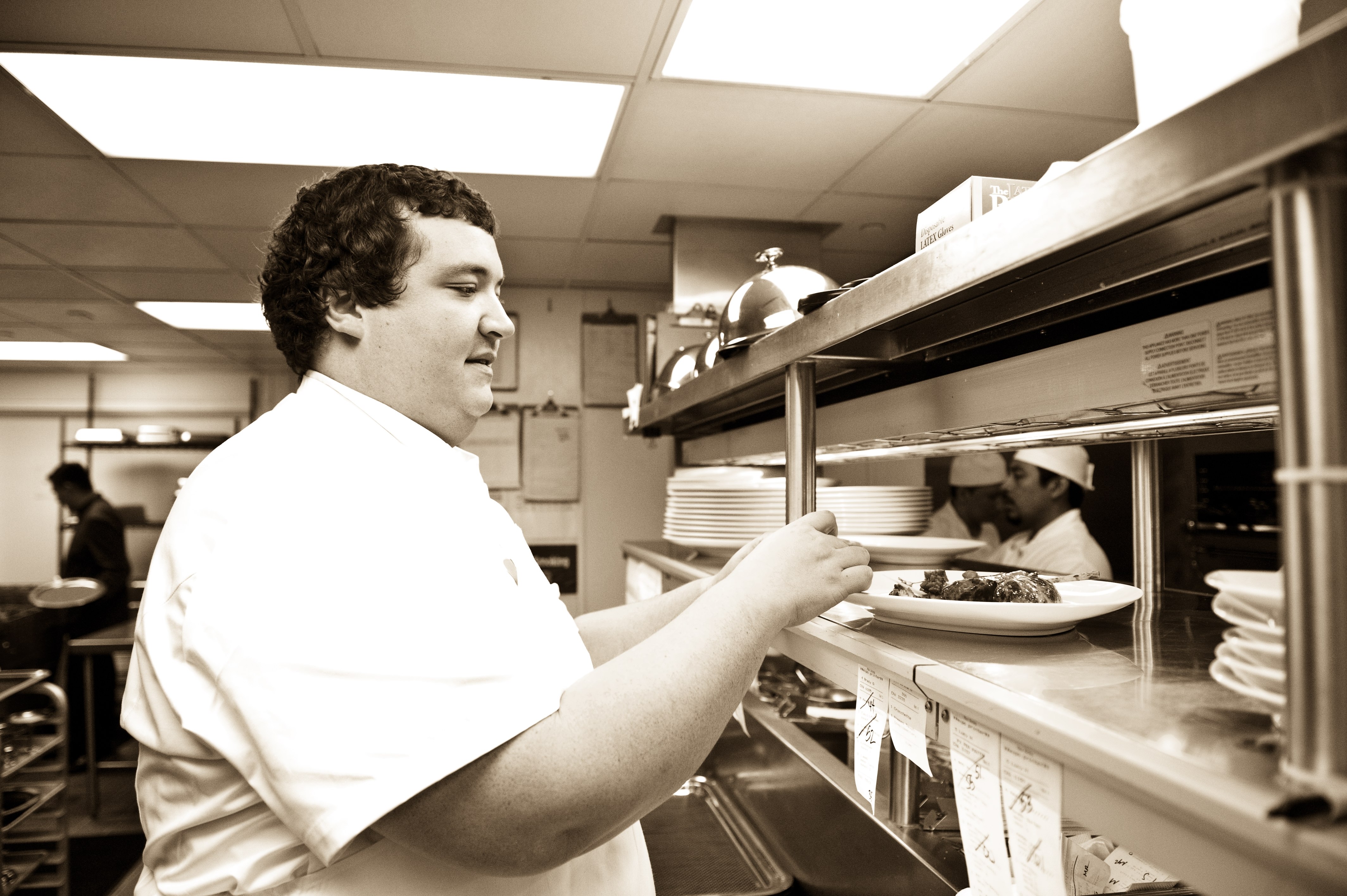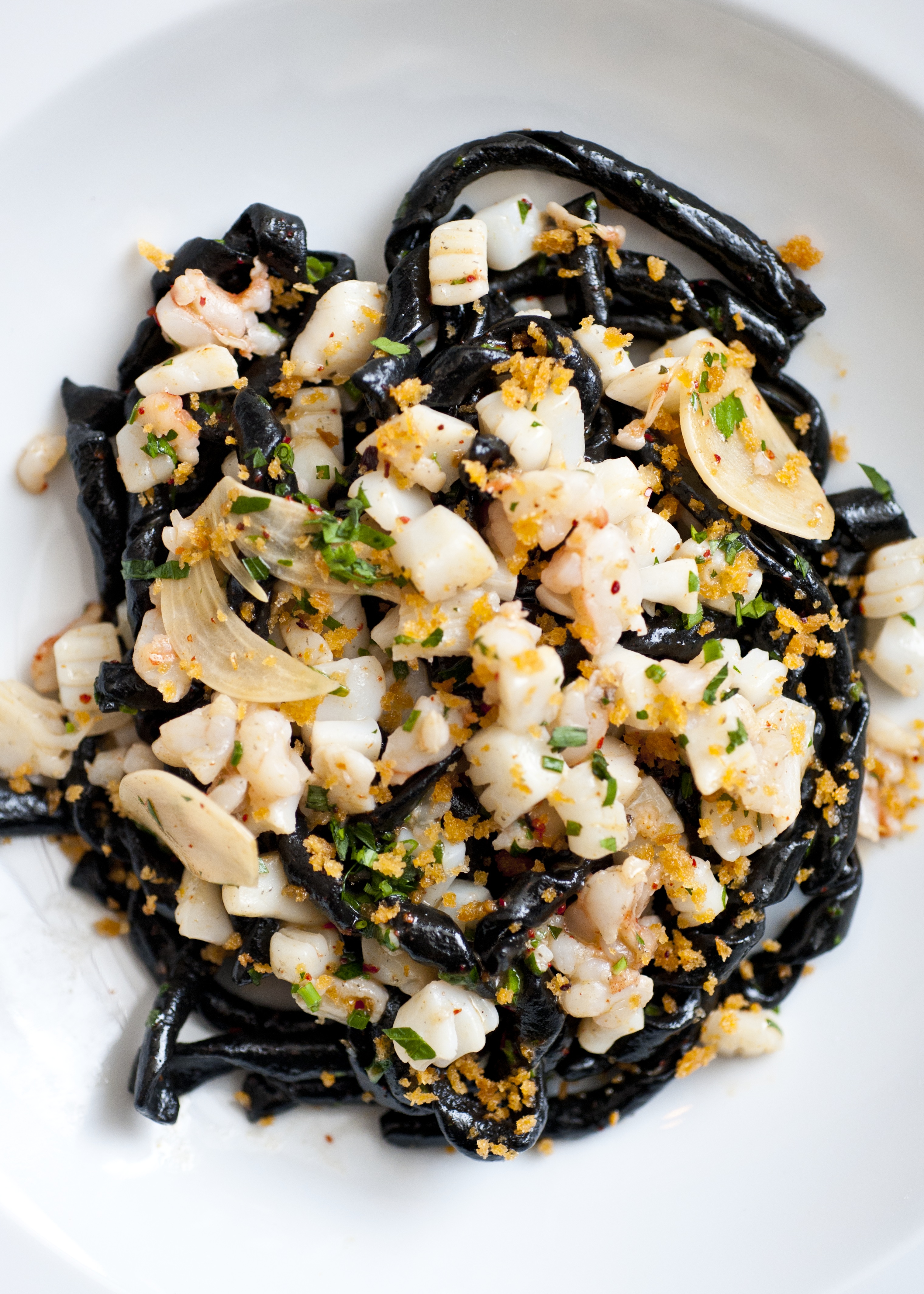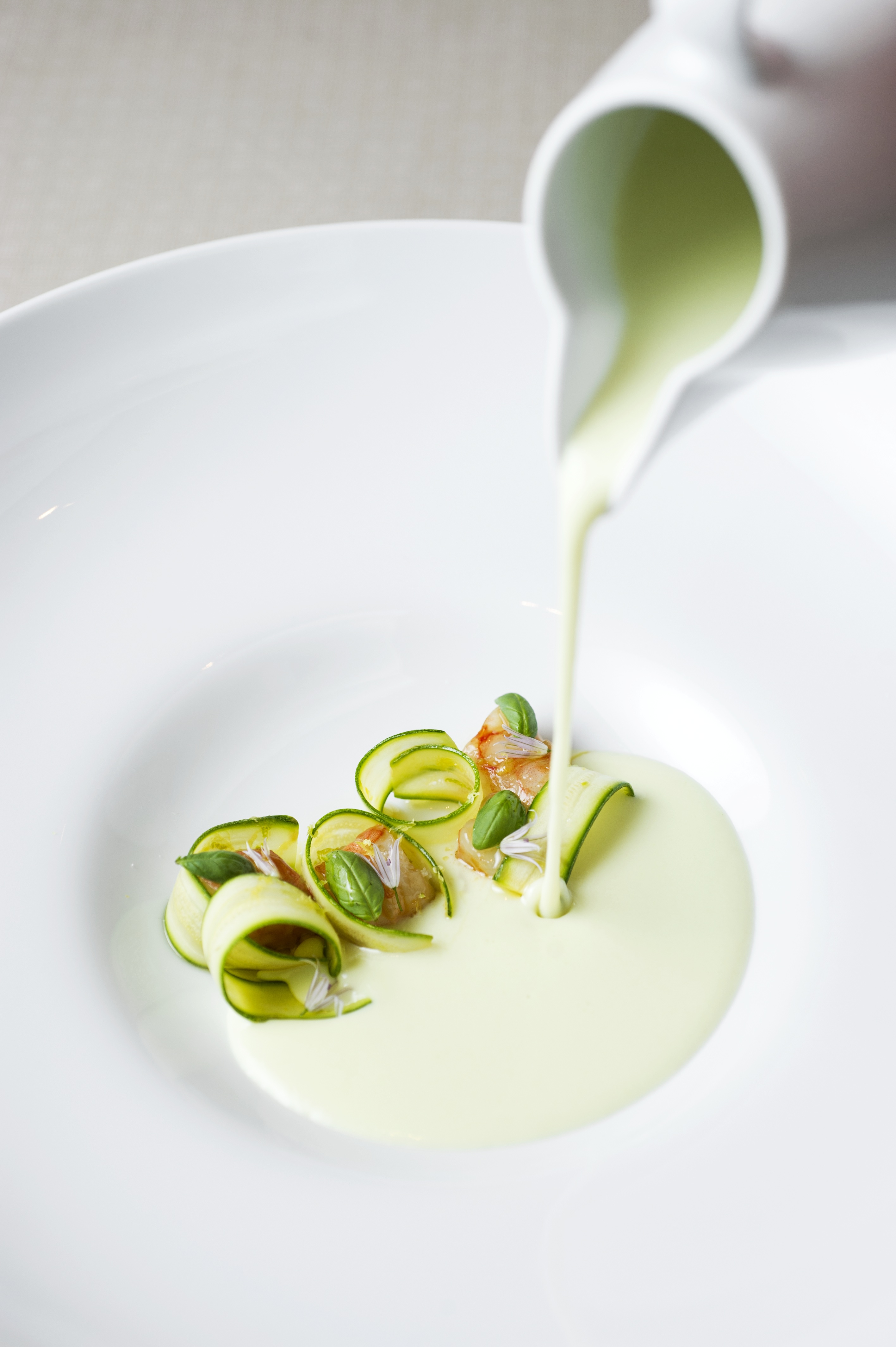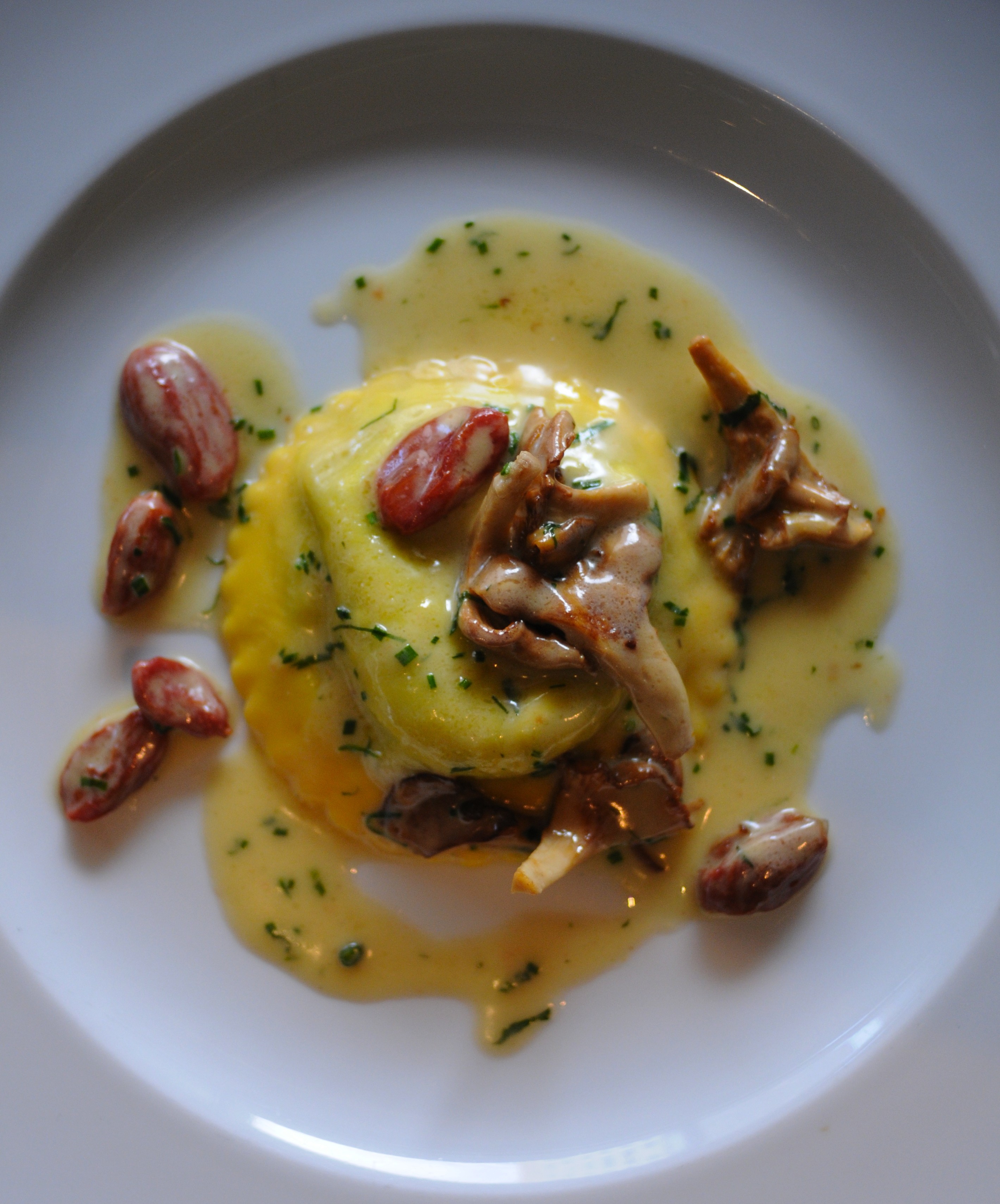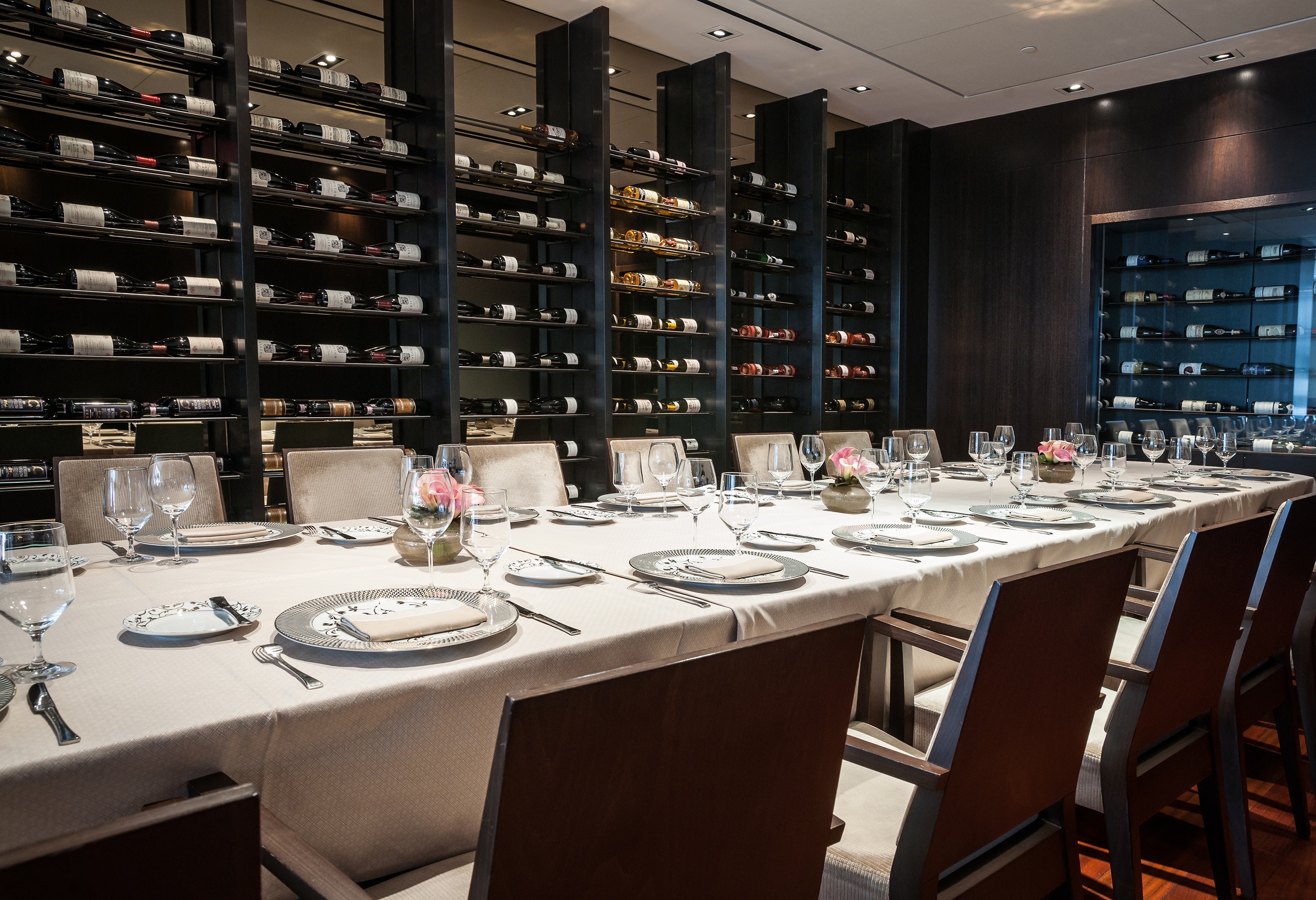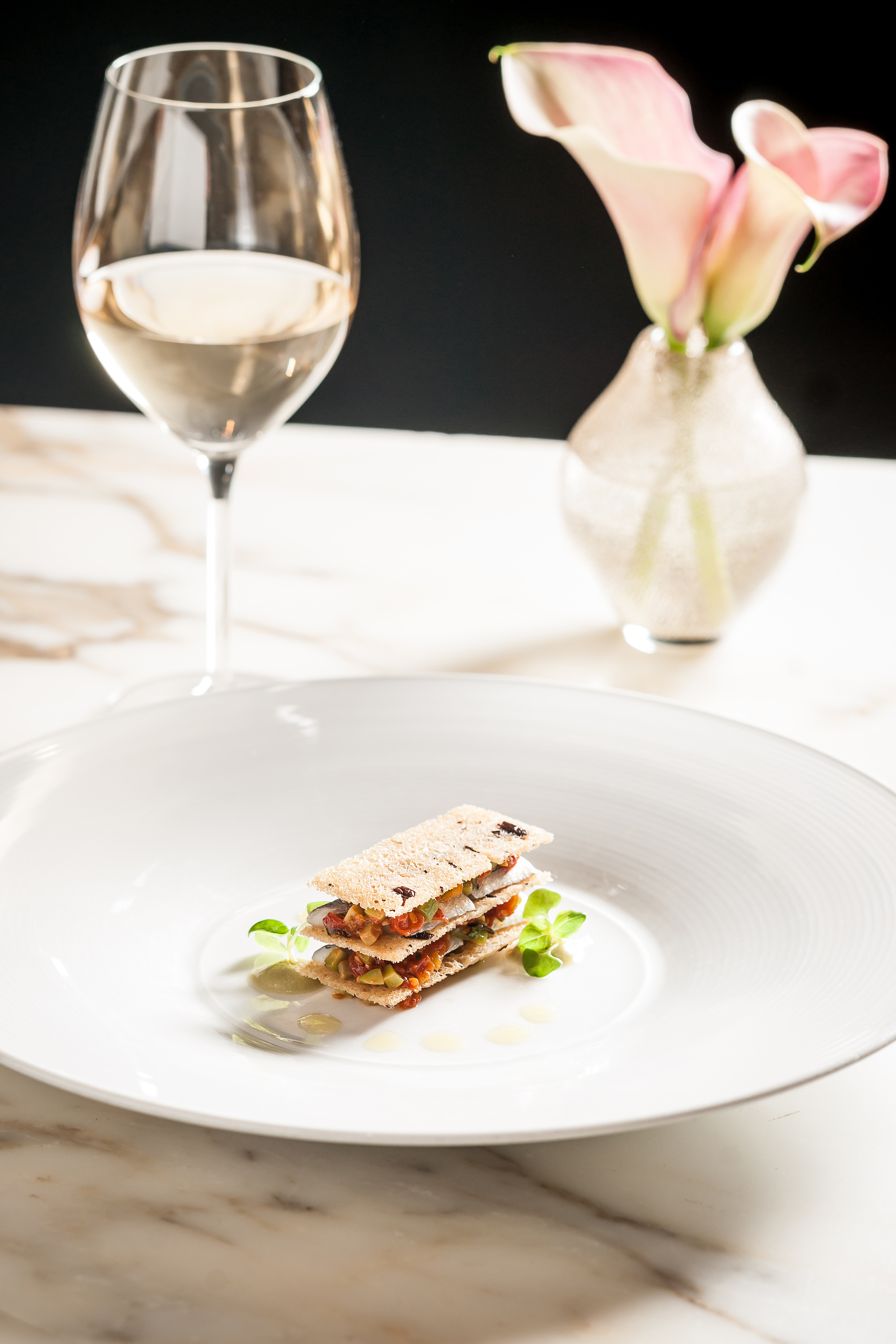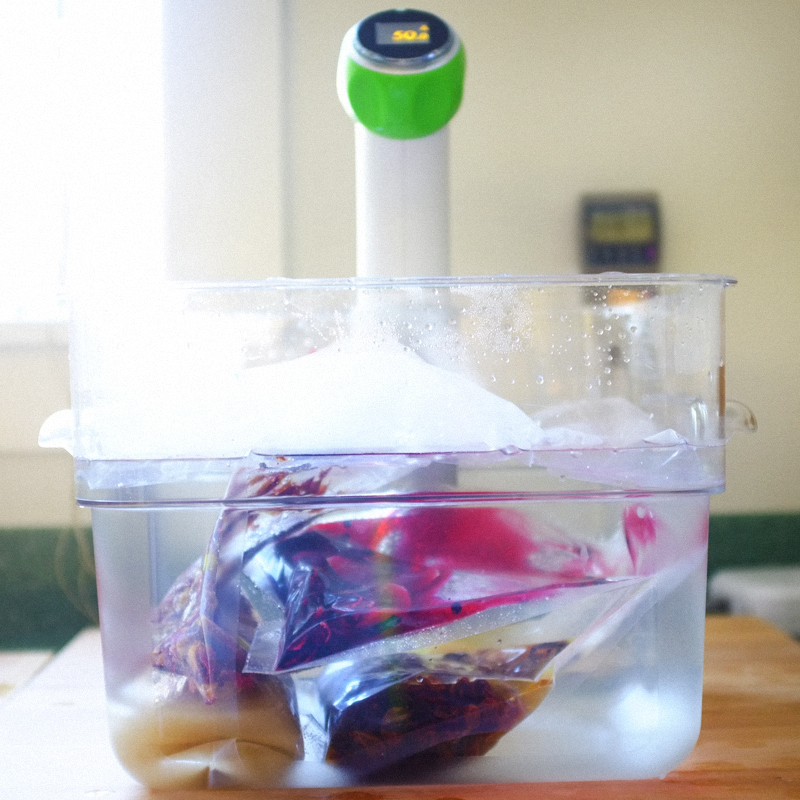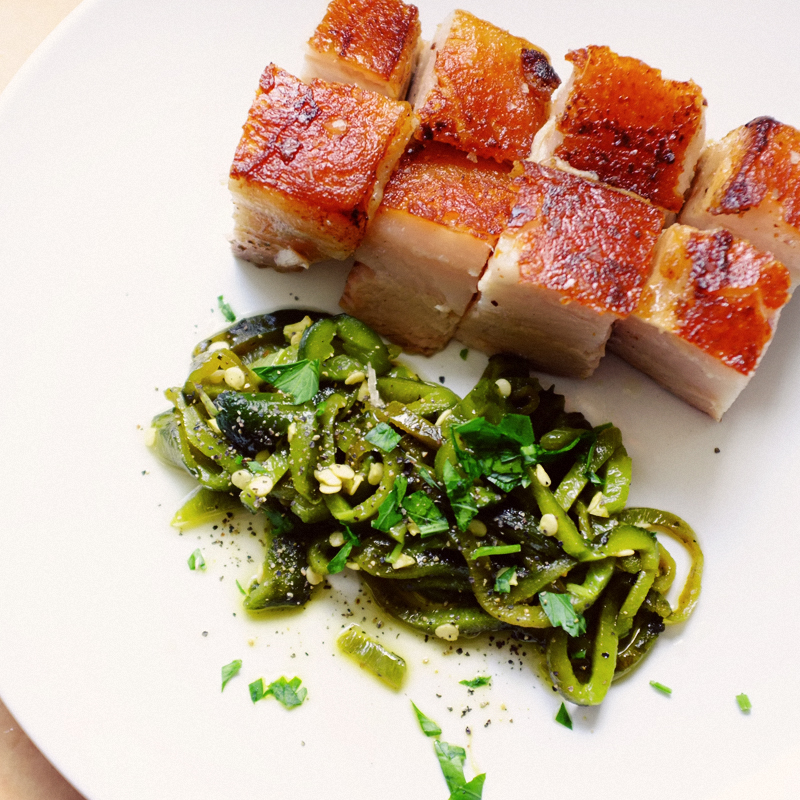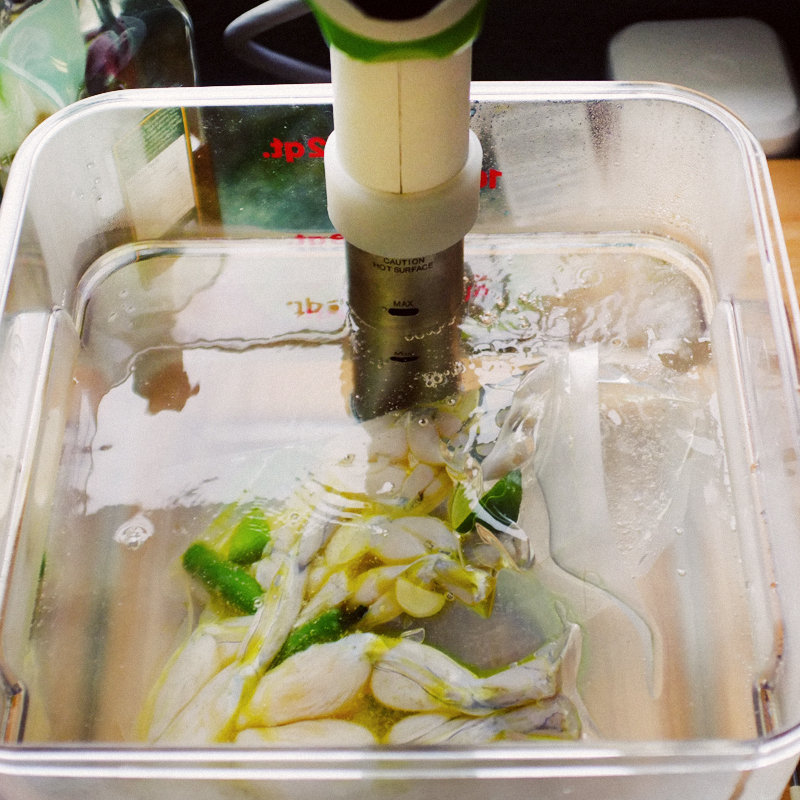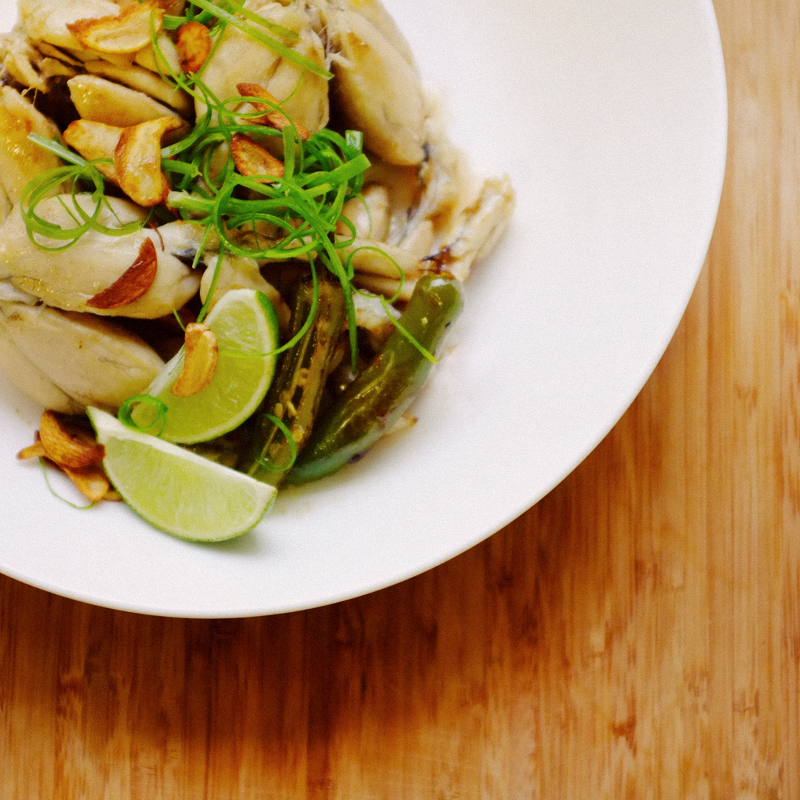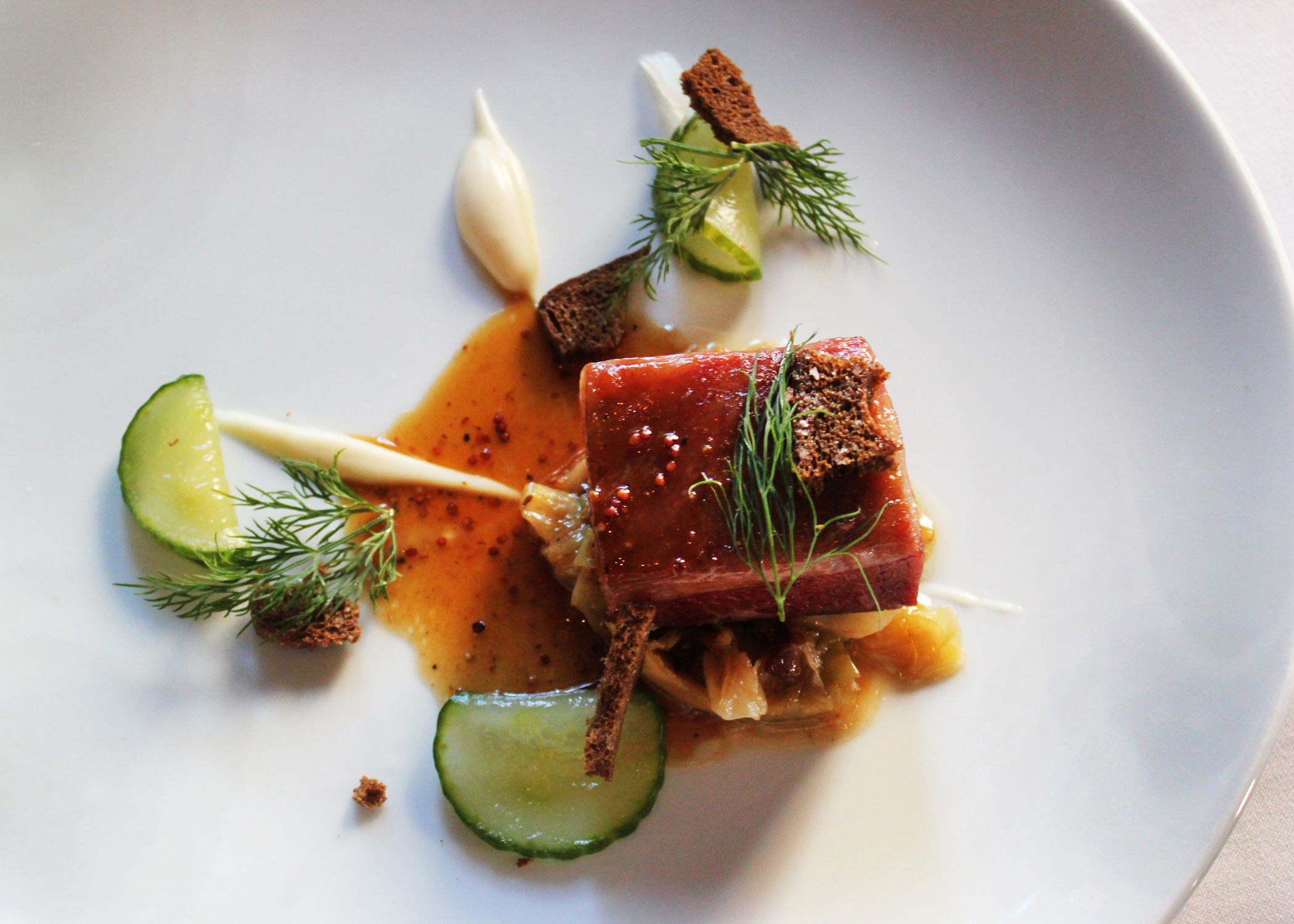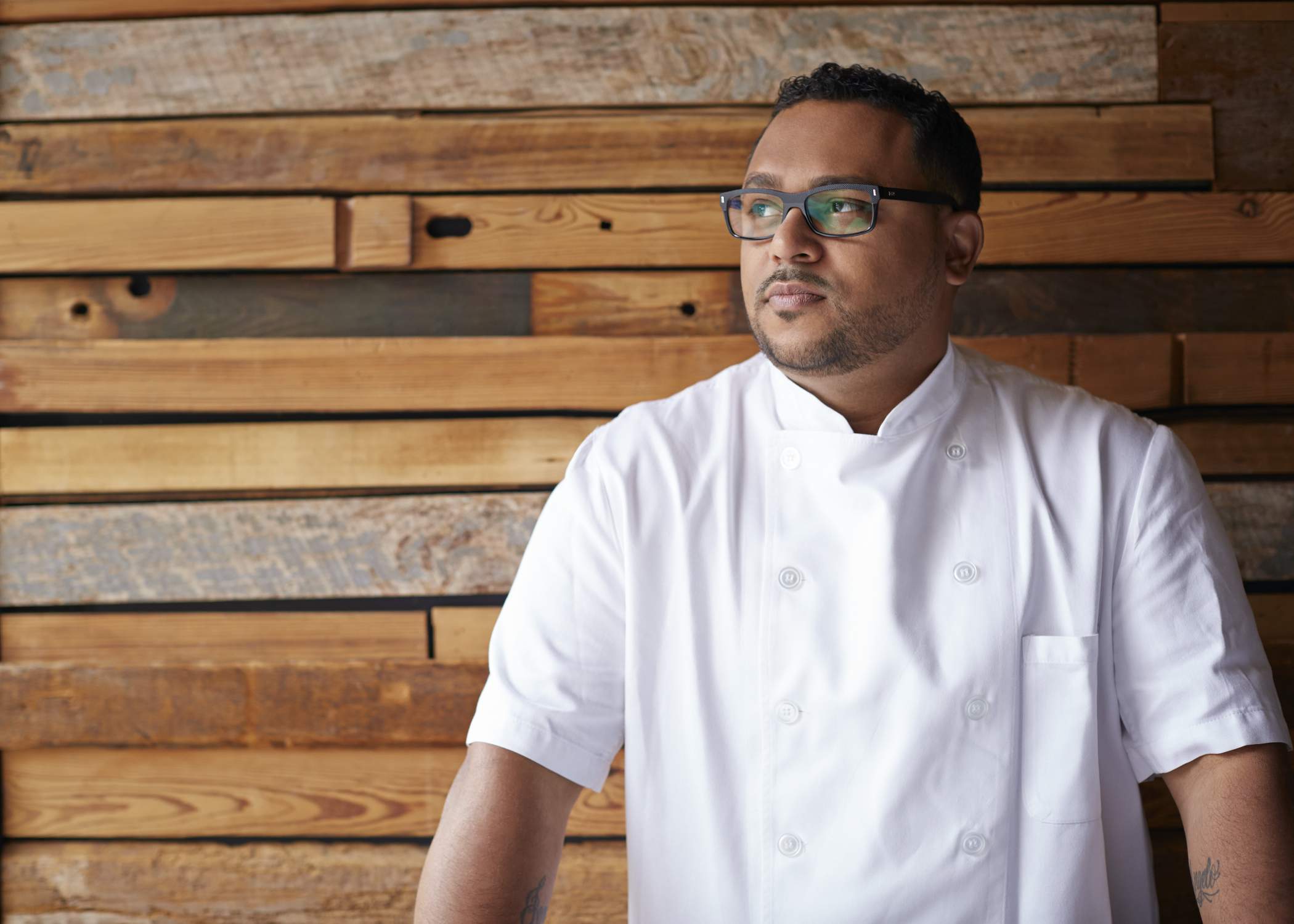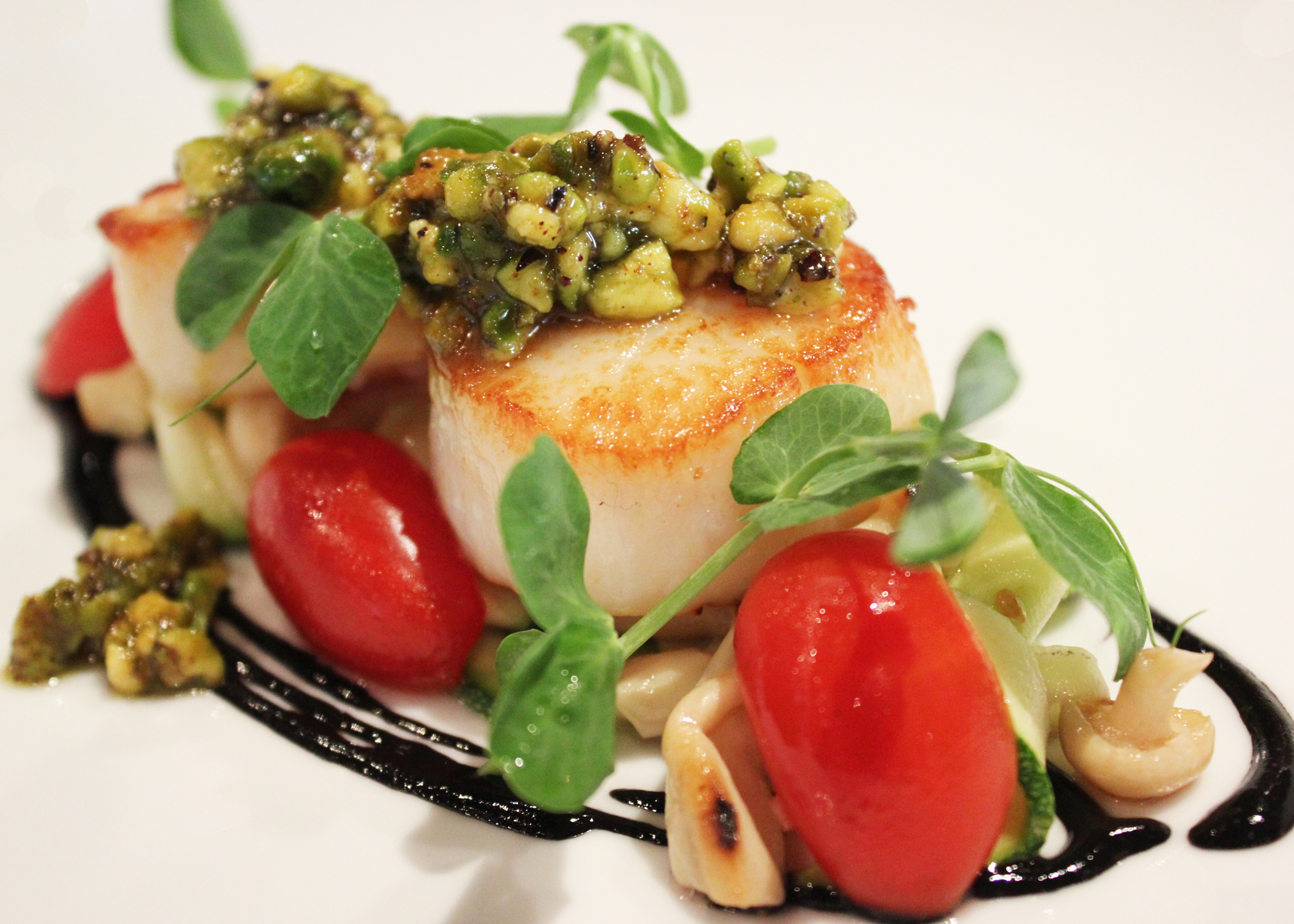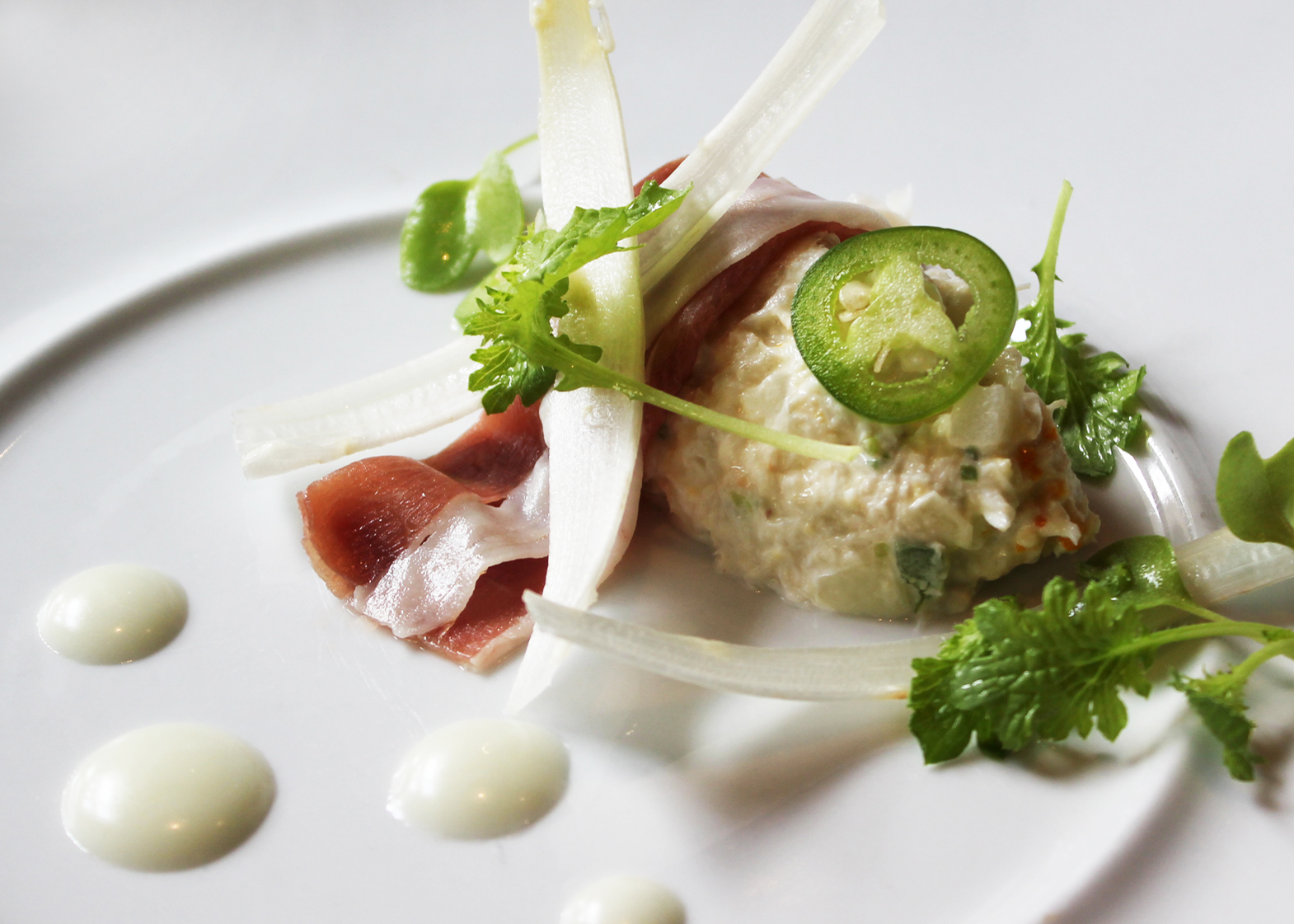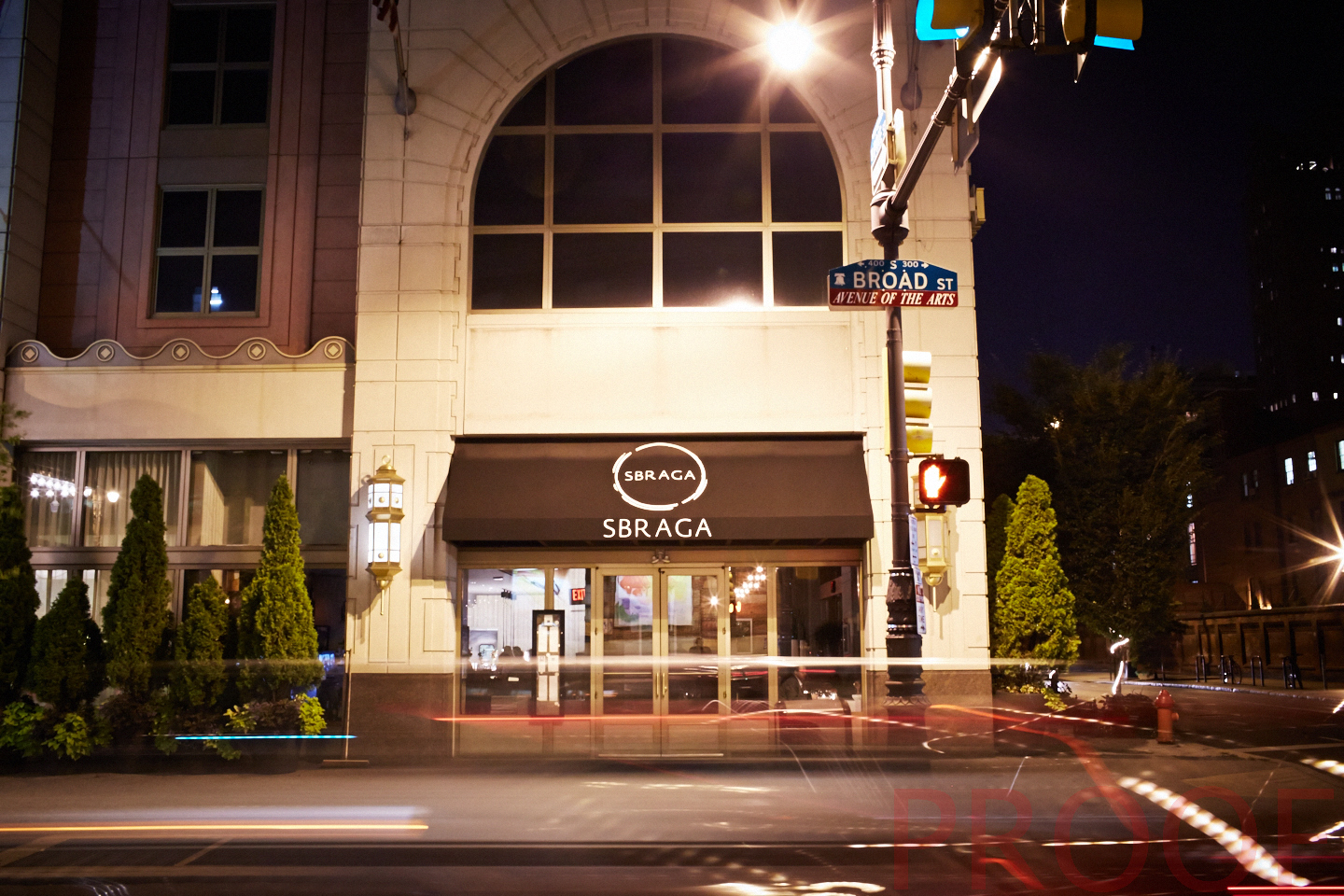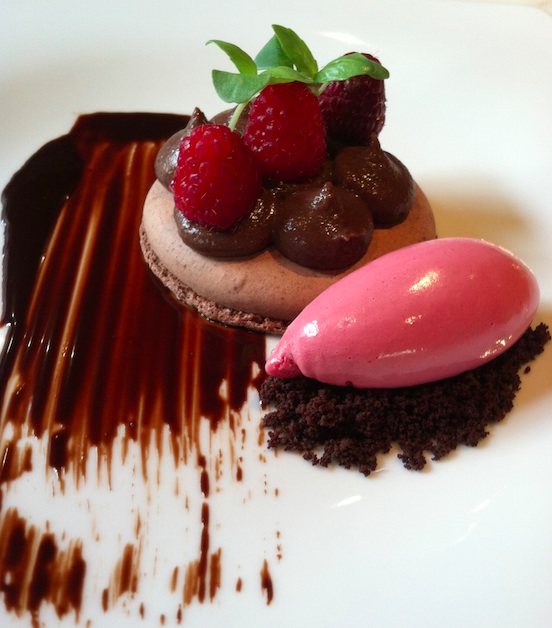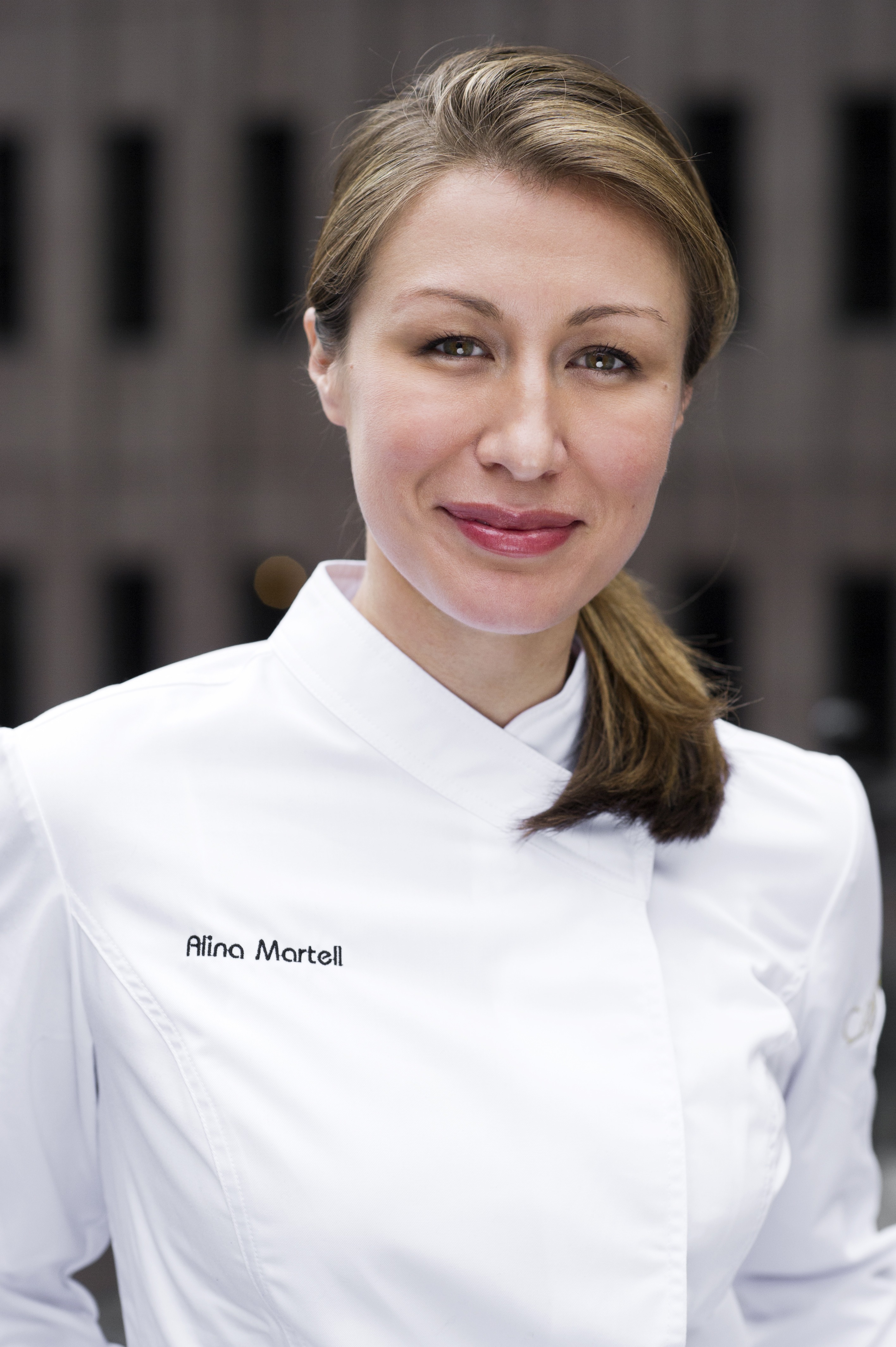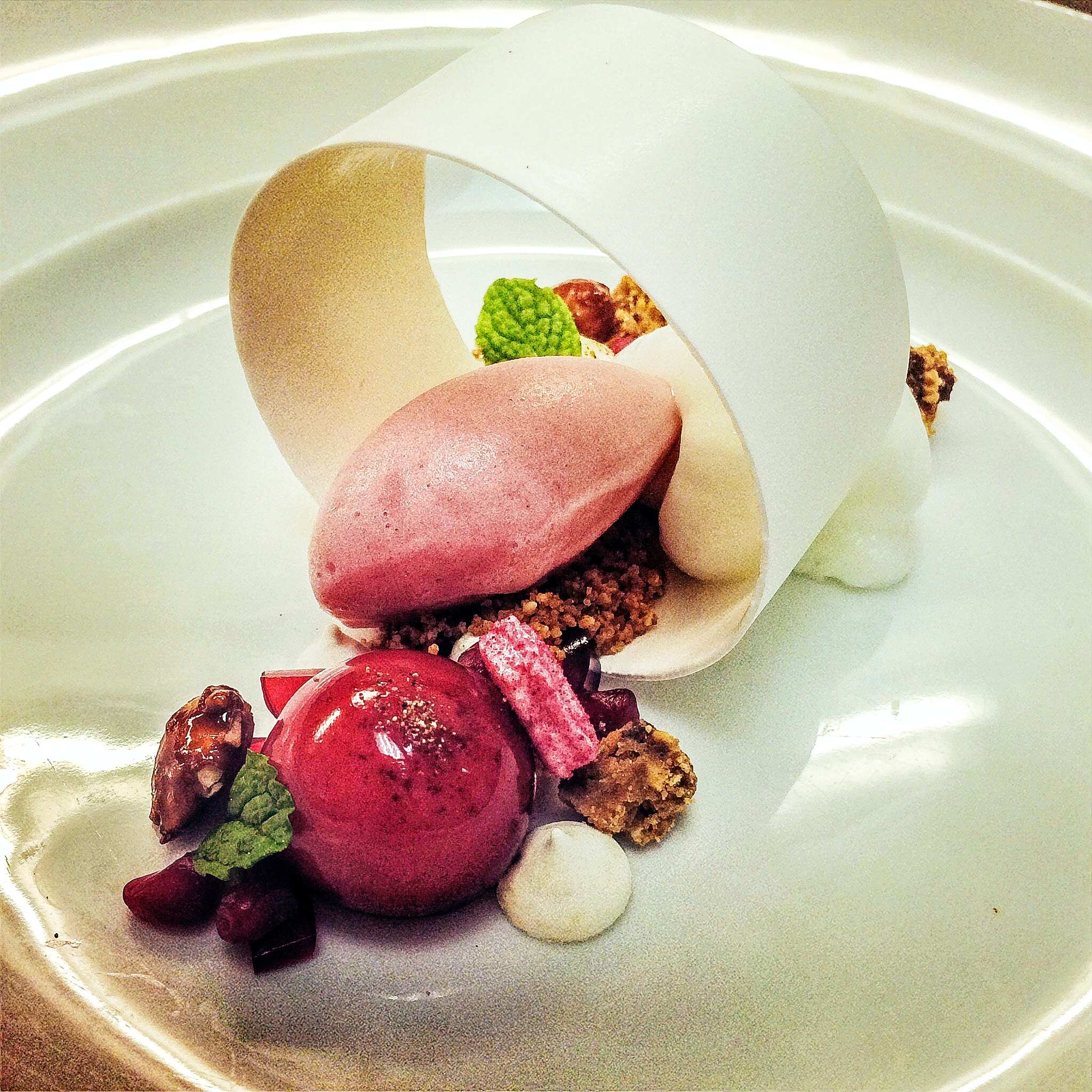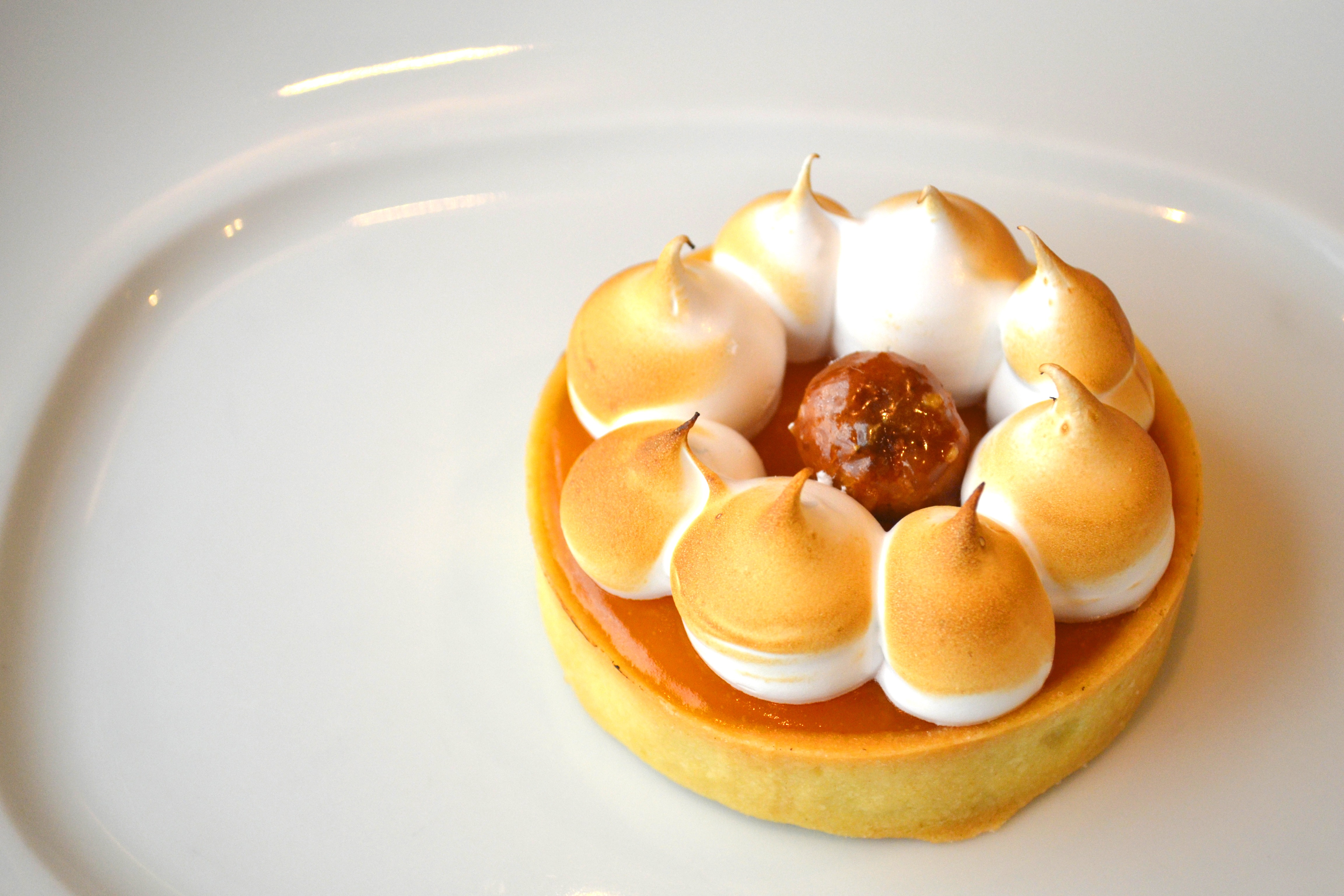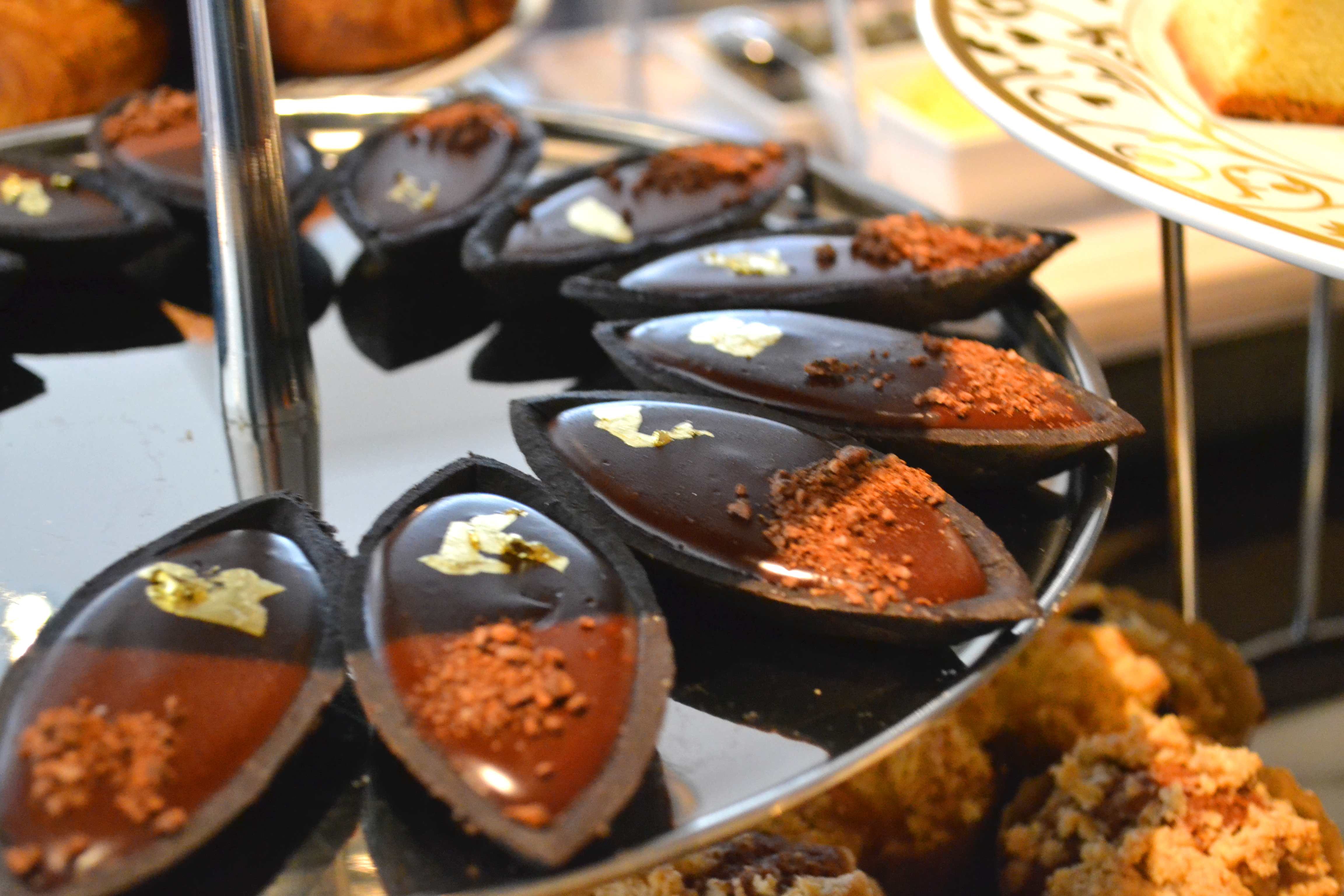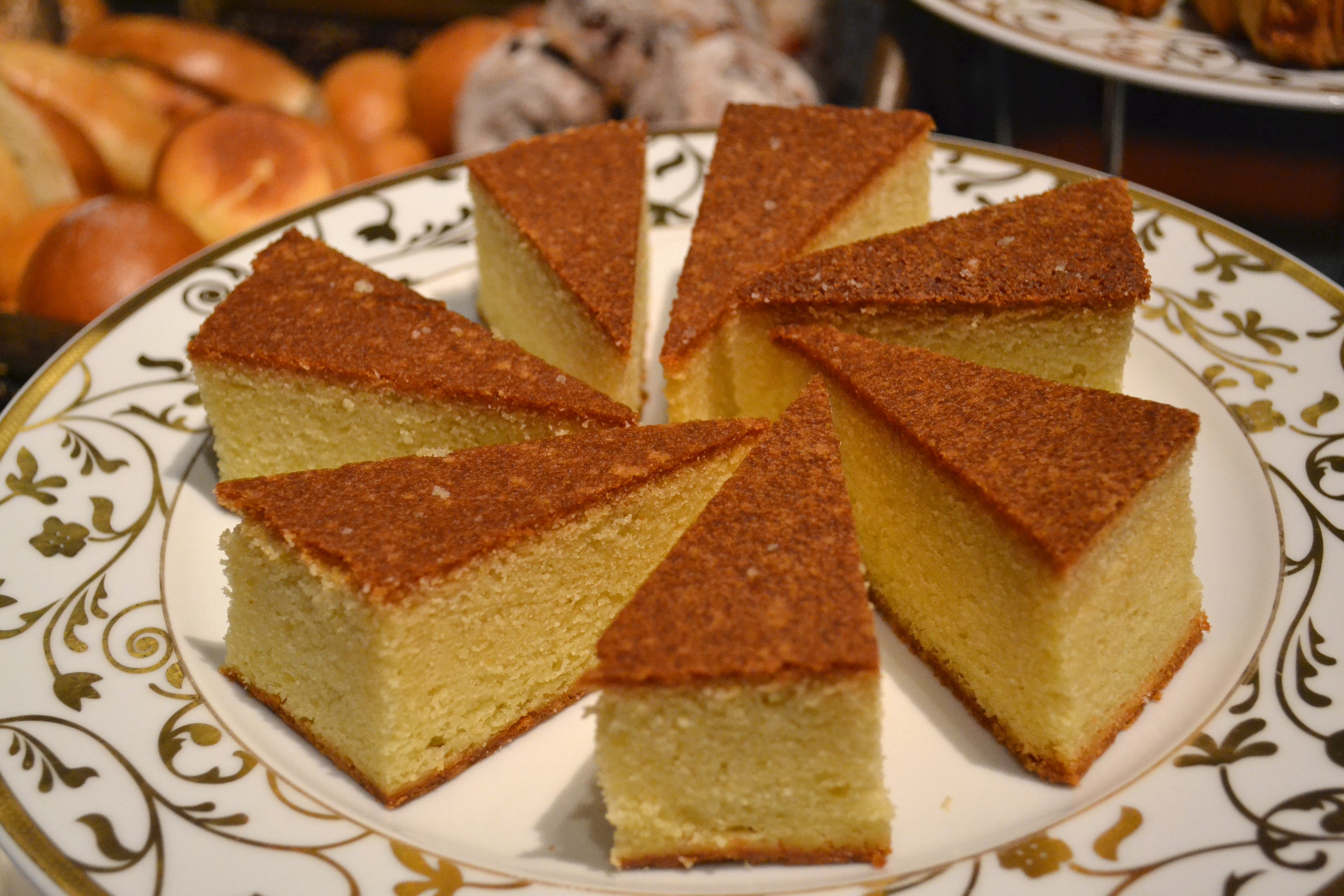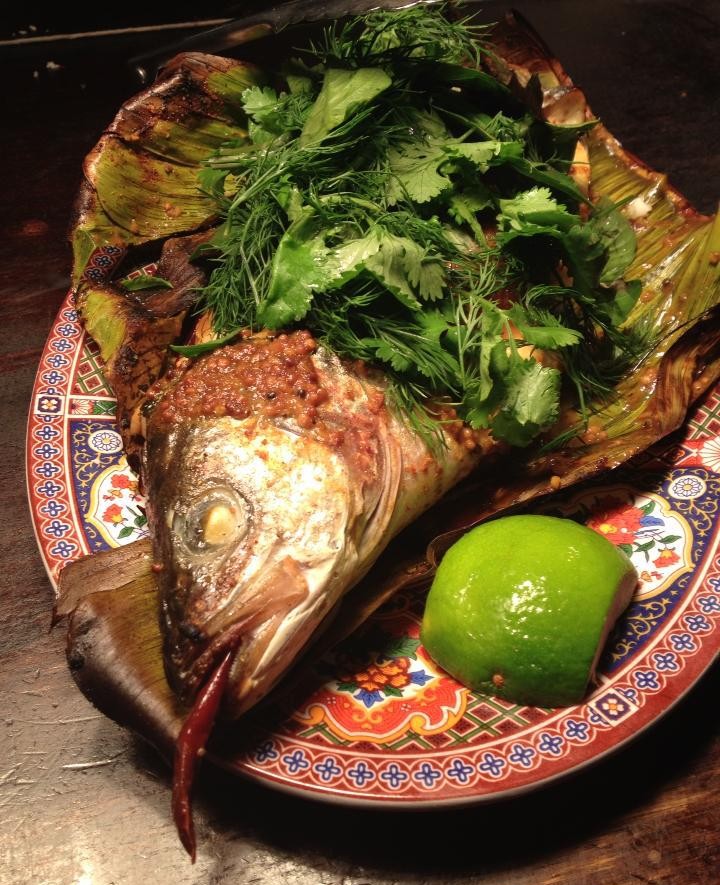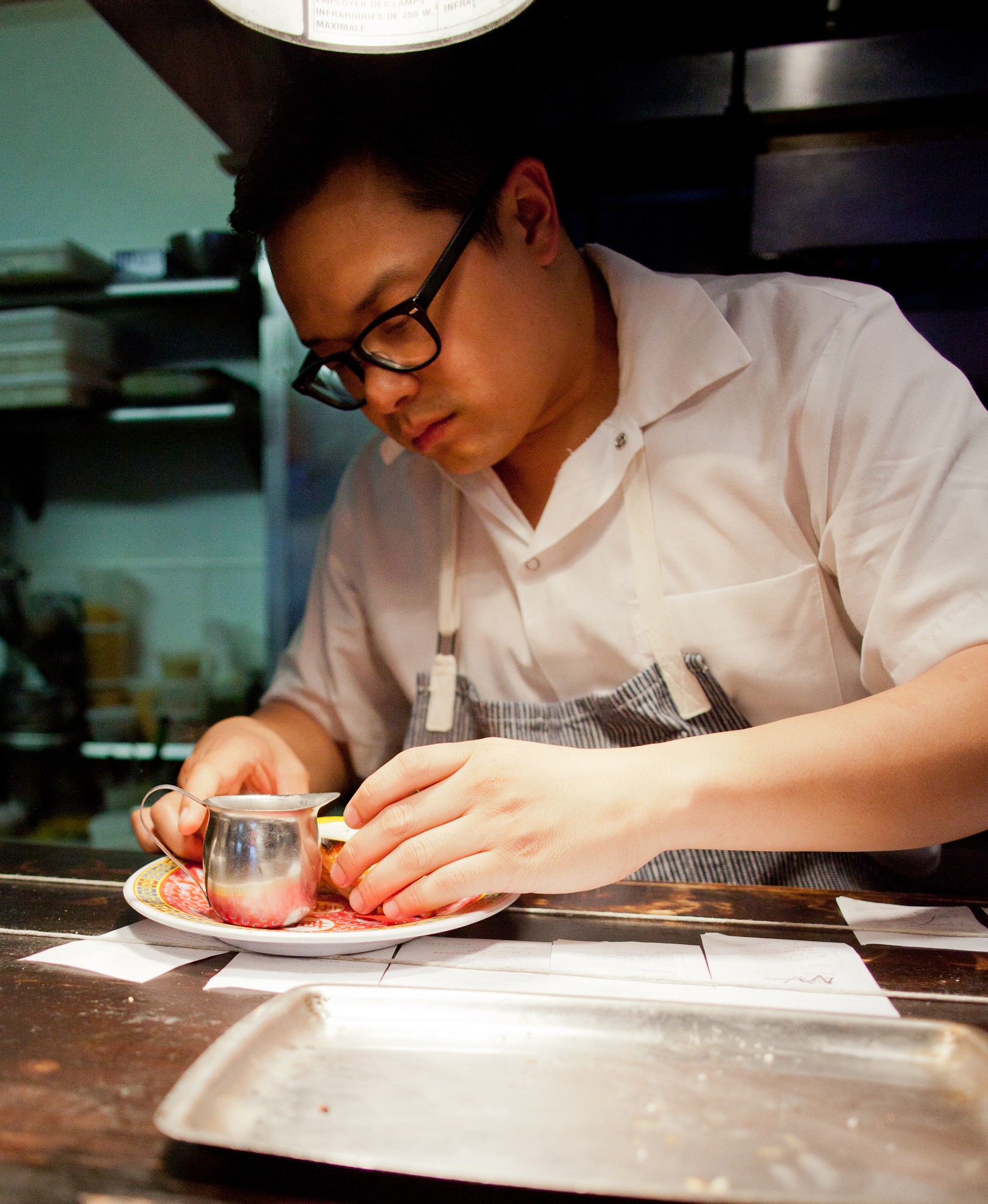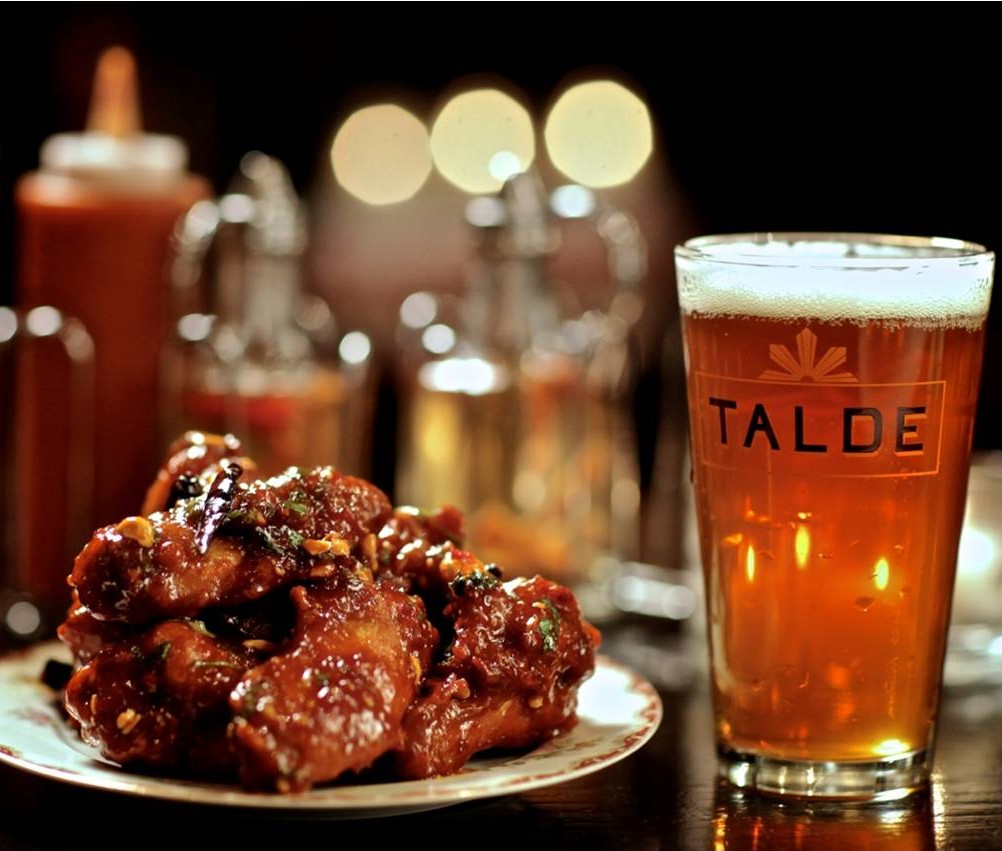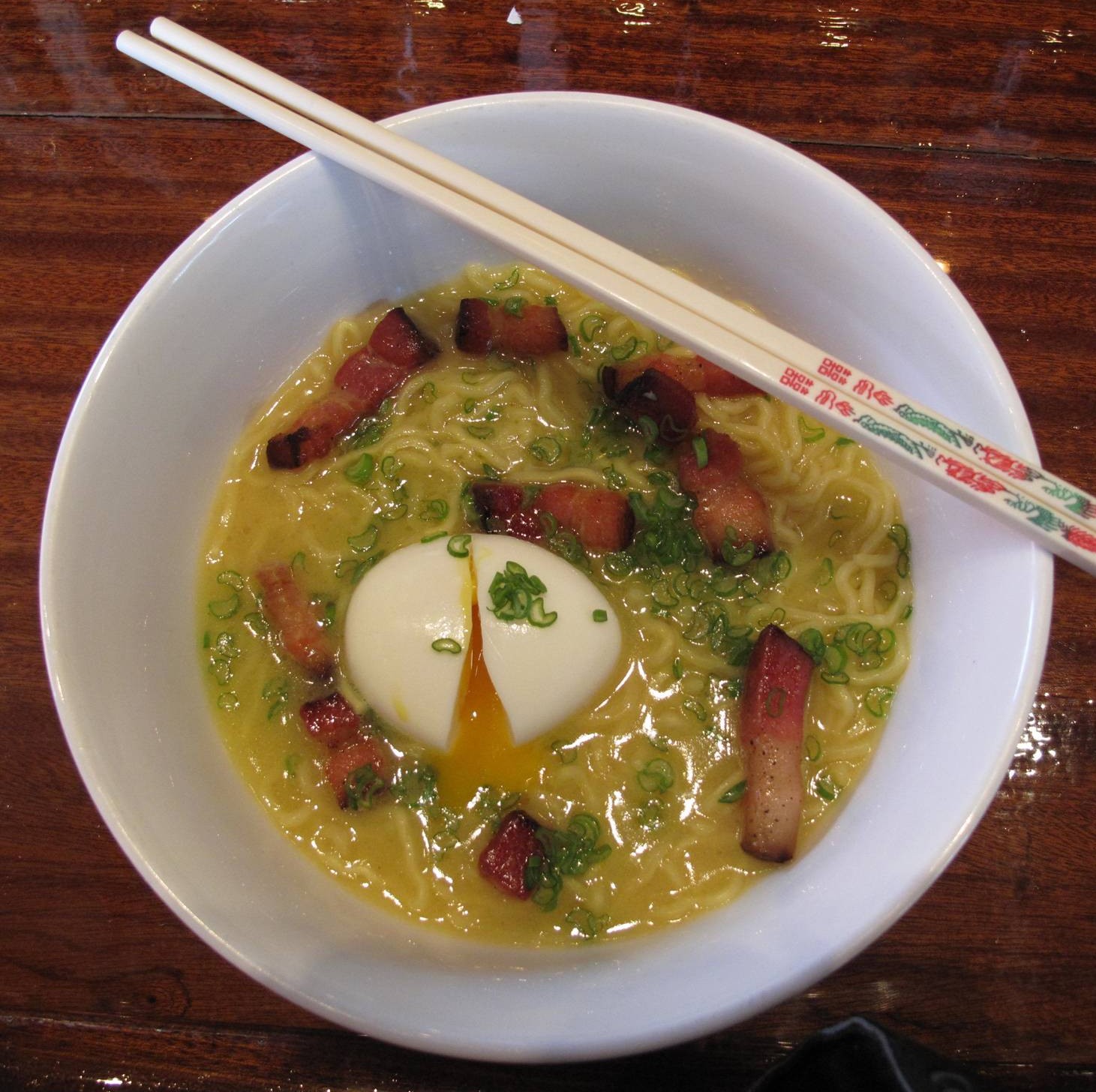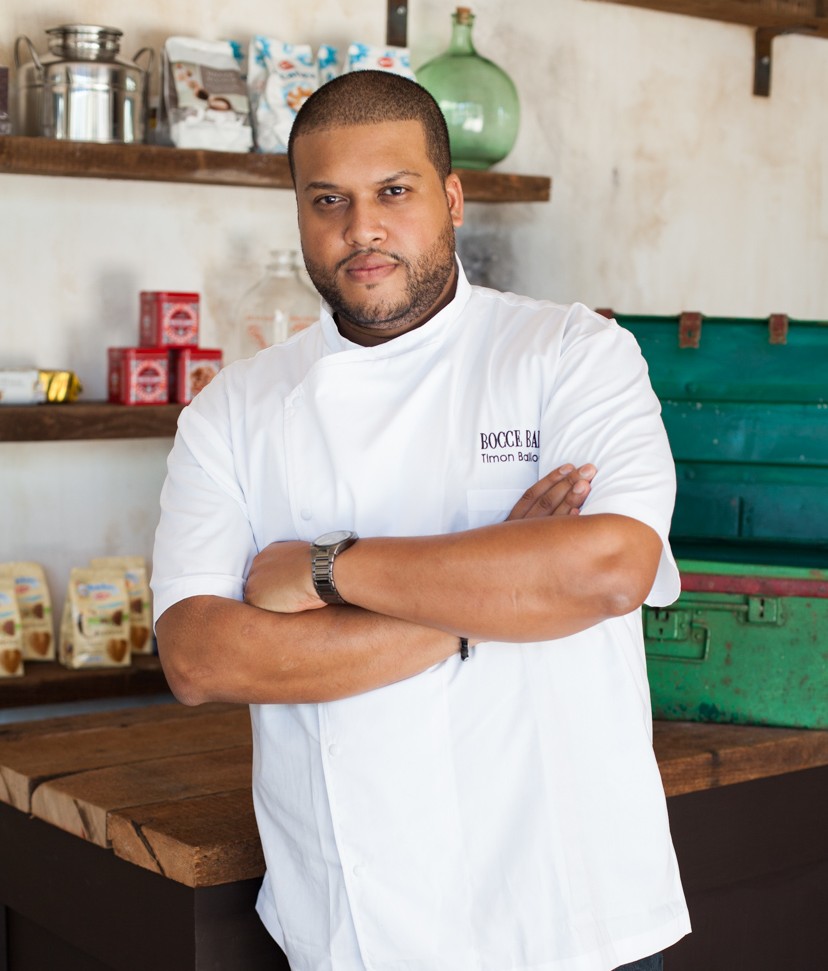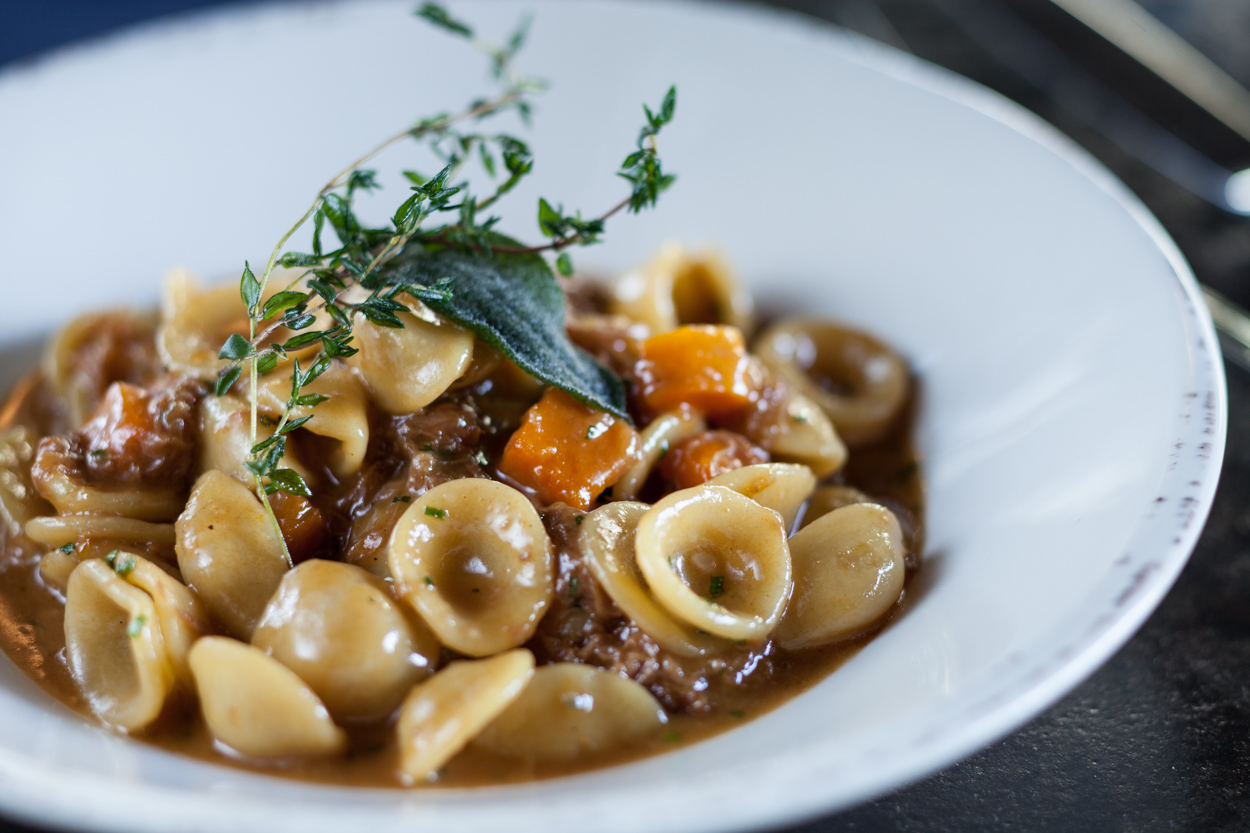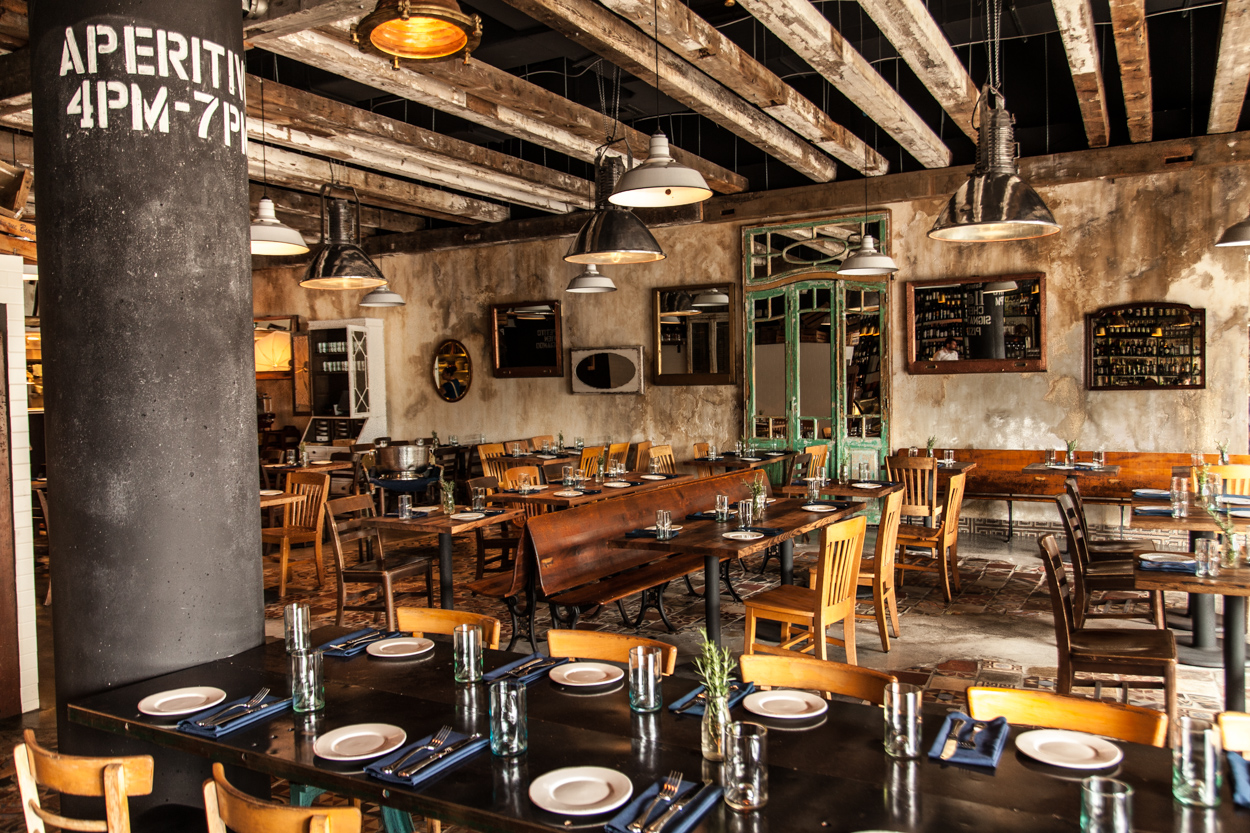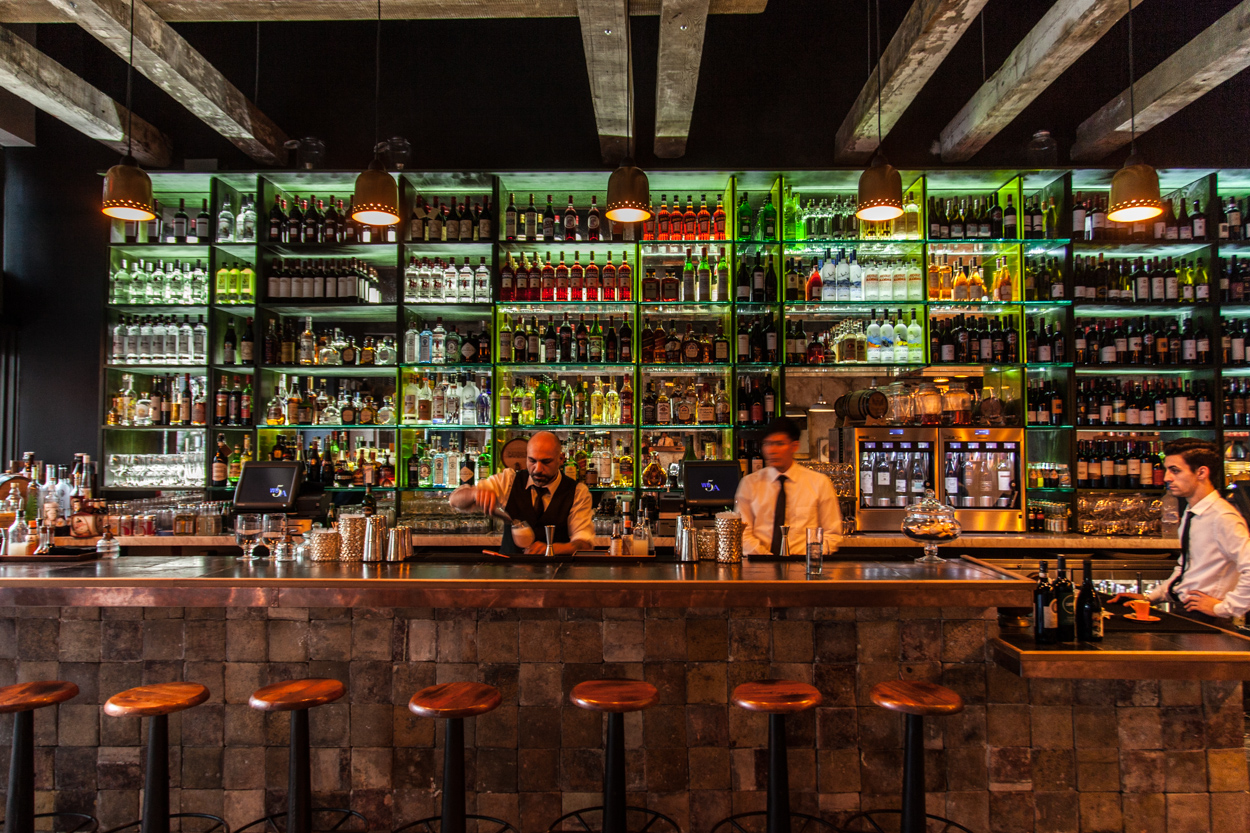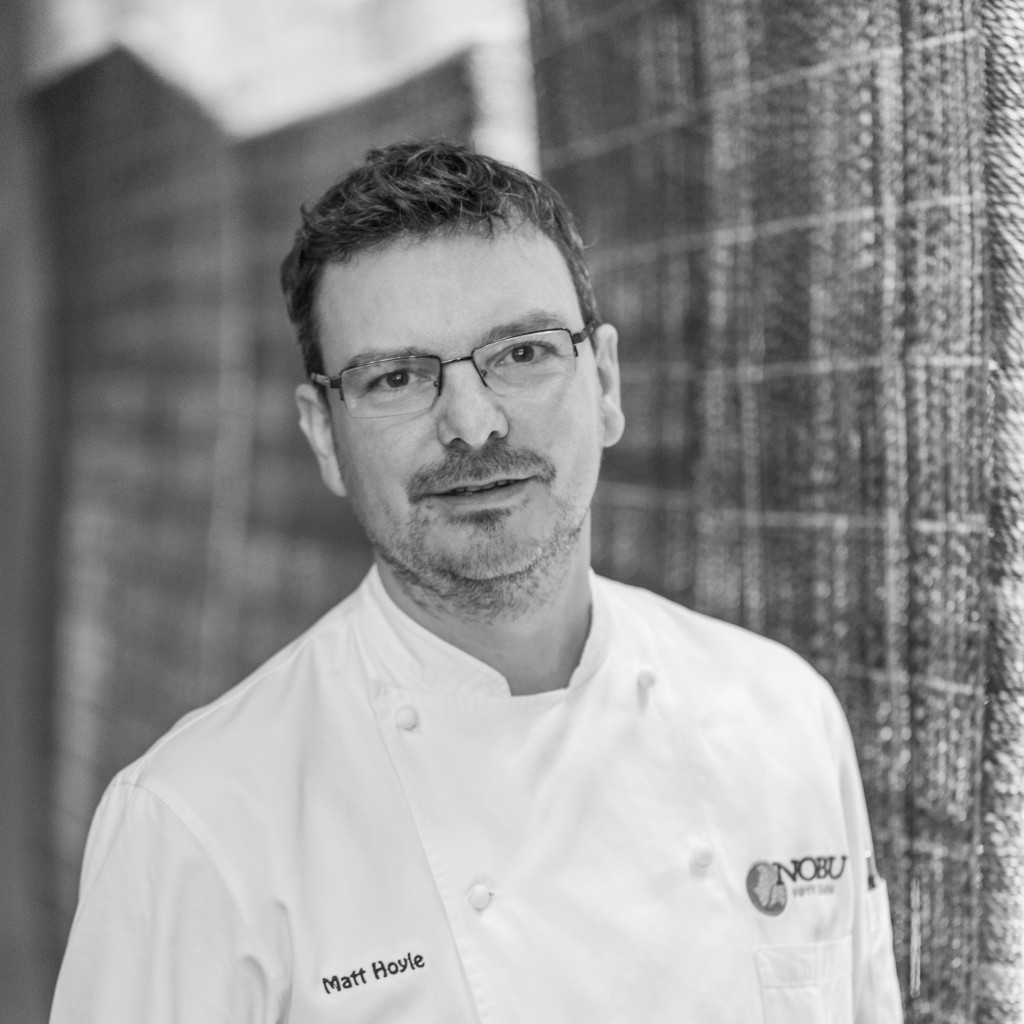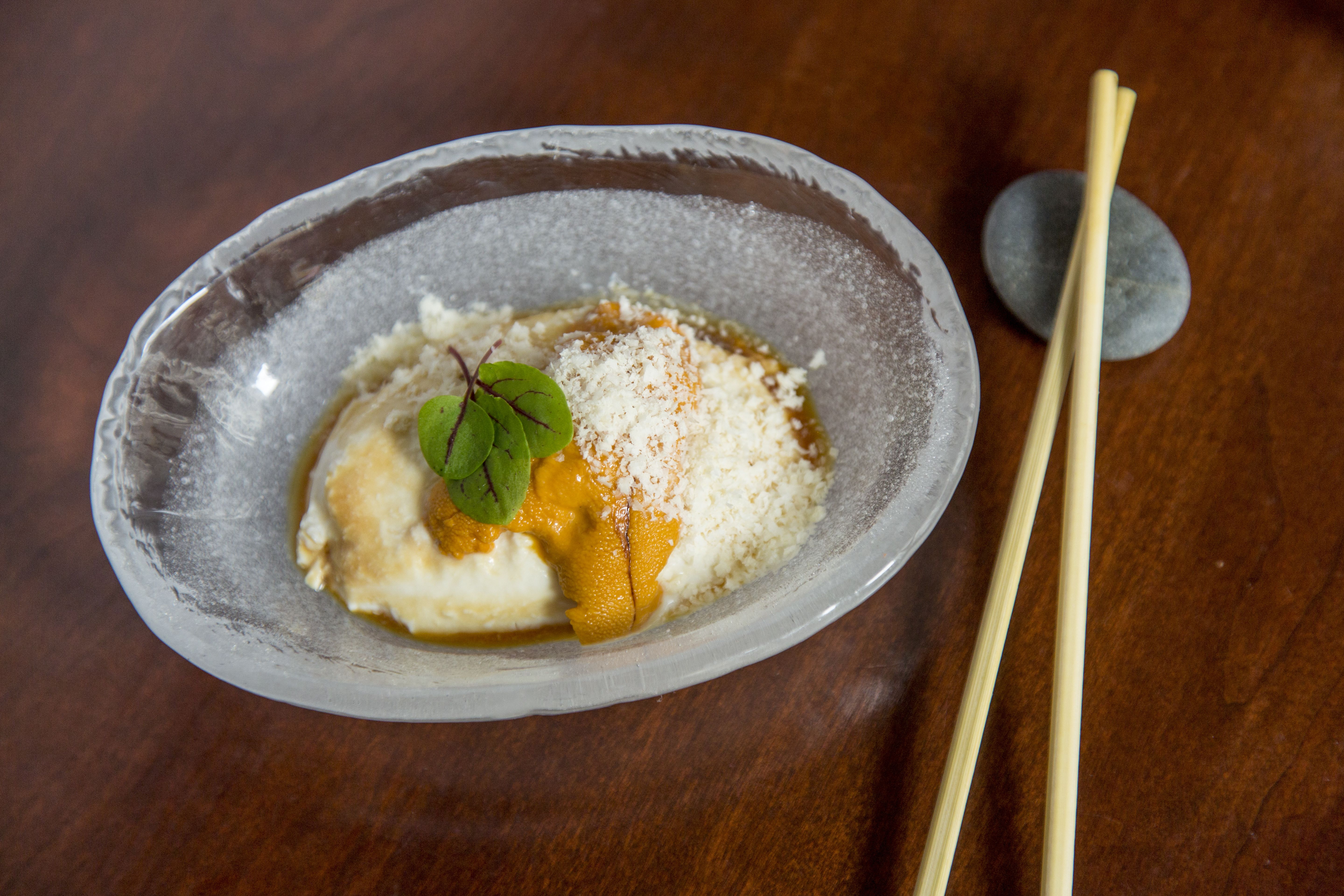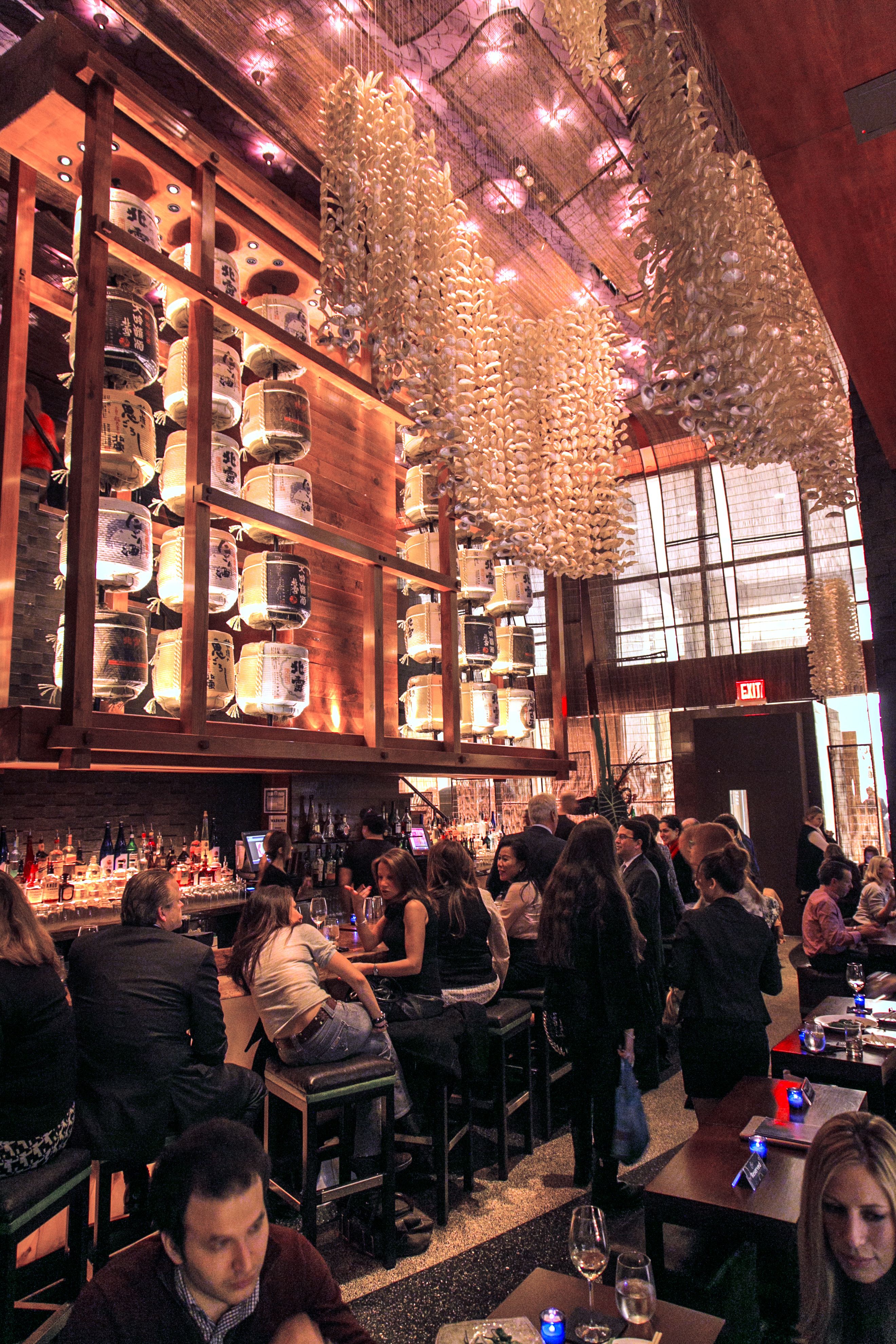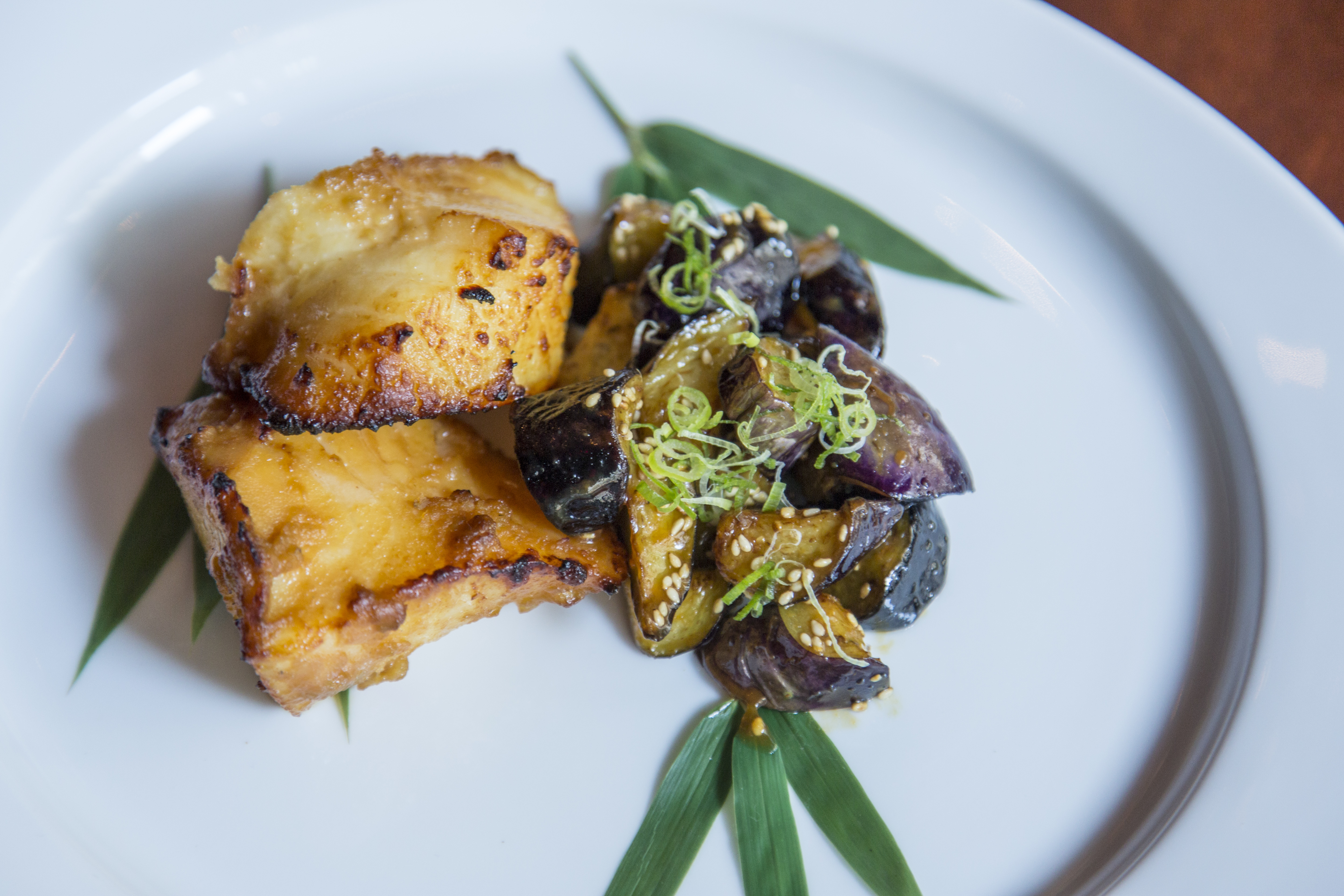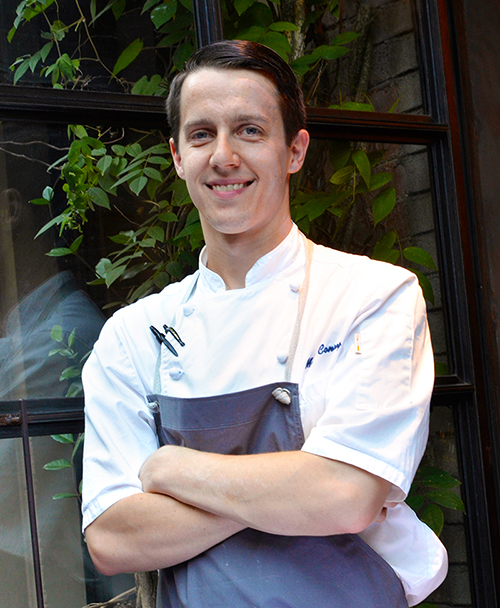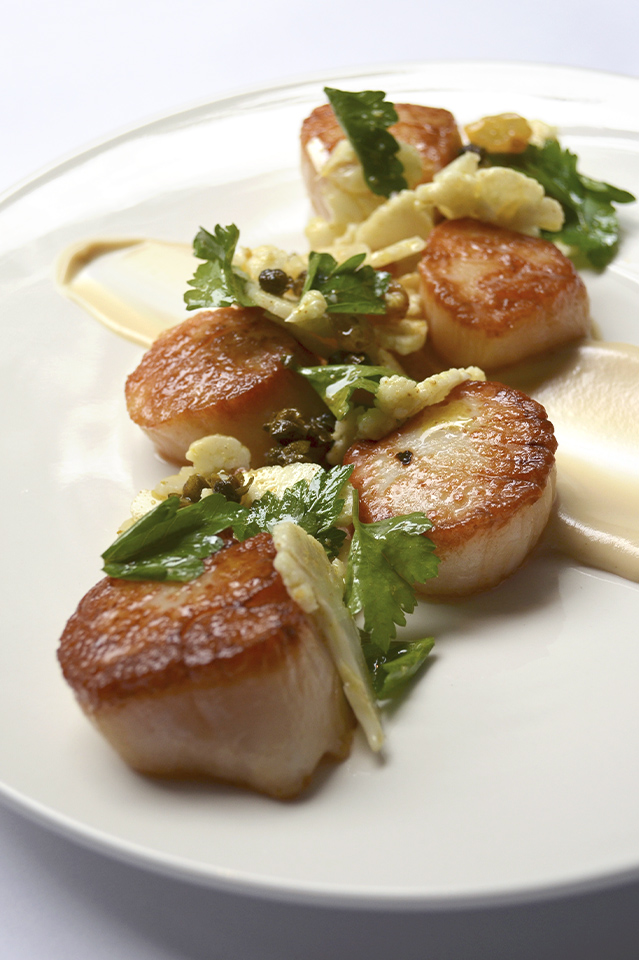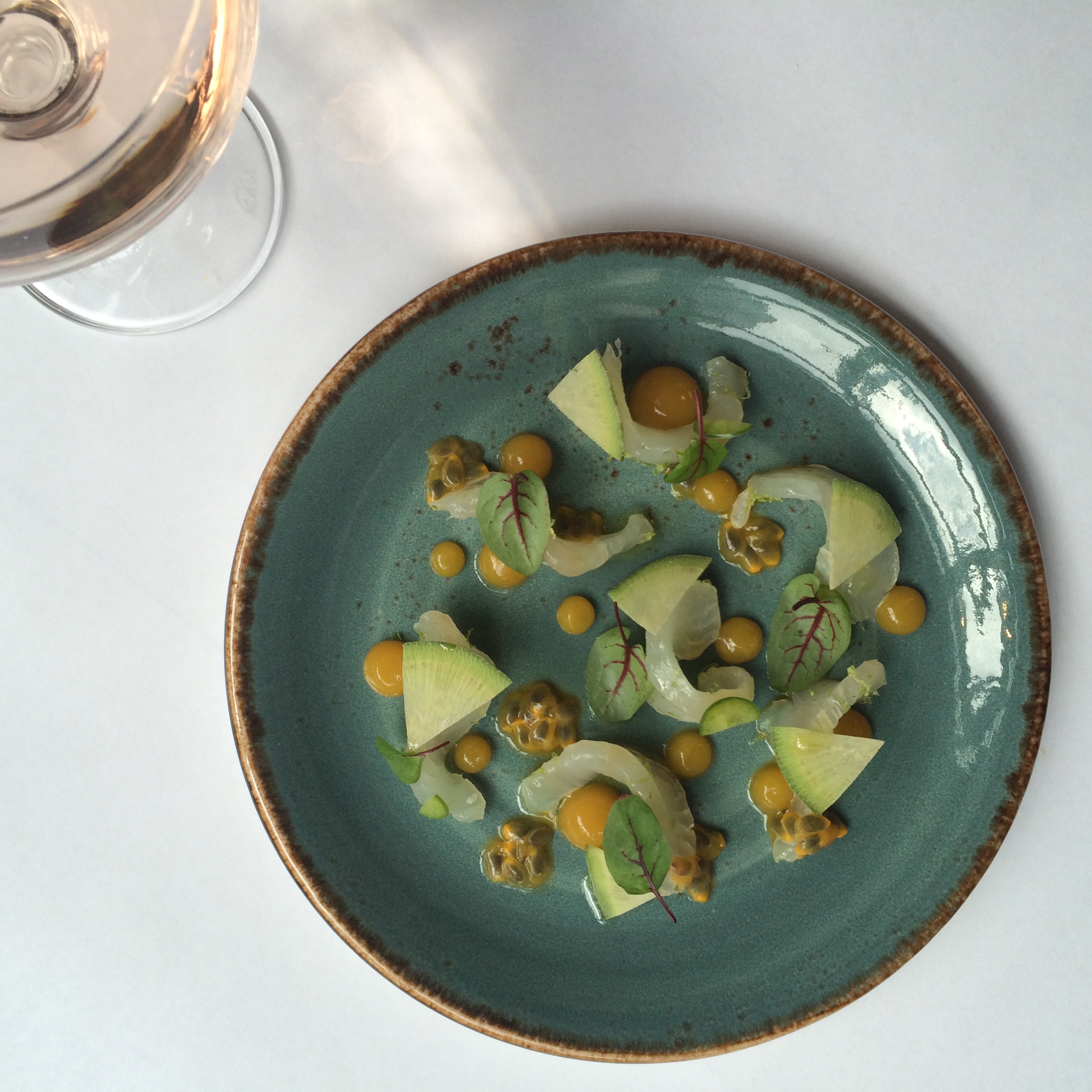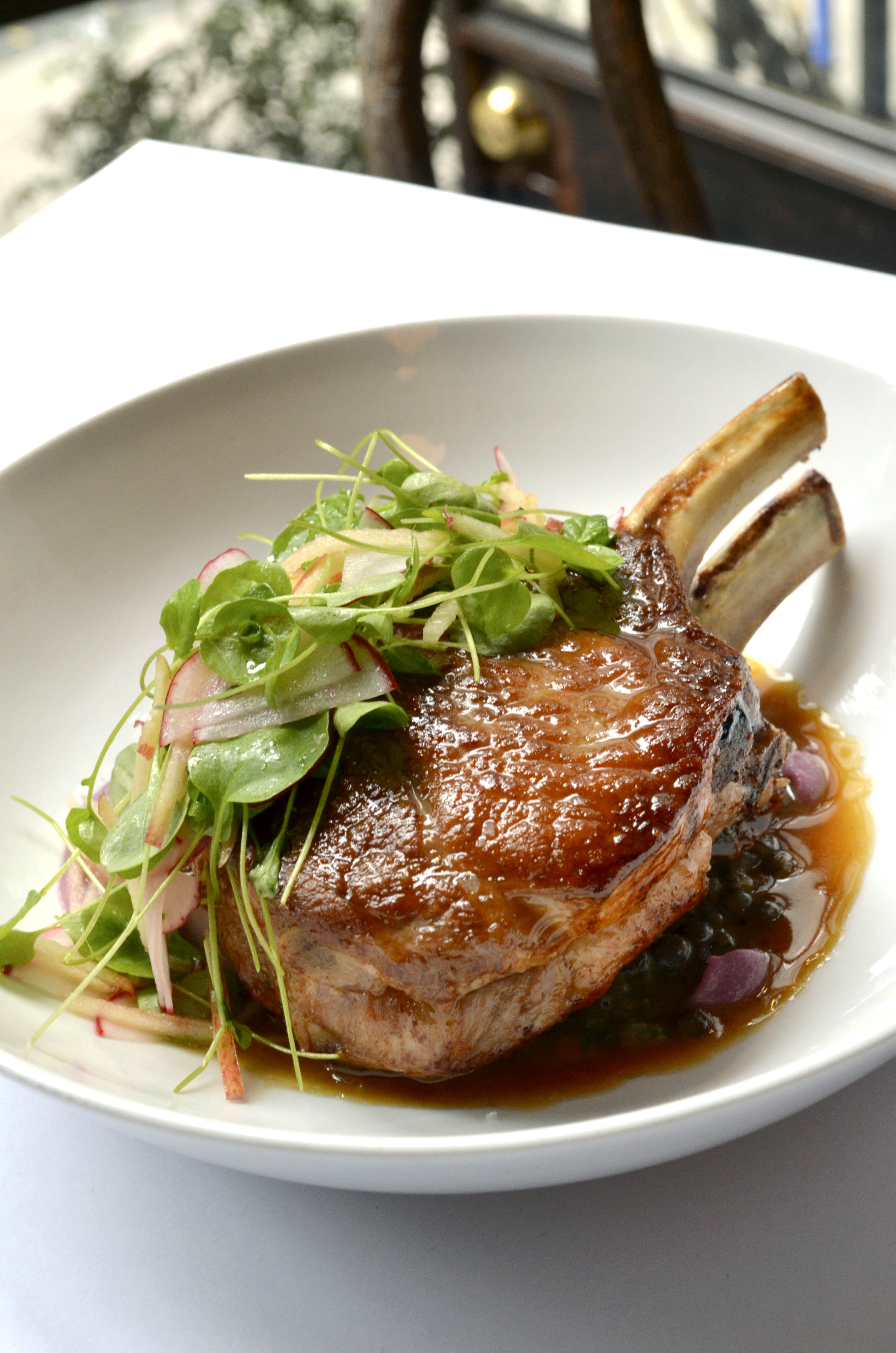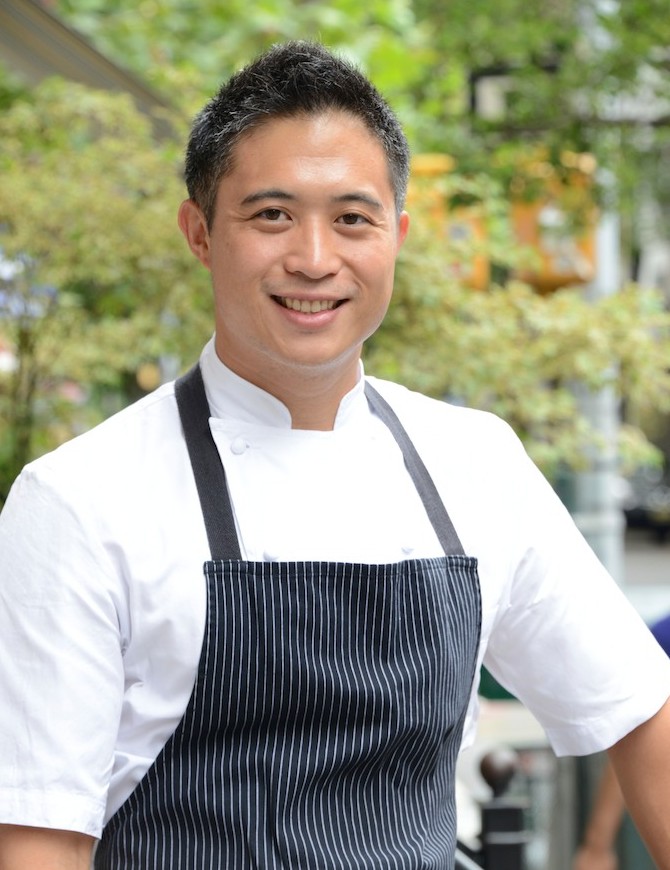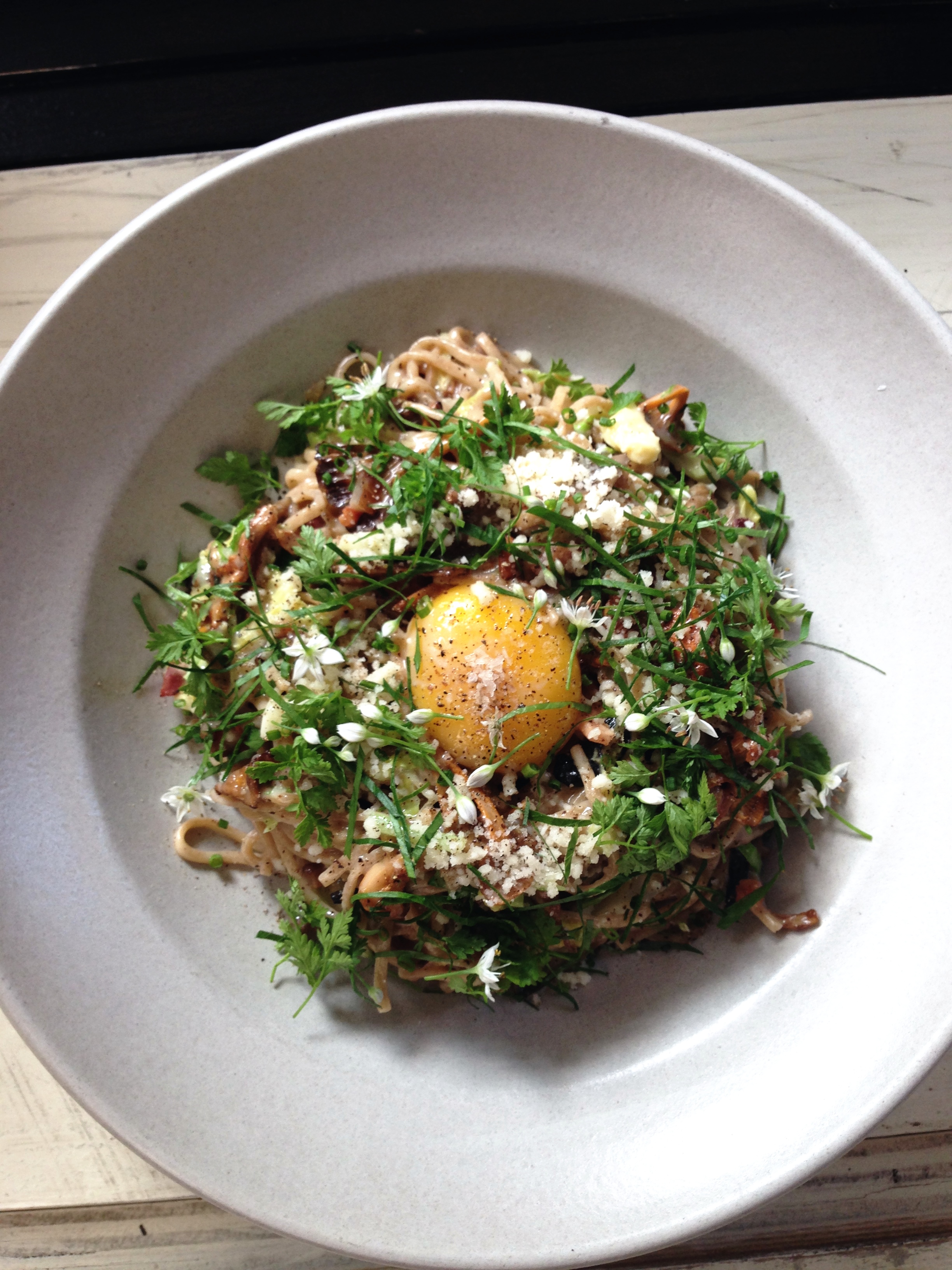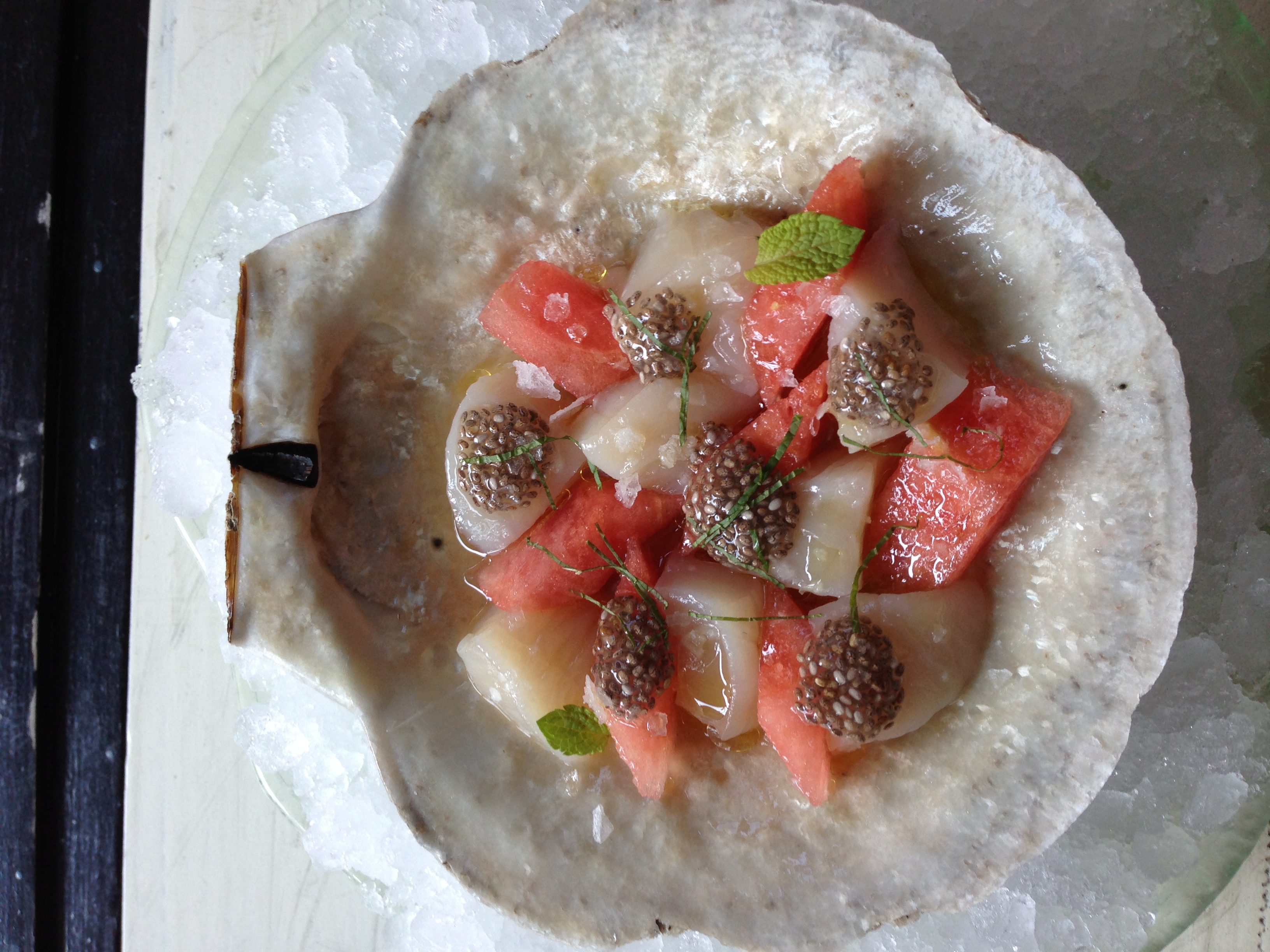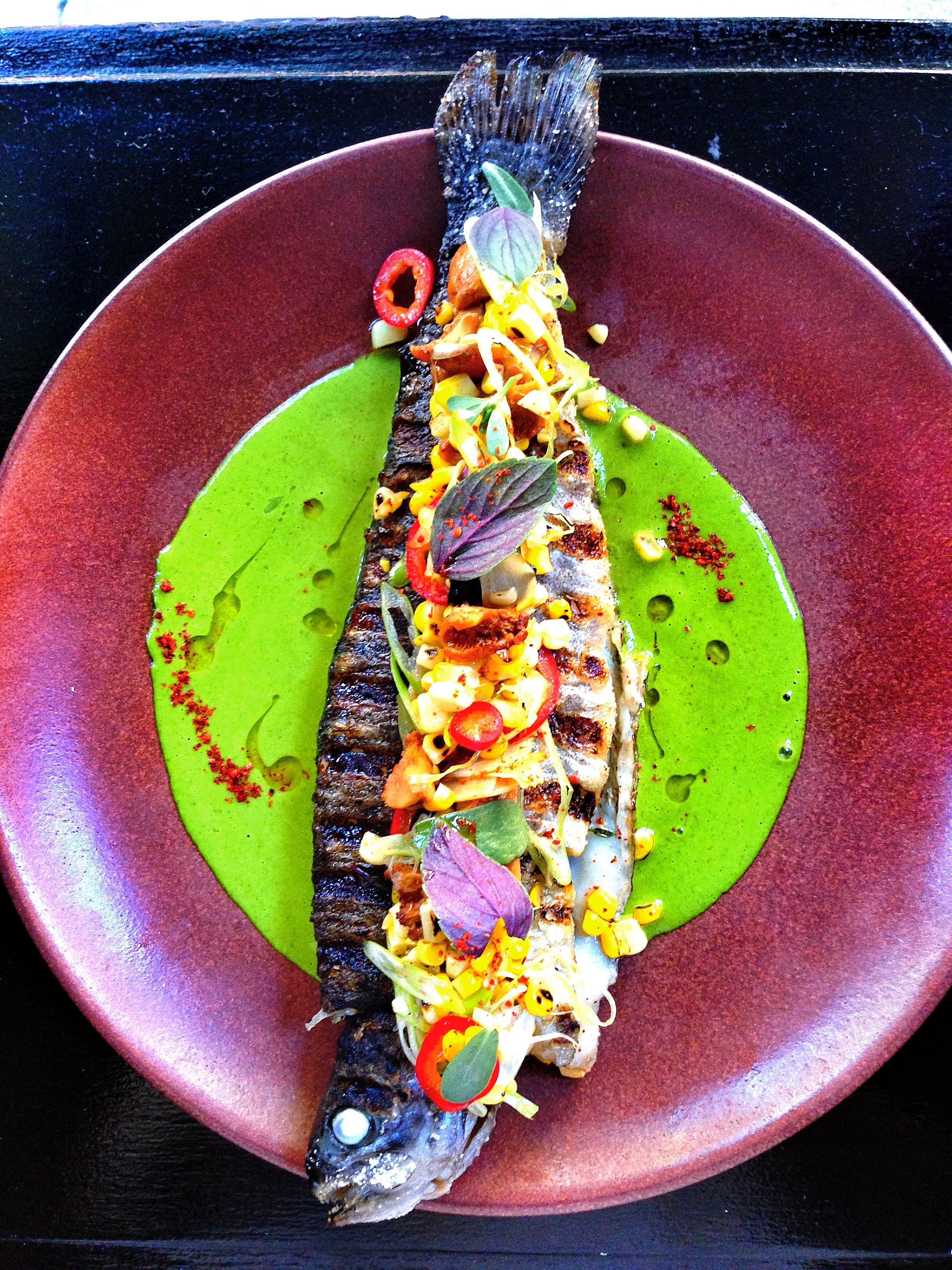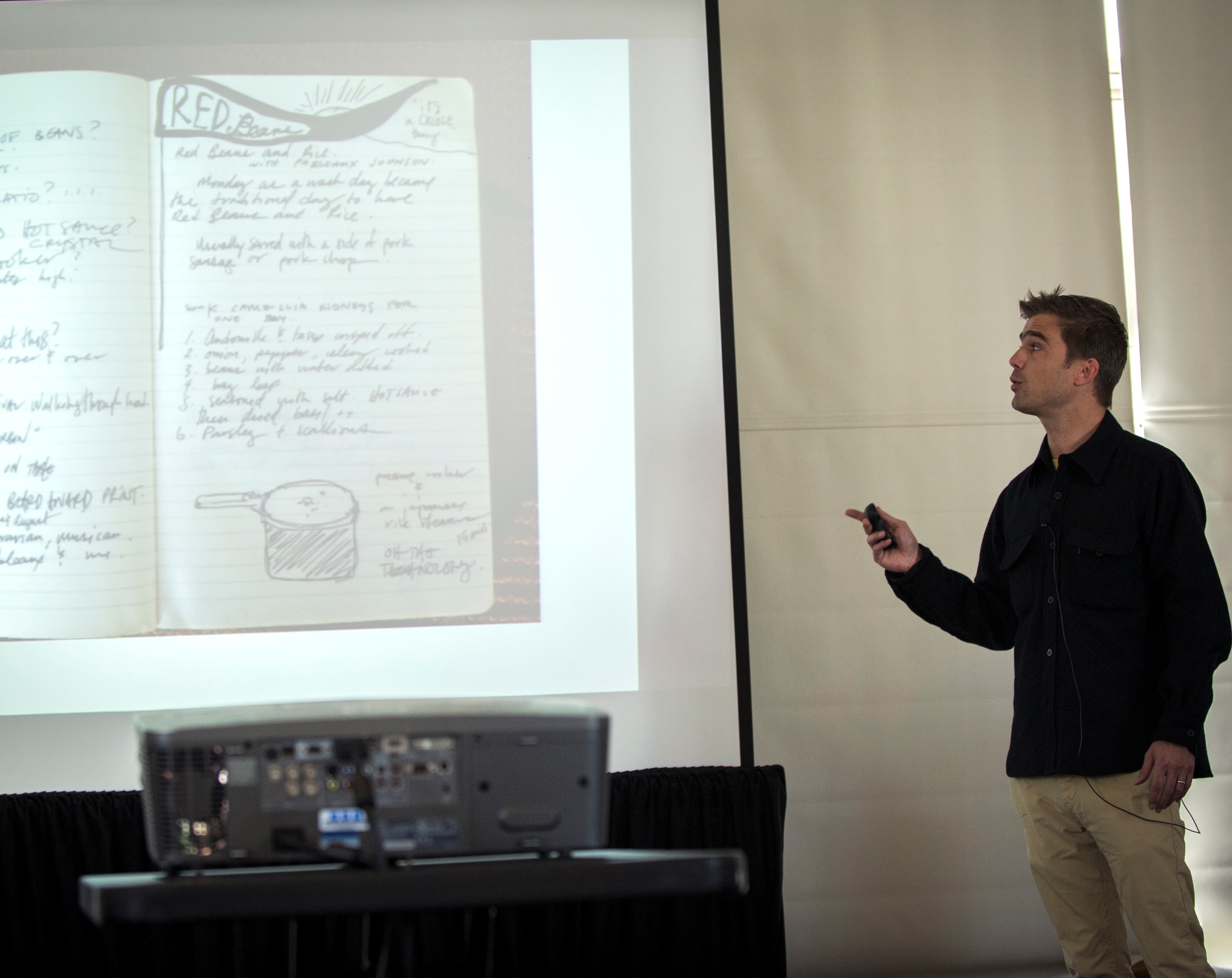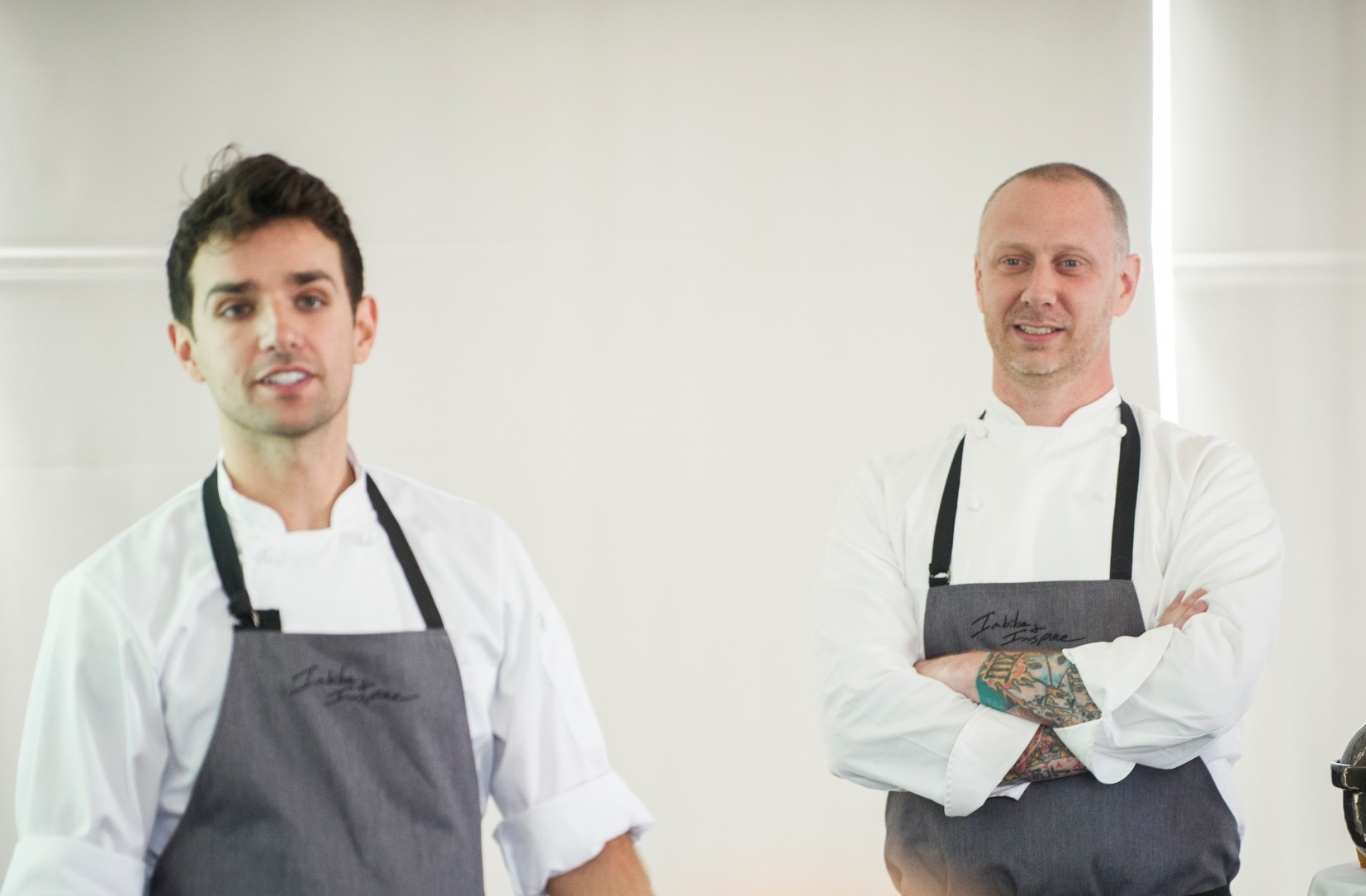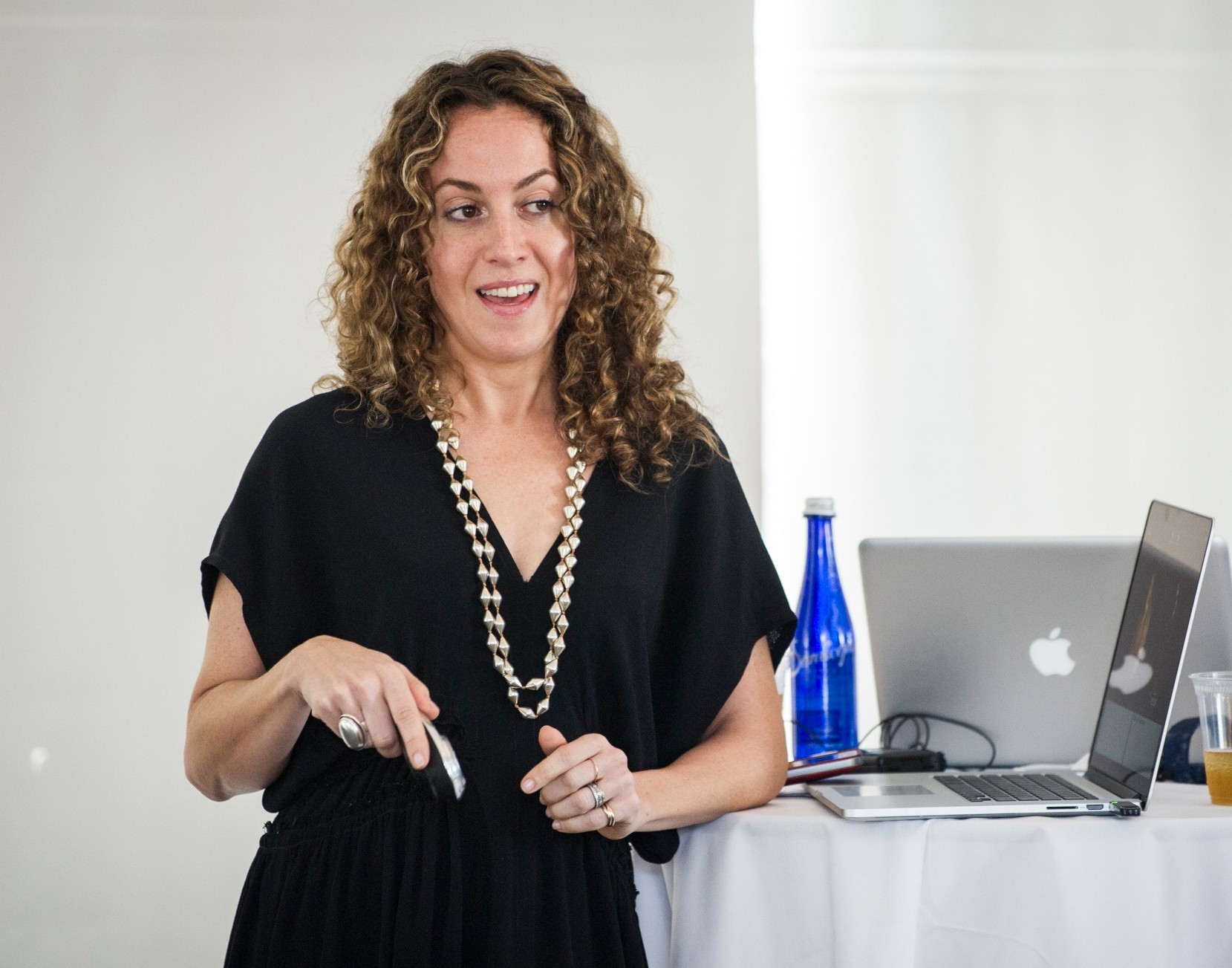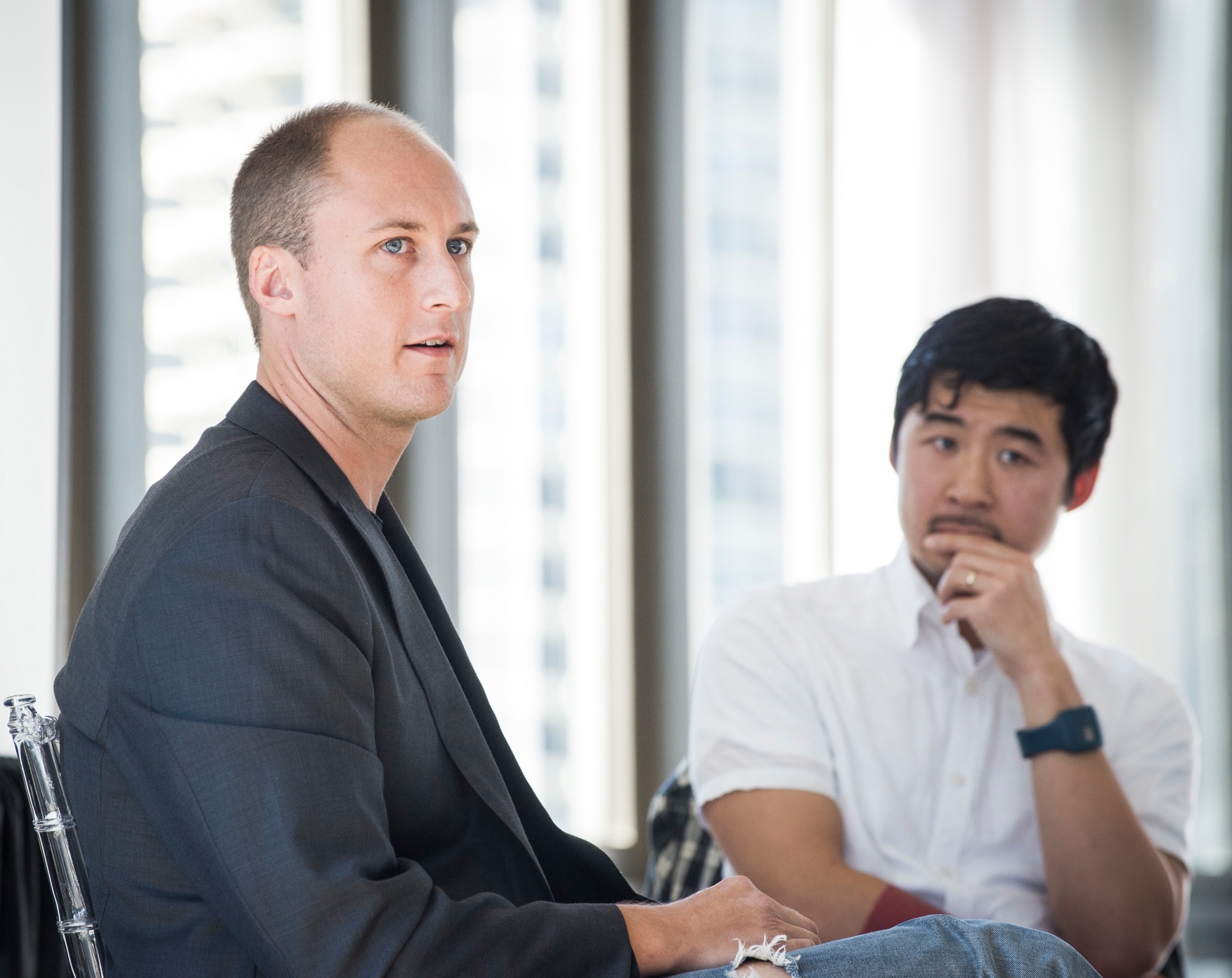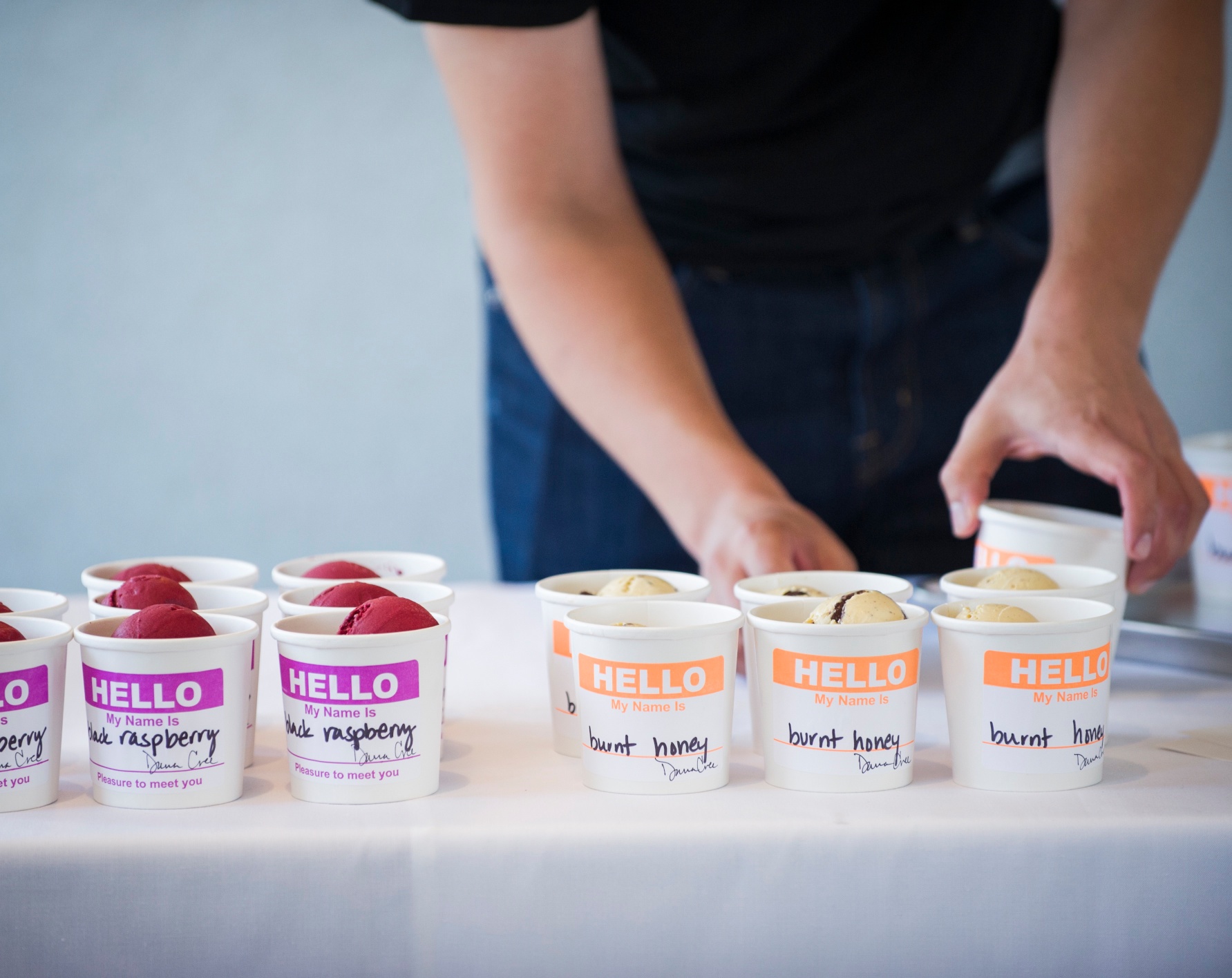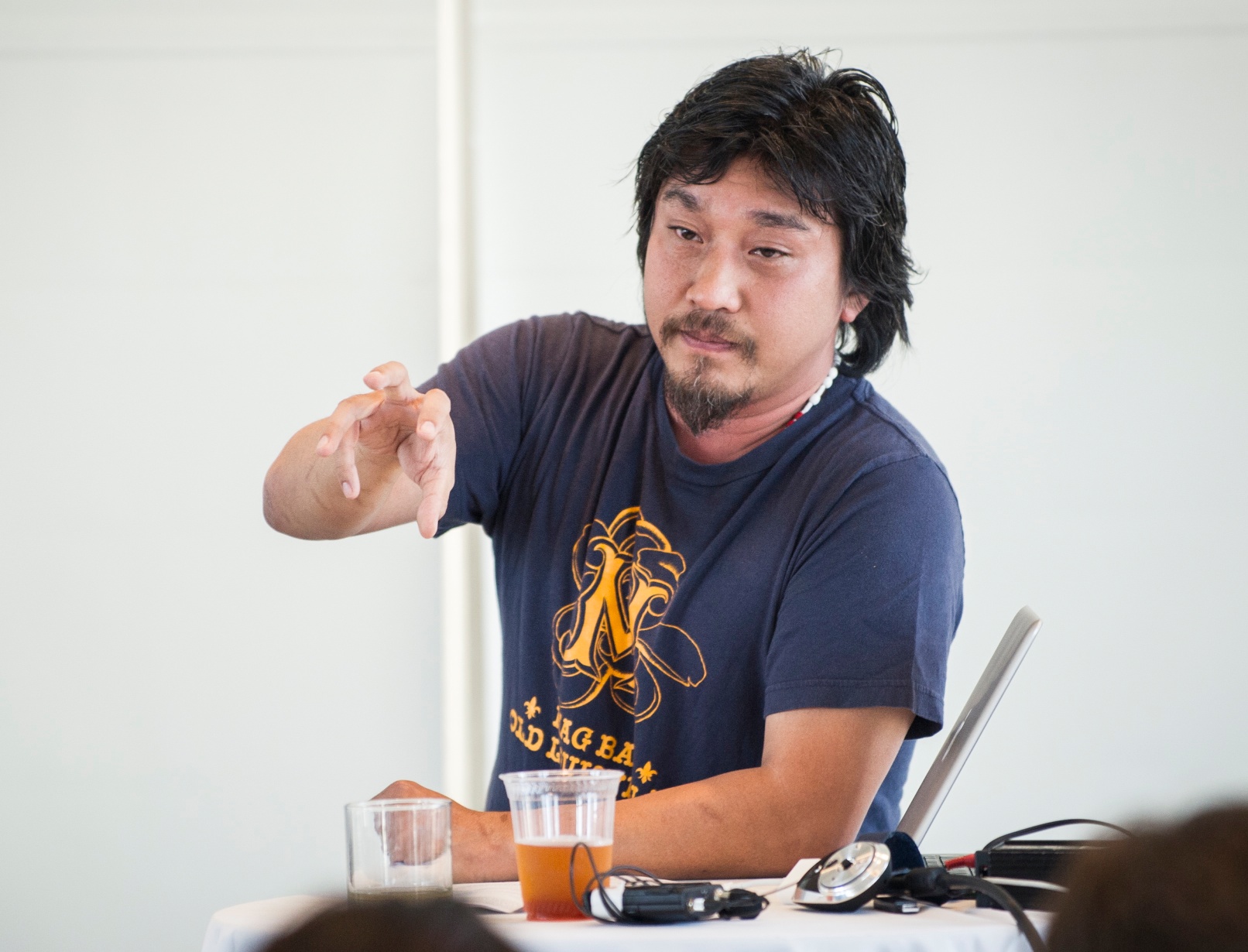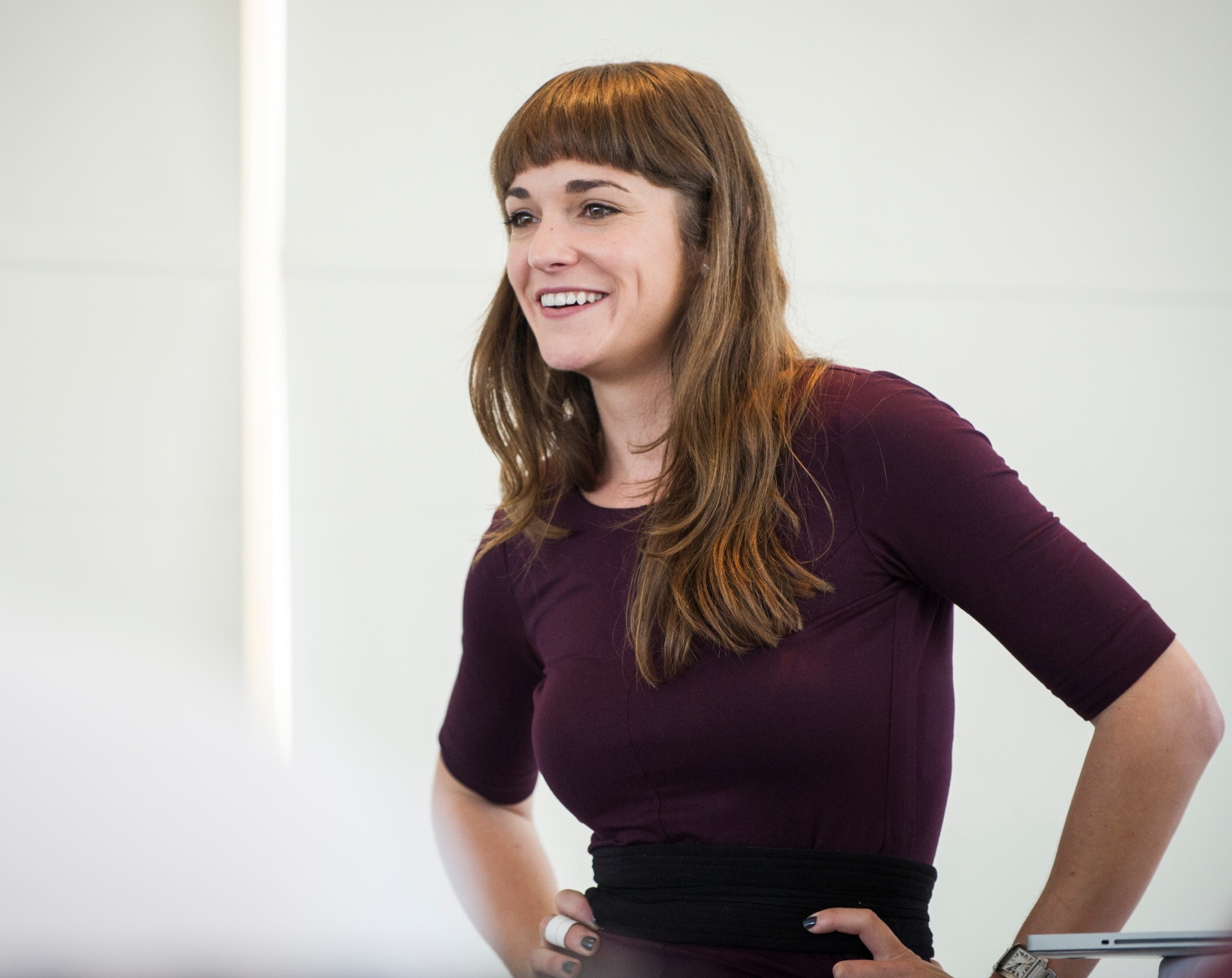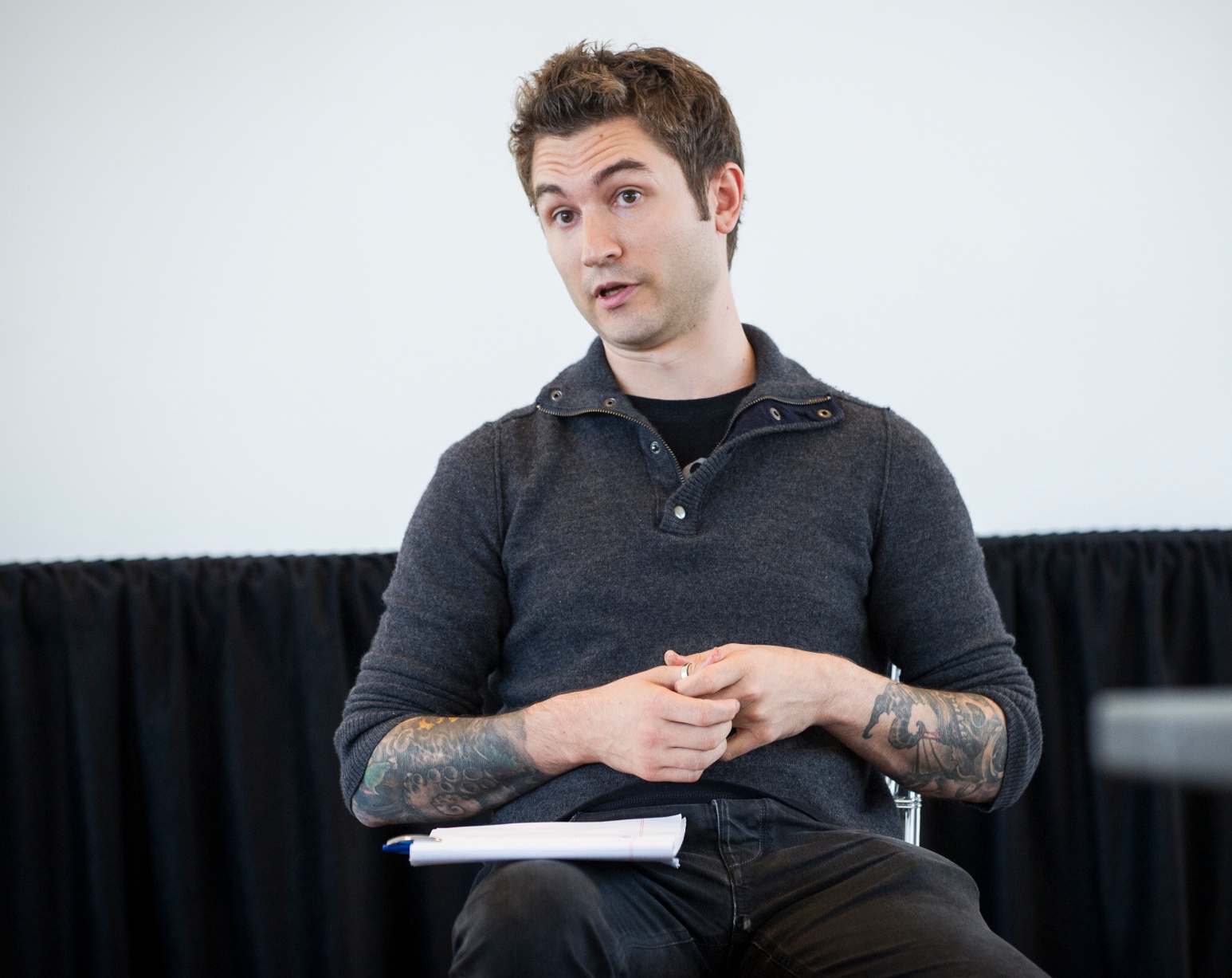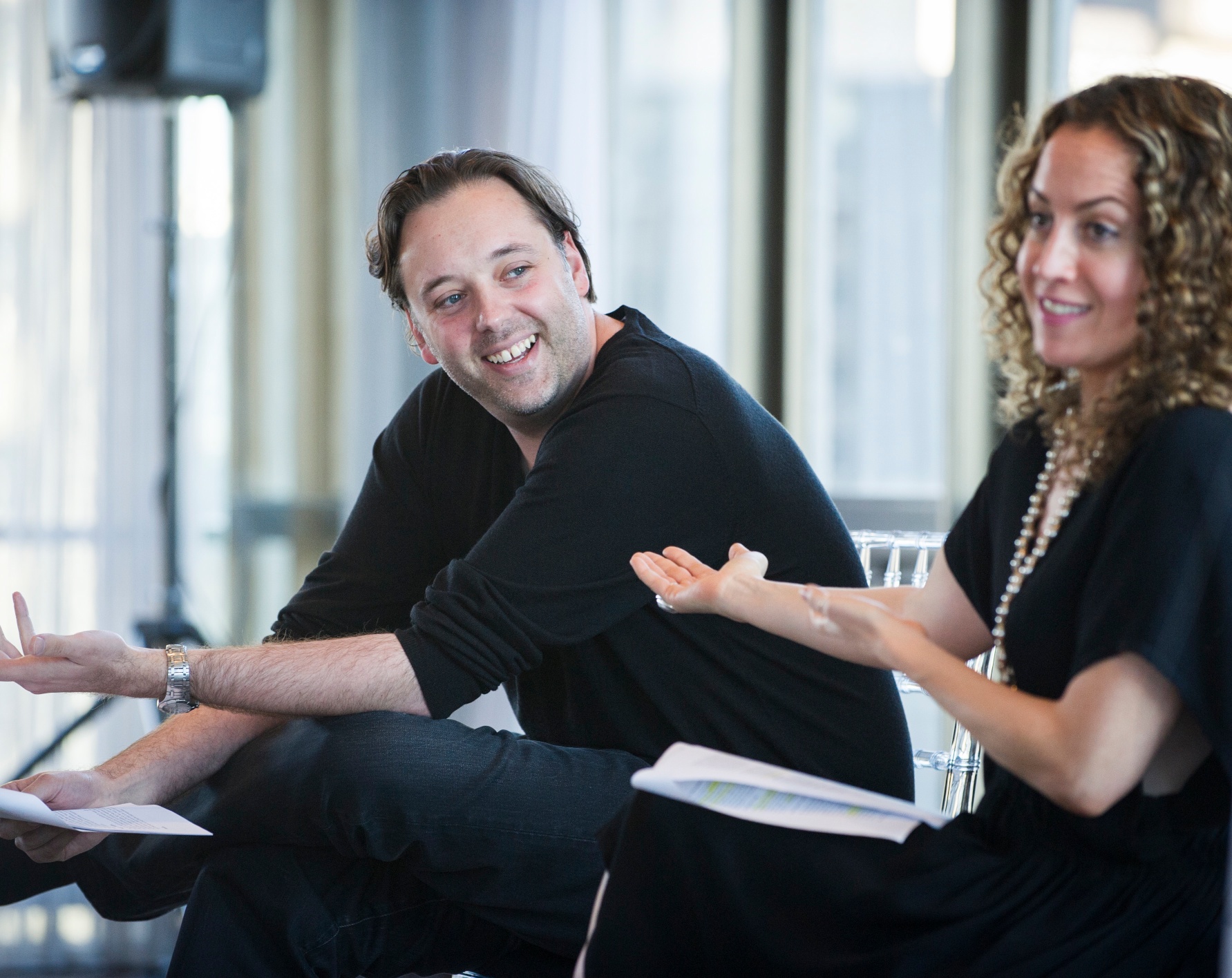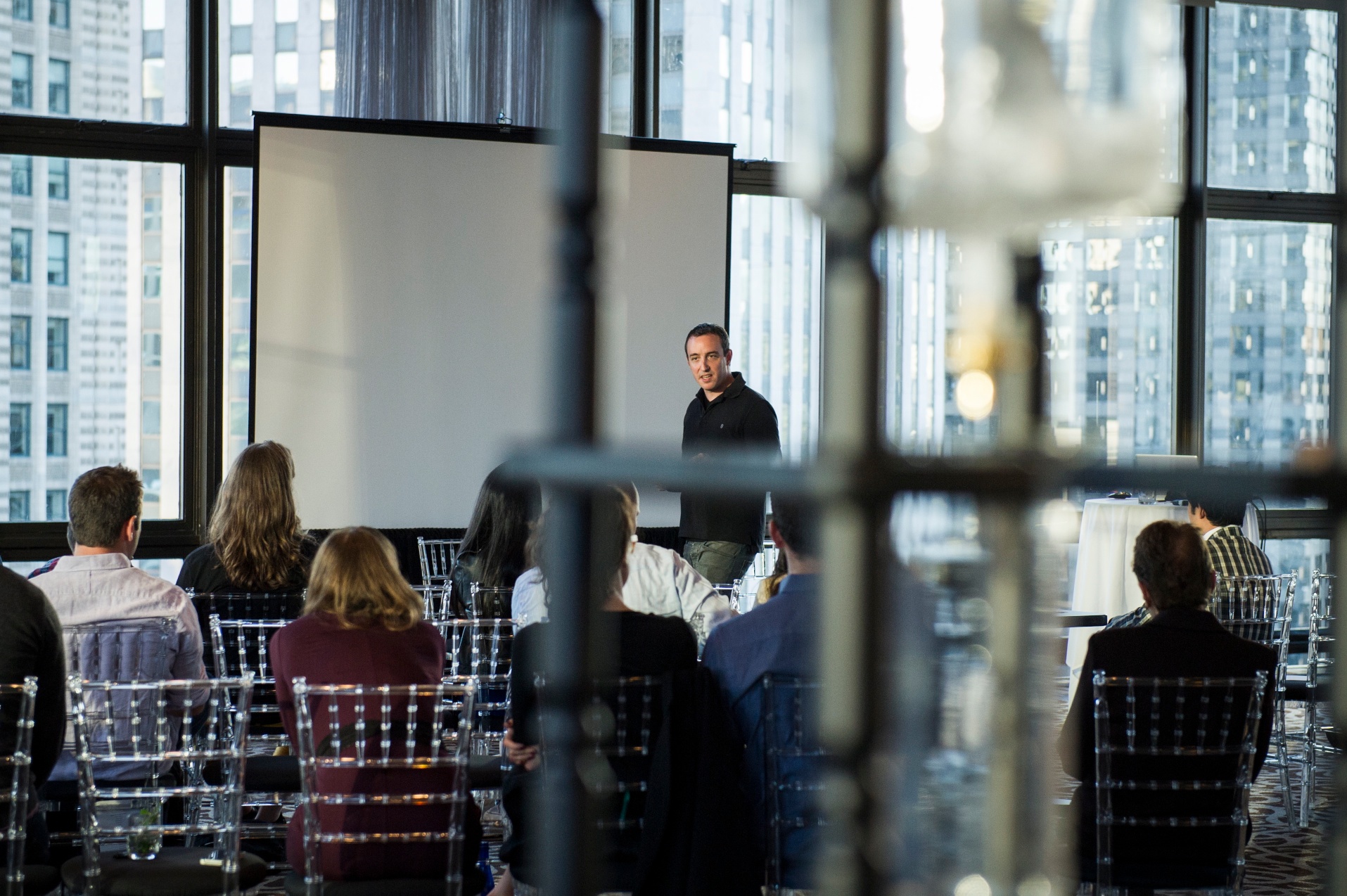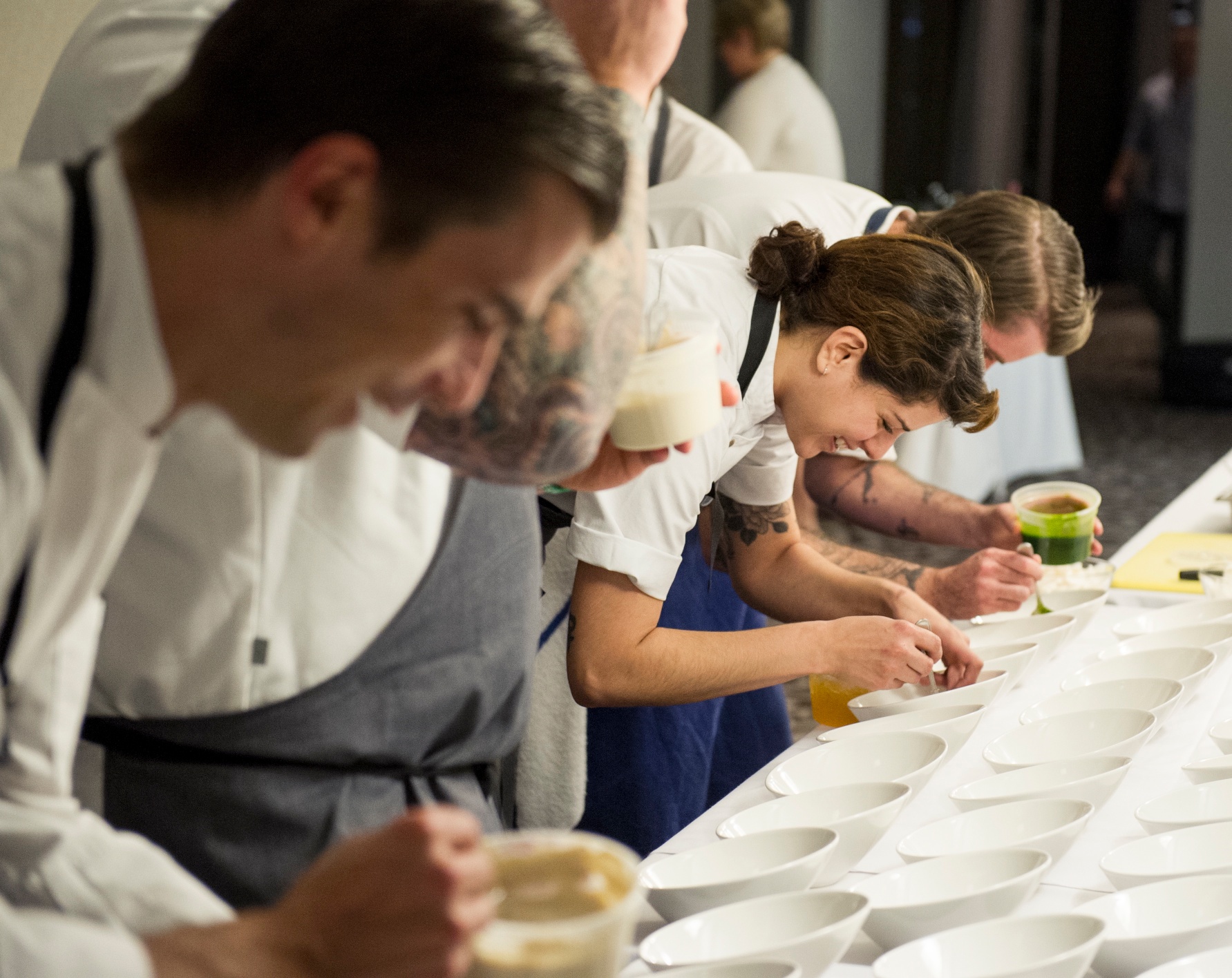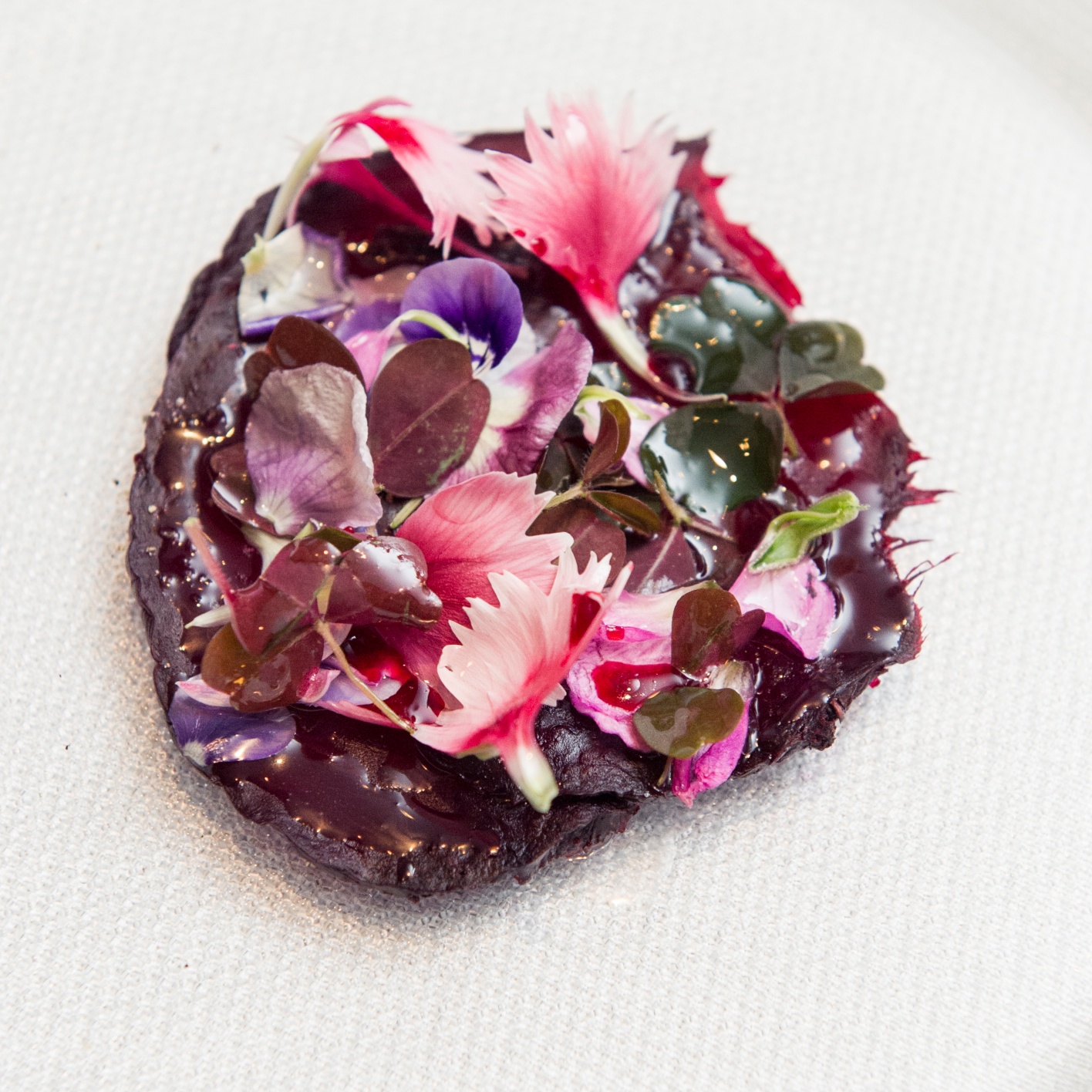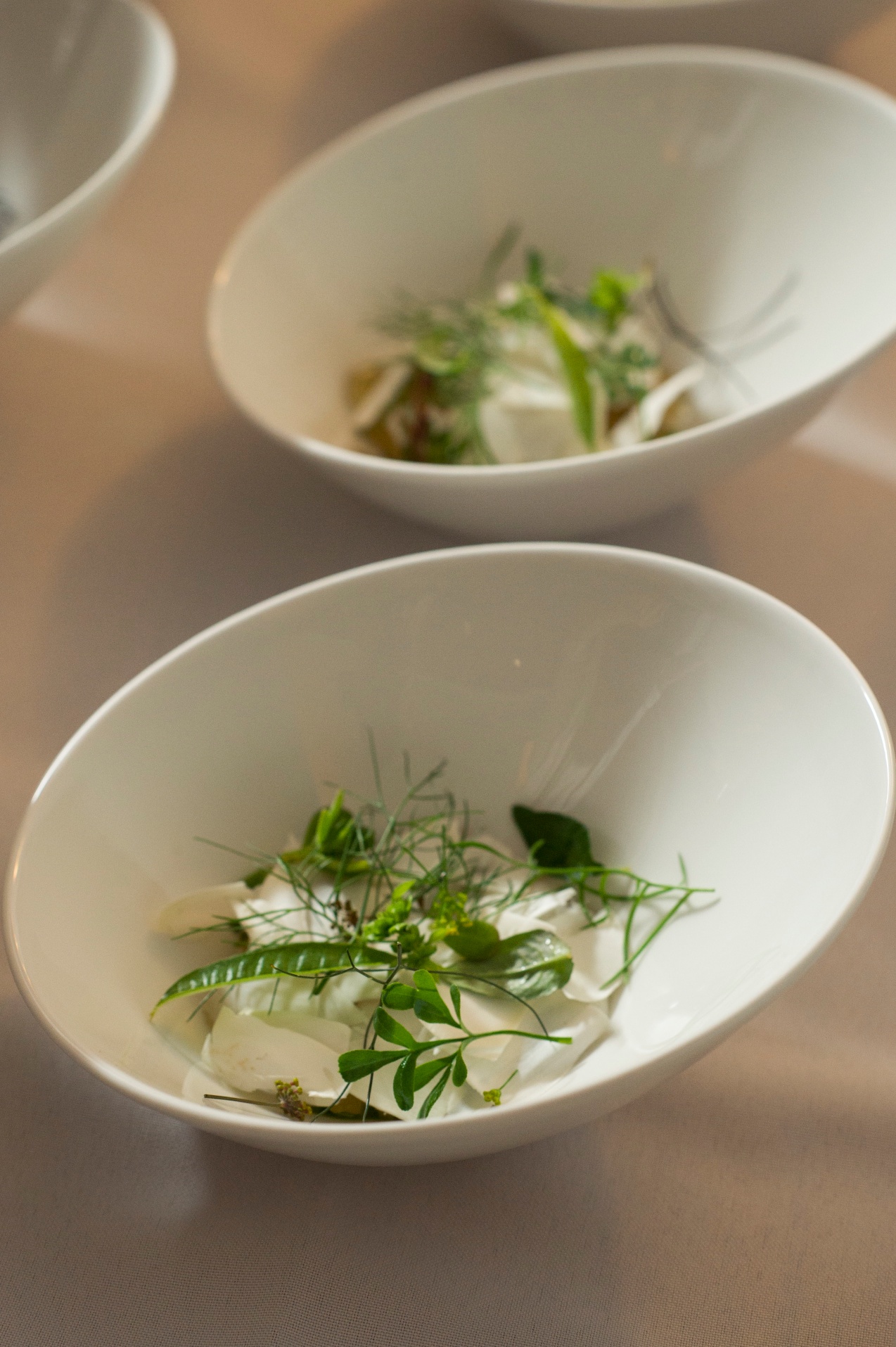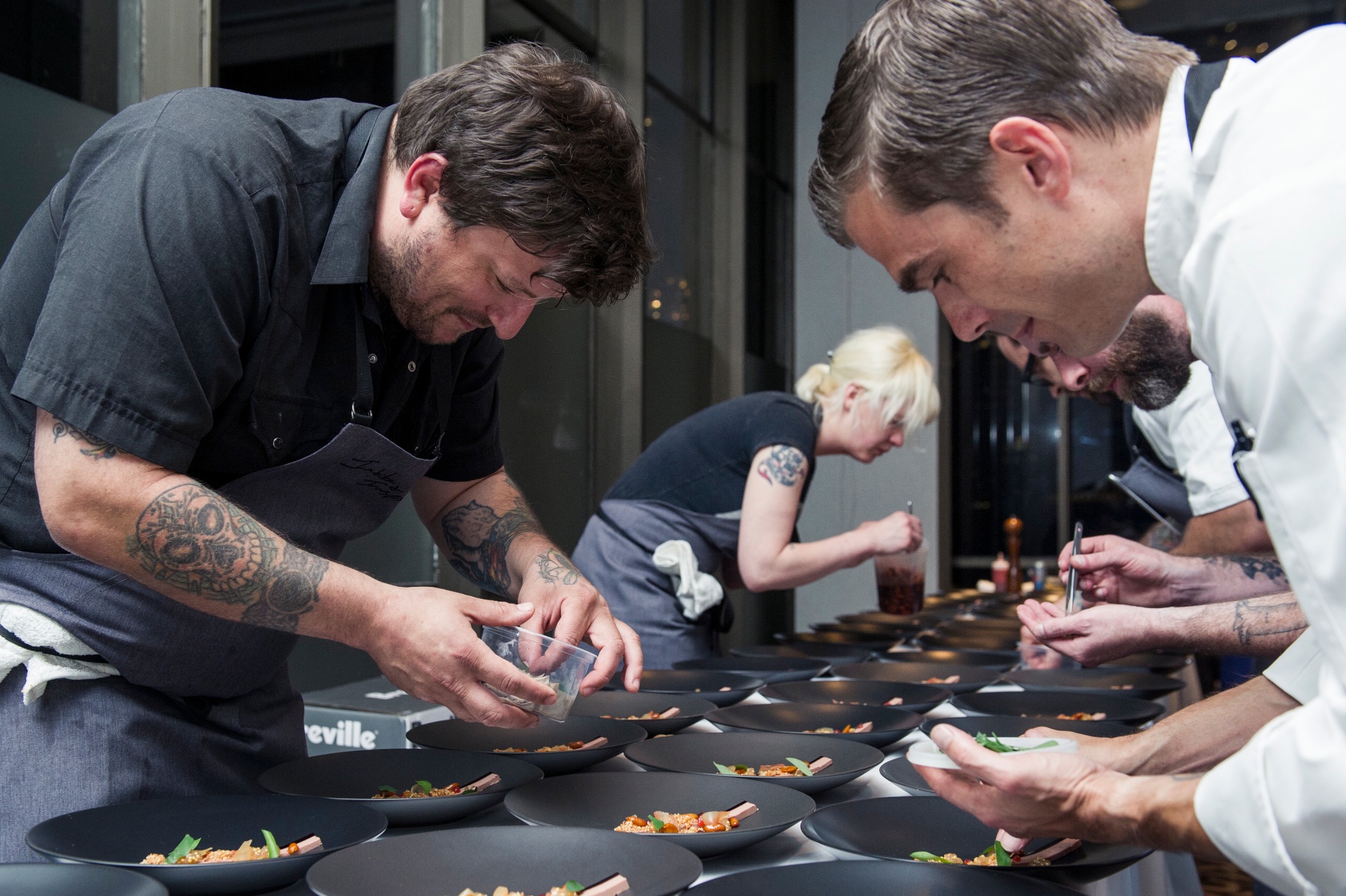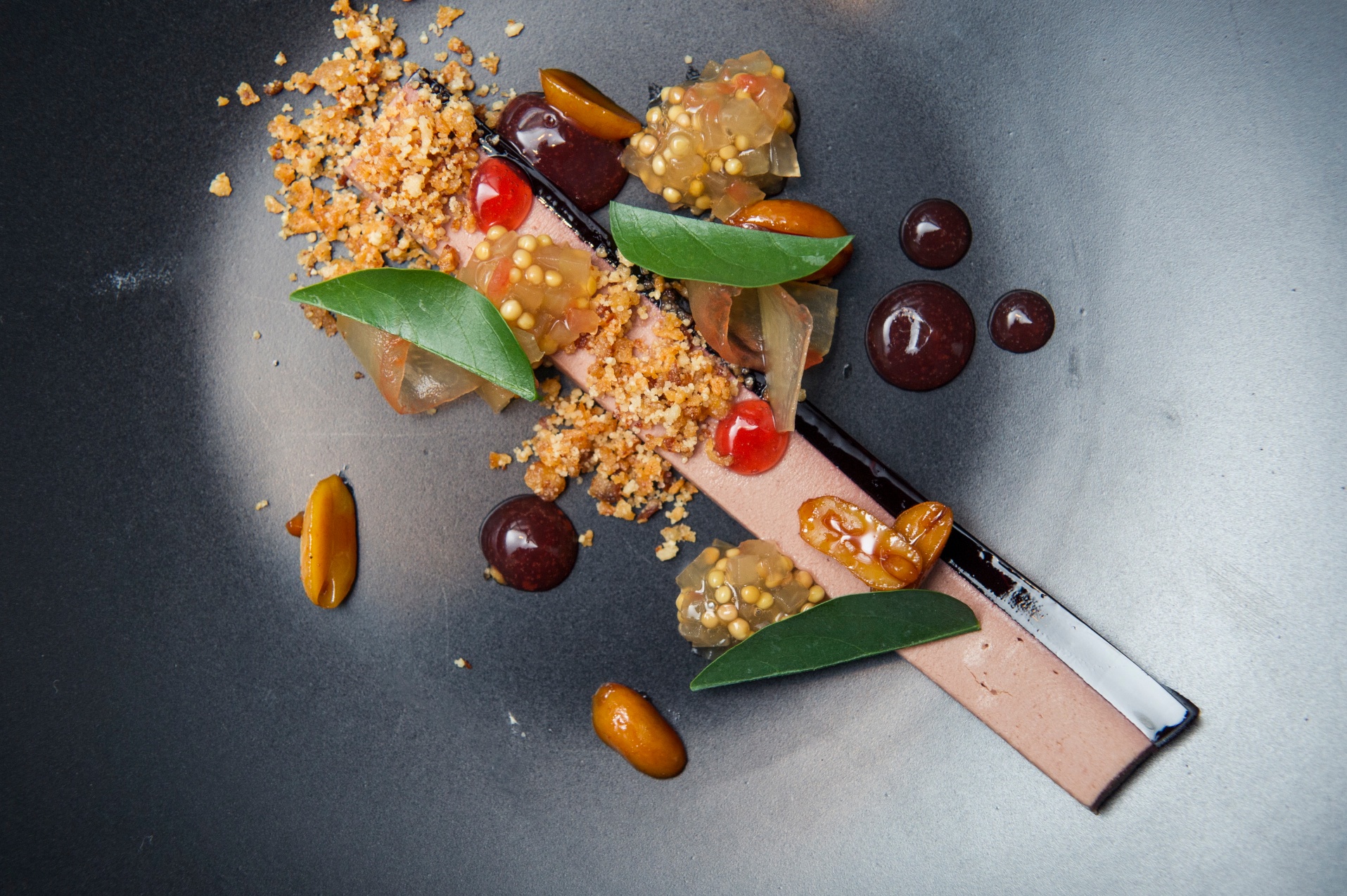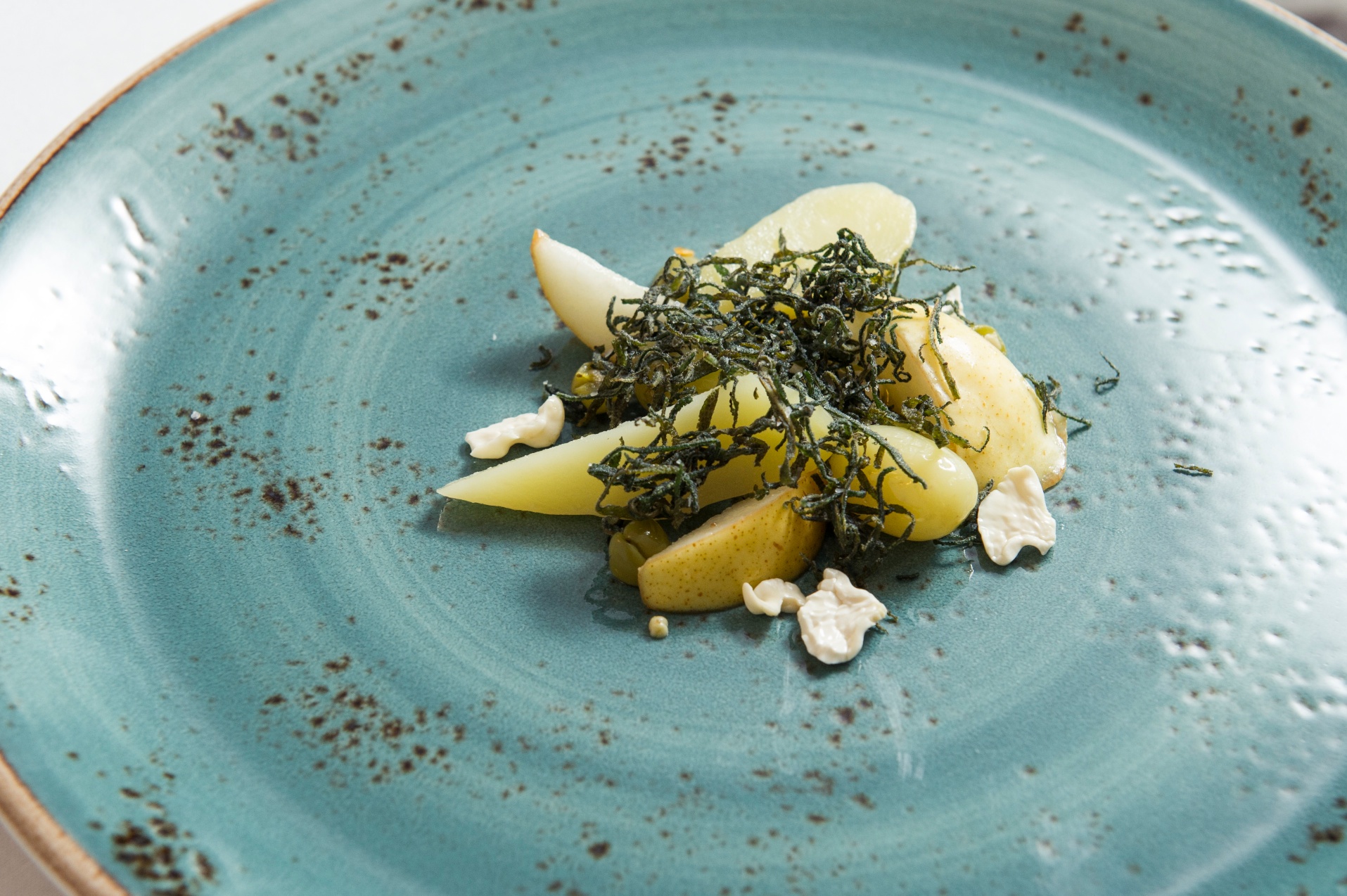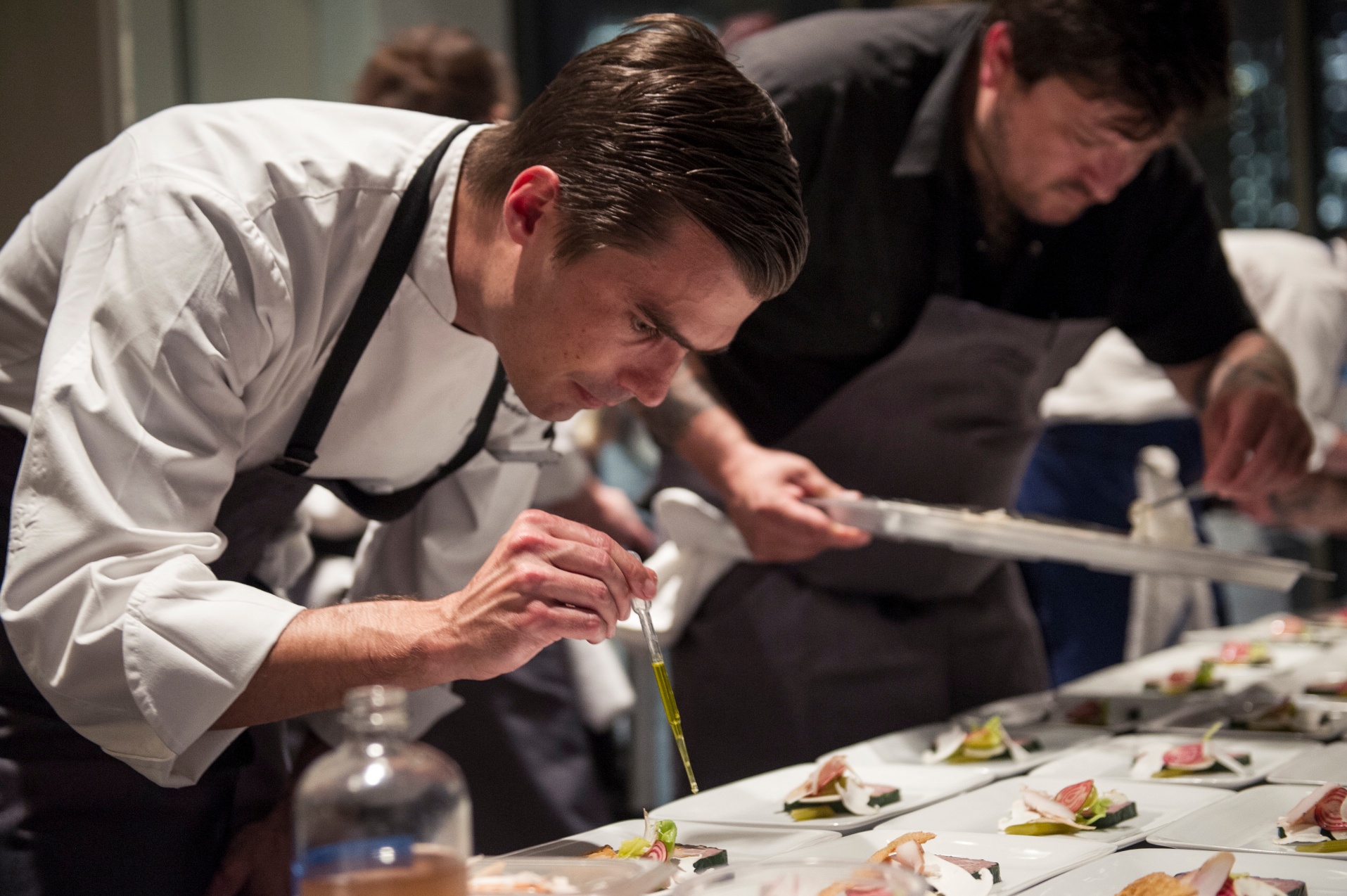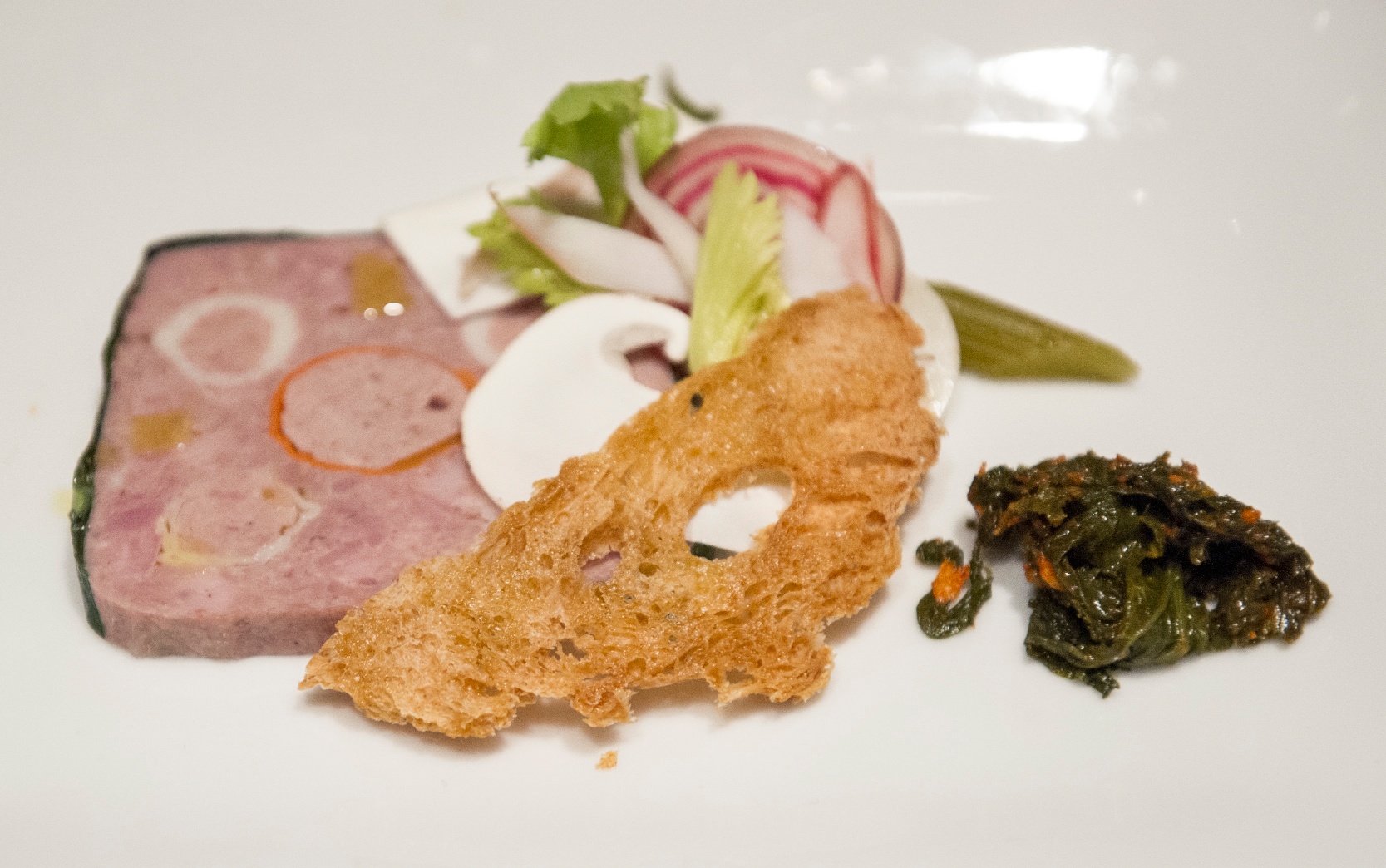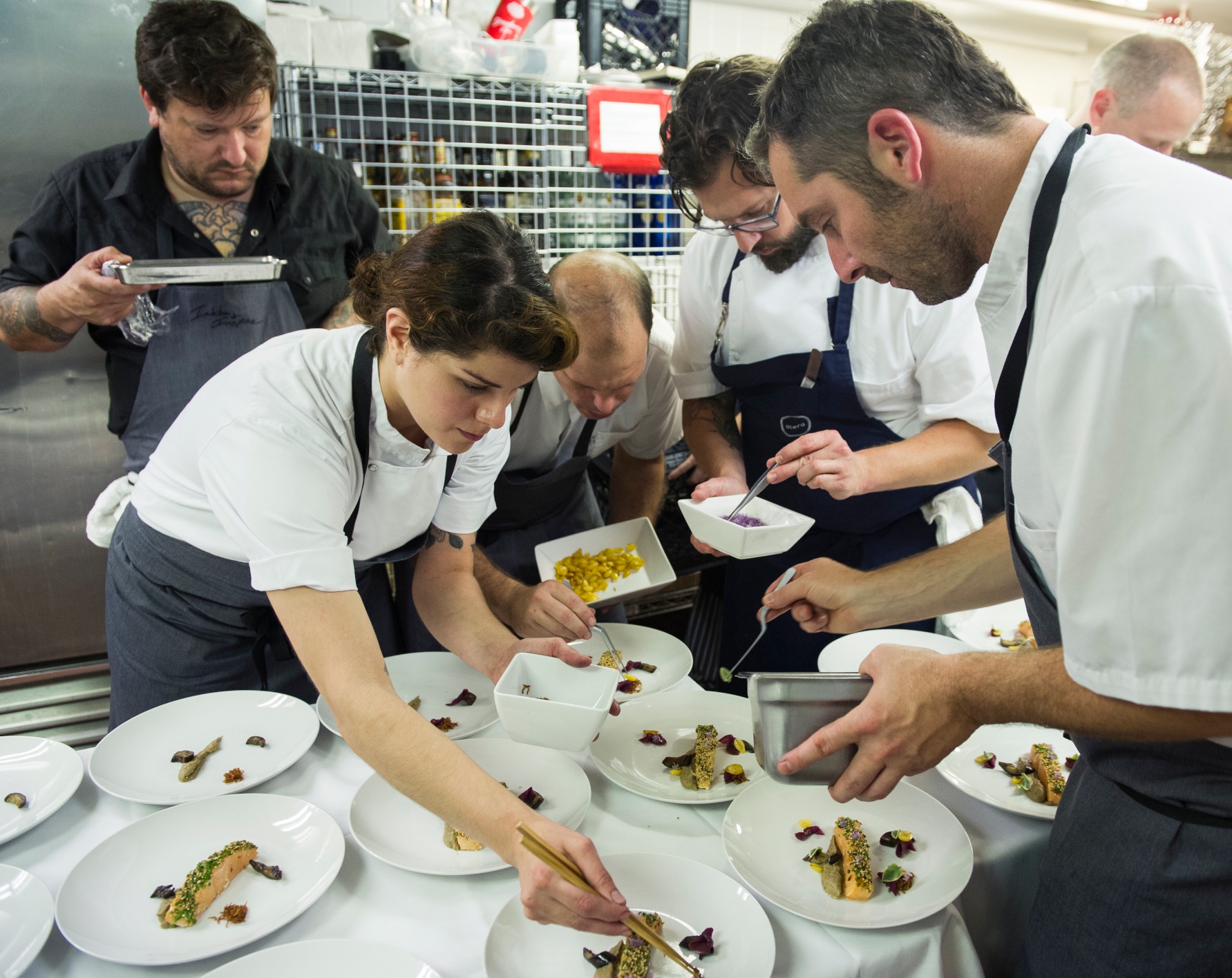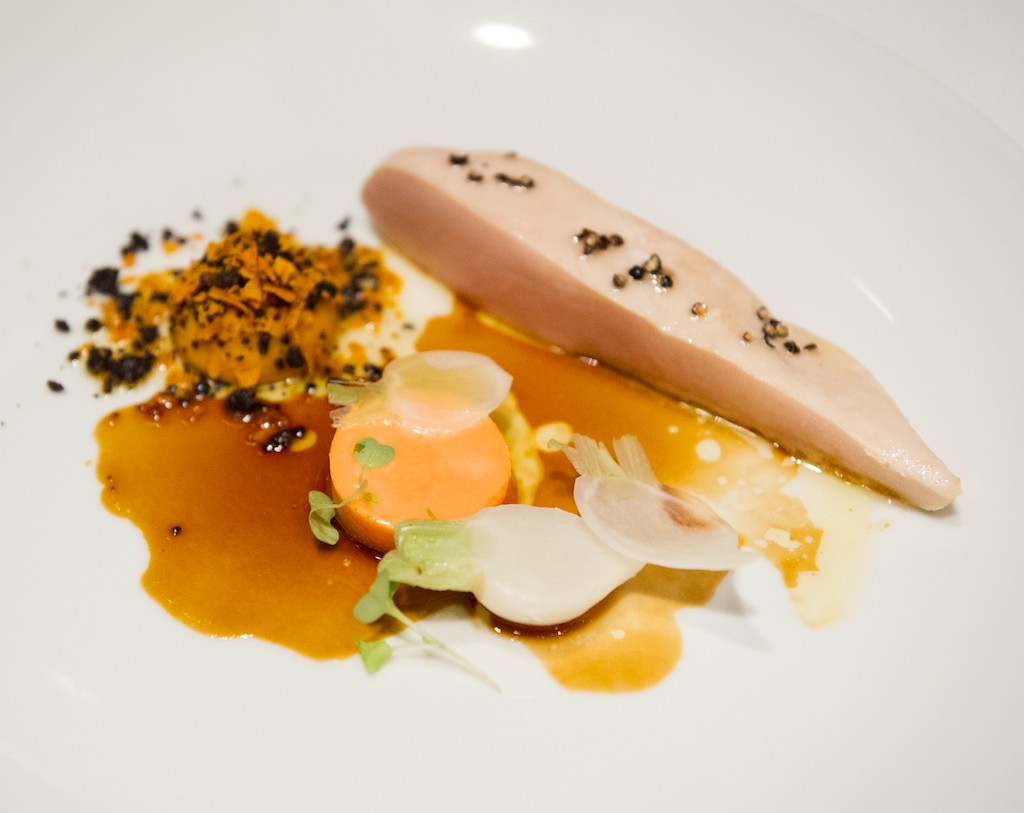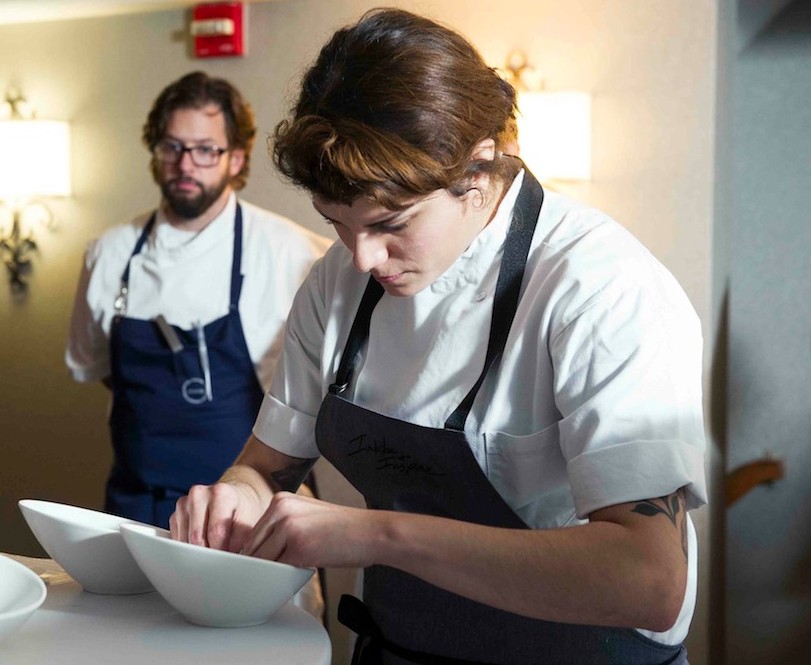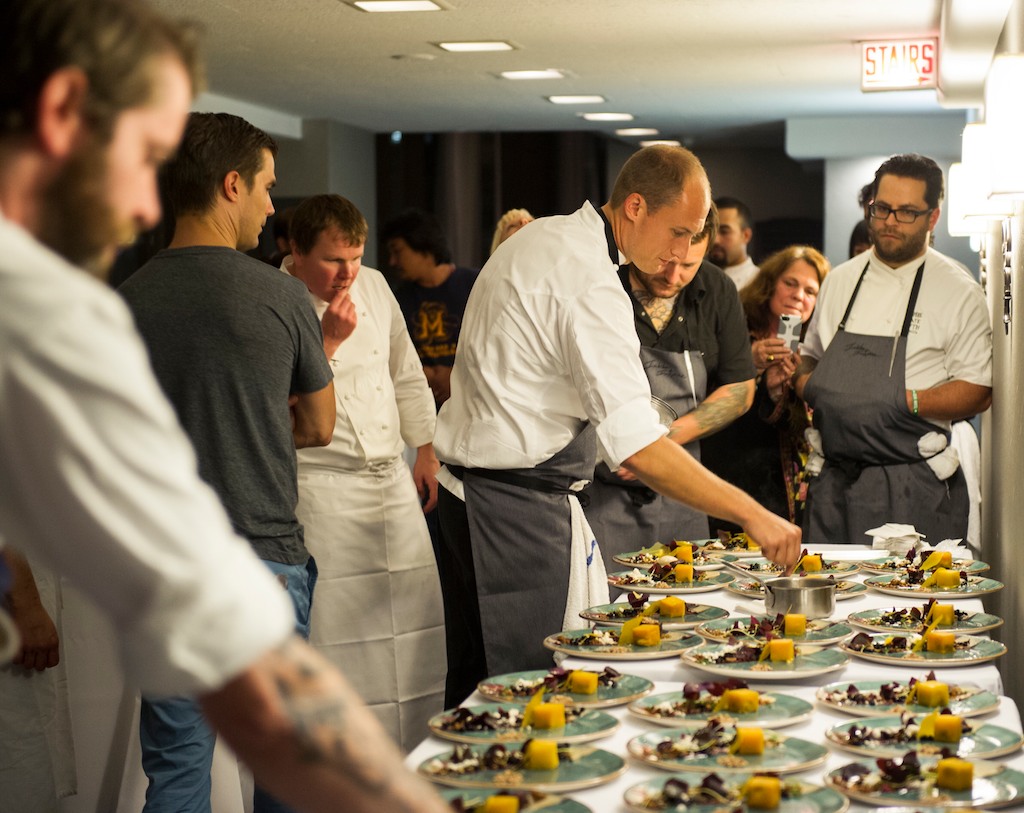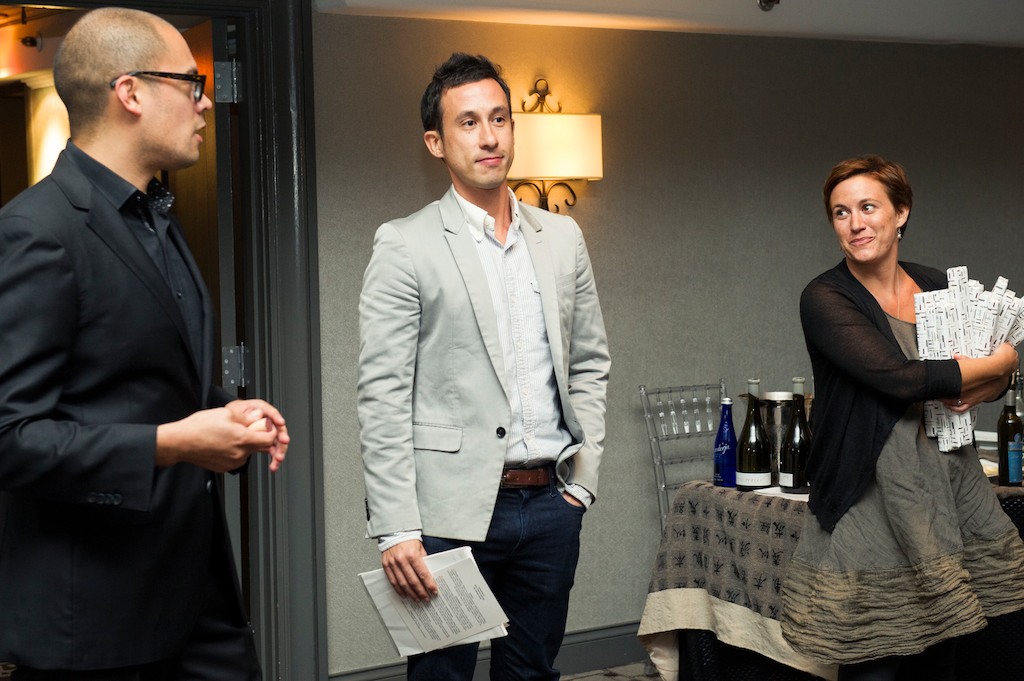Photography courtesy of Runner & Stone, Mayumi Kasuga, Ho Kyung Lee and Karen Wise.
Can you tell us a little bit about where you grew up and how you got interested in food?
I’m from Long Island originally and I think I was always interested in food, I used to hang out in the kitchen a lot as a kid and try and cook. From the age of 16, I was a busboy in a restaurant and worked in food service throughout college. Then I got diverted. My undergraduate degree is in natural resource management – environmental science. Halfway through, I realized that was not going to be my future, so I switched to engineering. After working in engineering for a few years, I realized that was not the route either. The whole time being involved in restaurants in one way or another.
Were you always drawn to bread baking?
No, that was the last stage of it. It was always cooking and front of house. After engineering, when I got back to the kitchen I started from the bottom and worked all stations and realized maybe the hot line wasn’t for me, so I went into pastry and started bread when there was a lag in pastry opportunities and really fell in love with bread baking the best.
How has where you started with bread evolved into what you’re doing now?
The first and most formative, as far as learning the basics, was as an overnight baker at Amy’s Bread. Around 2002, Amy’s Bread was one of the big names in town and their product is really great and they do a huge variety. The overnight shift was a lot of production, so it was a good place to learn. I was lucky to work with really talented bakers that showed me the ropes.
Then my time at Per Se was really great for broadening my ideas on different flavors of bread without only using spices, fruits and nuts, because we couldn’t. At Per Se, the bread had to go with all courses. There couldn’t be flavor conflicts, so the focus is more on different flours and different pre-ferments for changing flavor profiles of bread. Not just adding stuff that tastes good. It was also great for refining fermentation and shaping, because the bread had to be at the same level all the time, and beautiful as well as delicious.
At various points, I did stages, including one in France and one in my dad’s hometown in Germany. Those were both really inspirational and helped shape my ideas on bread. I think all those experiences come together in the style we have now at Runner & Stone, which I would describe as a European-style, maybe a little rustic, but with certain refined aspects and techniques present, even if they aren’t outwardly apparent in the bread.
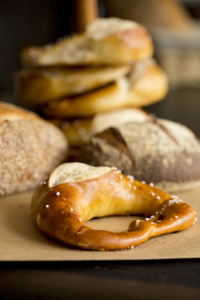
What was your biggest take away from your time working in Germany?
Pretzels. I grew up eating these pretzels, so I went to work in the bakery in my father’s home town. It’s a two minute walk from my Aunt’s house. To work there was cool from a personal point of view. They made other bread too, but I can’t say any were revelations. They were all good ryes, and that was all interesting to see, but the takeaway was really the pretzels, pretzels and more pretzels.
And in France?
In France I worked in a bakery called L’Etoile de Berger, which is just outside of Paris proper, with three outlets in suburbs and they have a central viennoiserie and pastry kitchen that I also worked at. That was after Per Se and it was really great to be exposed to some really wonderful product and a more traditional French style, while working with bakers that approached things in a way that’s totally different from the way American bakers do.
How so?
The oldest person there was probably twenty years old, but they’ve all been baking for ten years and so they have a really different relationship with the job and with bread. After having come from fine dining that was really fun to experience, a different aesthetic and approach to food. The owner, Franck Debieu was really great, even though I spoke very little French and our conversations were often him speaking and me nodding and not understanding what was really happening. He was really great about getting me involved in all aspects of the bakery, from the pastry to the viennoiserie to the daily bread baking and every time he saw me, he was always checking in to make sure I saw everything. All the people there were really supportive of me and my lack of French!
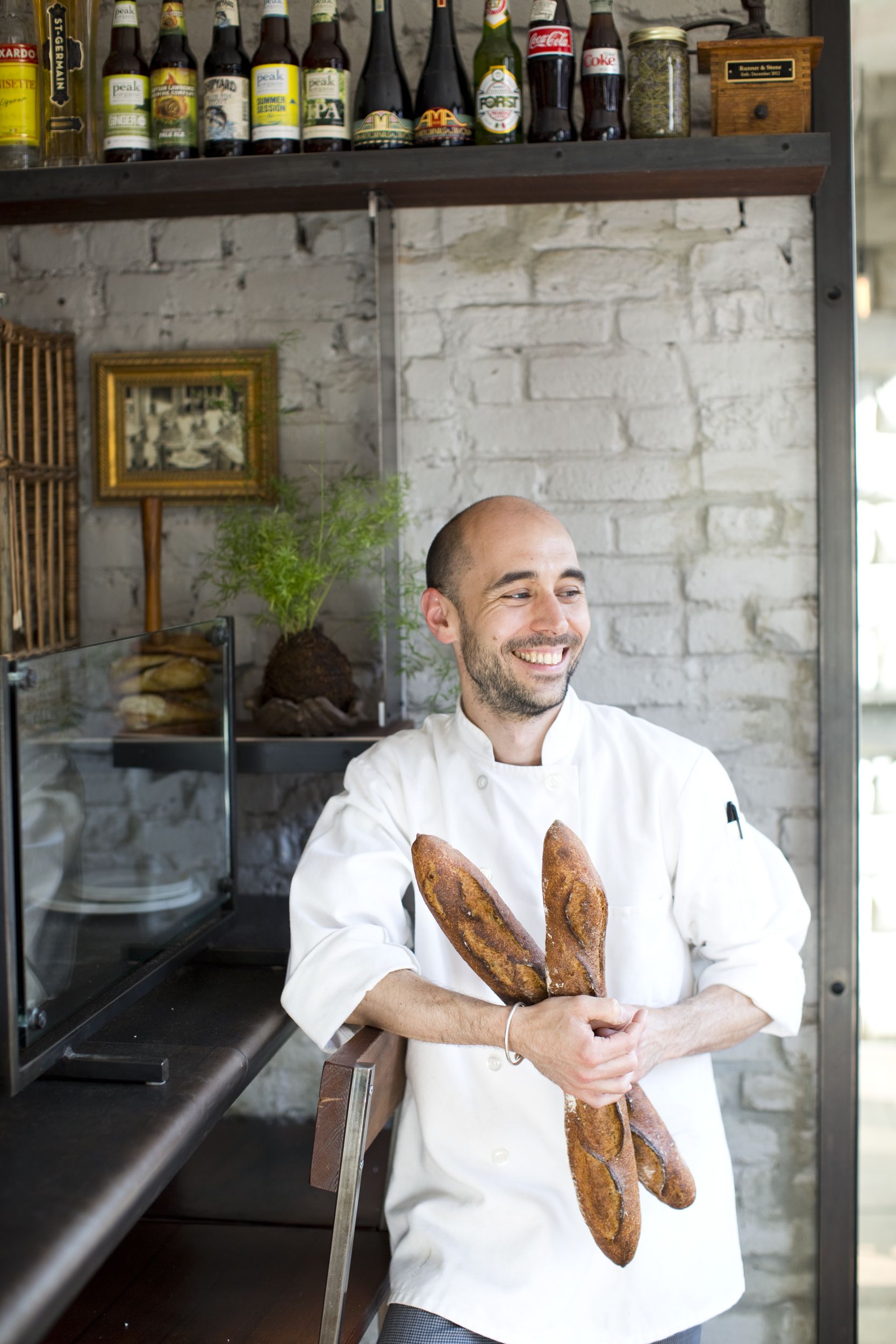
Can you tell more about your experience at Per Se?
It’s probably the hardest job I’ve had, and I think anyone who works at Per Se would probably say that, just because there is so much pressure to try and achieve a certain level, every single day, that no detail can be forgotten. It’s not acceptable to run out of a product and you’re creating an experience and even with the bread, you’re part of it. It’s super challenging, but as a result, I think I left feeling much better suited to own my own business and to tackle any product I had in mind, because I’ve been exposed to all the variables and what could go wrong and how to fix it and still maintain a certain level. As with any job the more challenging it is, the more rewarding it is and that stood true for my time at Per Se.
Also, it was really great working with professionals. Every single person there, from the general manager to the director of operations to the dishwasher was serious about his or her job and so there is a level of commitment and seriousness about food that was really inspirational. It never felt contrived or ridiculous or what was being asked of you was too much, because everyone was committed to the same goals. The group dynamic carried the whole process, it was really a special experience and one that I’m super grateful for.
Then how did Runner and Stone come about?
I always wanted to own my own business and I wanted to do a retail vs. a wholesale bakery, but a retail bakery in New York is not really a moneymaker, just because I don’t think New York can have a bread culture the way Europeans do, where they buy bread sometimes multiple times a day, but each day at the very least. So in order to open a retail location knowing that the revenue from bread sales is going to be a lot less than with a wholesale bakery, we decided to pair it with a restaurant. I’ve known [Chef] Chris Pizzulli for almost twenty years and he was looking to do his own thing too and we just decided it would be a great partnership. He’s my husband’s cousin, so we’ve traveled and spent holidays together, always talking about food and developed a relationship around food that continues.
When we lived in Italy, Chris came to visit and we cooked with his cousins in Puglia, we traveled around and ate all different kinds of food and realized we were on the same page when it came to hospitality, what’s important and not important both in managing people and food service. So that’s how the idea for the bakery and restaurant combined came about. The rest was just us answering questions and solving problems as they came up.
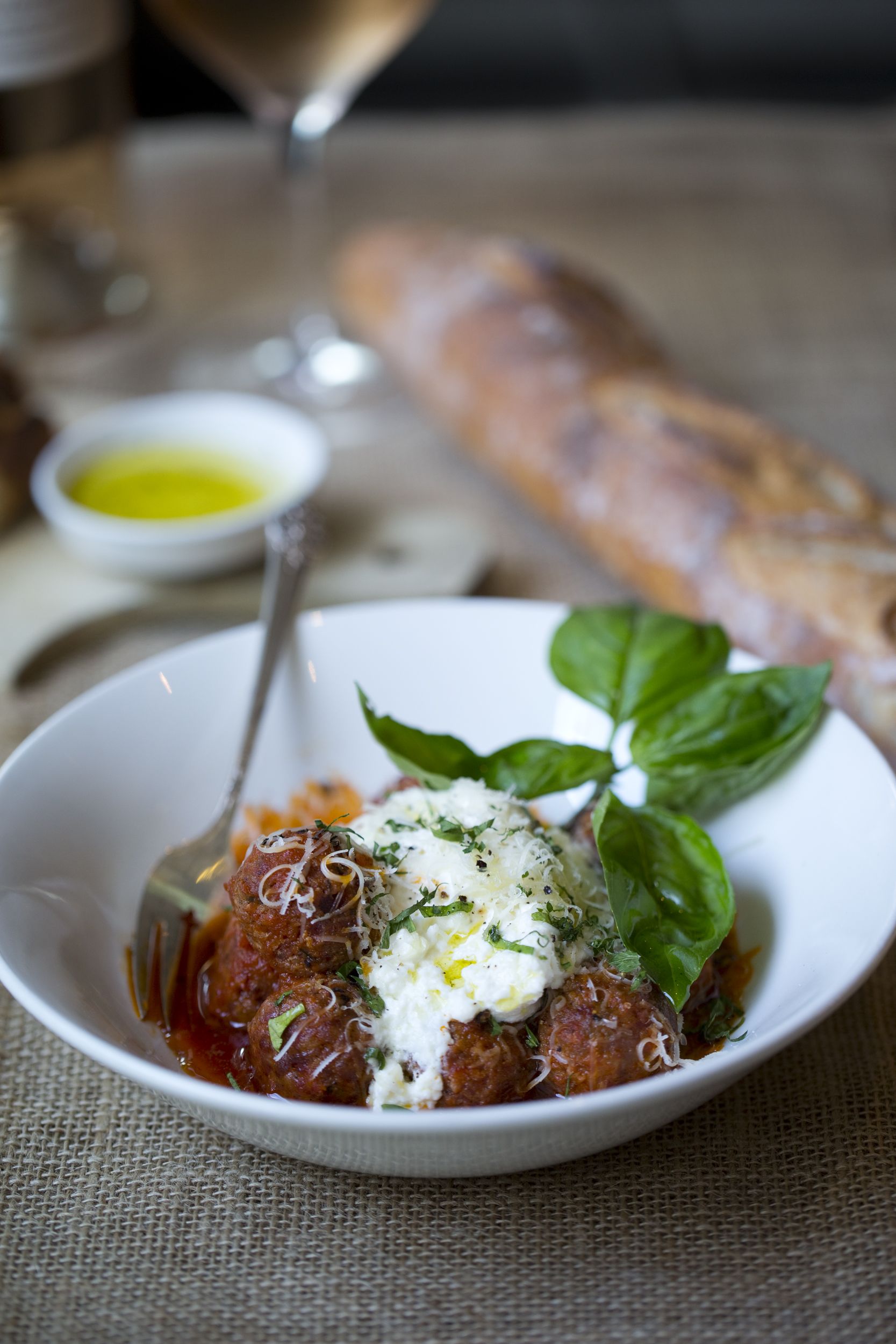
You started selling bread before the restaurant came to be?
As soon as I got back from Italy, we basically had a business plan and started to pursue financing as well as looking for spaces, but that process ended up taking a over a year, so just to keep going and to keep me busy (Chris was still working at Blue Ribbon full-time). We started selling bread and pastries at markets. The first market we did was New Amsterdam Market, (may it rest in peace – for now), and then we got into the Brooklyn Flea Markets including Smorgasburg in Williamsburg.
At that time I was working with Hot Bread Kitchen (http://hotbreadkitchen.org/) helping with their production and Jessamyn Rodriguez was kind enough to let me use their kitchen overnight when they weren’t using it. So we did production for markets there and that wound up being a great way to fine-tune our recipes and our aesthetic and decide what products we were going to move forward with. At the same time, it kept us busy and got some press attention out there in anticipation of the opening.
Are there any products that failed or were not received as you had imagined?
I’d say any failures we had were the first iterations of our recipes. Our original croissant dough and baguette were different than the ones we opened Runner and Stone with. I’d say they were less good.
Then we changed the format of some things, like we used to make our brioche in a 2 kilo batard, that we would cut to order, something I’d seen in France and loved the idea of. People didn’t really get that. They still have trouble with our large format miche. The idea that you’re only getting a quarter of it seems weird to people. Little things like that.
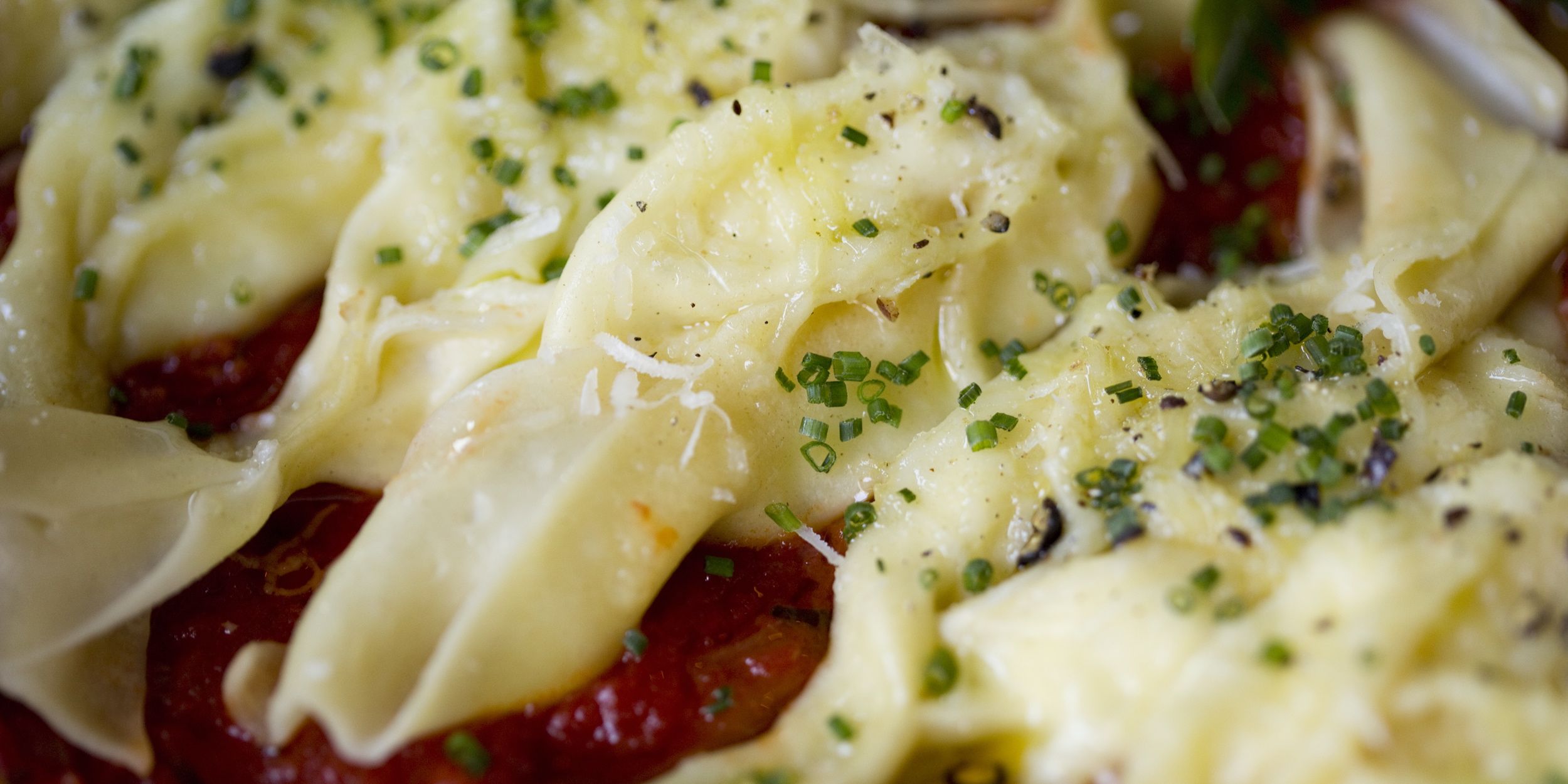
For the most part, it was a way for me to test things, and see what sold in the market. If something disappeared the following week, no one was crazed, not like when you’re picking up the same thing everyday Monday through Friday on your commute to work. So it was a good chance to find out what people were buying and not buying.
One of our biggest sellers has always been our white baguette, which I think is really great, but some of our whole grain products are certainly more interesting. I think people shy away from it because they are buying bread for sandwiches specifically, not to eat with dinner or for cheese, which would be where you could get a more flavorful whole grain bread. At the market, people are asking what bread keeps for a long time and what works well with sandwiches. The crustier breads are a tougher sell. I wish people ate bread differently in some respects. Fresh bread is a revelation that a lot of people don’t have. I also get that in New York people work 50-60 hour weeks and don’t have time to shop for bread every morning.
How do you go about sourcing your flour?
When I got back from Italy, I went to a seminar about the local grain economy that was emerging in the early 2000s and I met June Russell from Greenmarkets who was really spearheading the development of that. I was working with Hot Bread Kitchen who were and are still using mostly local grains, and they were one of the first bakeries in Greenmarkets to meet the new regulations for local grains, which I think was 10-15% of your flour has to be local. Some of the other bakers were grandfathered in and have since increased their usage to where the average is now more than 50% local grains among all the bakeries.
Aside from June, I also met Elizabeth Dyck from OGRIN (Organic Growers and Research and information Sharing Network), who is a plant scientist and does a lot of work with testing different wheats and I got involved with their process. Together we worked on taste tests with different wheats. The local flours are really flavorful, but it appealed to me from an environmental science aspect as well. The buckwheat in the bread makes it look really beautiful and it tastes different and it’s also just a nice challenge. I think there are thousands of breads we could make, but as part of the creative process, it’s interesting to start with a set of ingredients that know you have to work around. That helps focus me on recipe development. I start by knowing I want to use this flour.
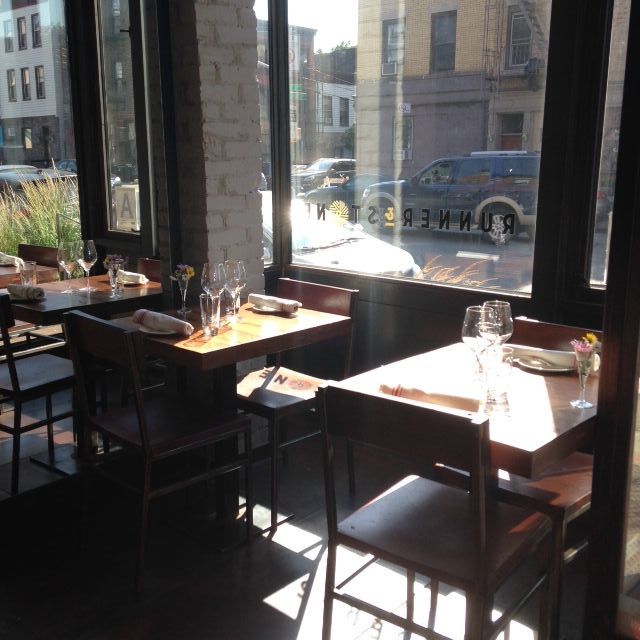
Did you explore bread at all during your time living in Italy?
The only work I did relating to bread was teaching for Slow Food Milan, who had organized a few classes on a farm outside Milan. That was really cool, just 30 people in a farm-house, hand mixing bread and we had one little convection oven that we’d process all the bread through, while everyone sat around and talked and drank wine. It was a particularly Italian experience.
In Italy I was working in a pasta shop for a year, which helped with the fresh pasta aspect at Runner & Stone. That was a wonderful experience with a group of people who were so open and willing to share. Then I worked on dairy farm that made it’s own cheese and spent a little bit of time with other cheese and sausage makers.
Outside of panettone, I didn’t find any bread that I particularly wanted to learn, but there’s no breaking into a panettone bakery. It just doesn’t happen. No one wants to share that with you.
Can you tell us about the process of developing pasta for Runner & Stone?
The bakery and kitchen develop the pastas together, or the kitchen will tell us what they need and we’ll work on different shapes and flavors, but then once it’s in production they help with it. We have a pasta extruder, so once we have the recipe, the kitchen handles that. The hand shaped pastas like the orecchiette, almost everyone who works here knows how to make them. The ravioli and sheeted pastas get done in the bakery.
How did you decide on Gowanus as the location?
Gowanus just kind of happened. We were looking everywhere, Lower East Side, East Village, Ditmas Park and all different neighborhoods of Brooklyn and Lower Manhattan. This was a neighborhood Chris knew, because he’s worked at Blue Ribbon Brooklyn, which is two blocks away and he knew that it was changing and more and more things were opening. We were bidding on the space across the street, which became The Pines while in negotiations for that space, we saw a For Sale sign on this building. We called the realtor, not with hopes of buying the building but to find out if it was purchased yet and who was going into the retail space. The realtor put us in touch with our current landlords. We had a phone conversation, which what we thought would take 10 minutes, but turned into an hour-long conversation about what we like and don’t like about social spaces and our ideas on food and hospitality and realized it was a perfect relationship.
Everyone told us we’d know the right space, we’d feel it in our gut, which I thought was BS, but I really felt as soon as we did a walk through with the owners it seemed like the only choice for us. Then the neighborhood started picking up and everything seemed to align.
The space has received much praise and attention in the design world. How did you approach the design of the space?
Our landlords are both architects, their firm is called Latent Productions in TriBeca, but they bought it with plans to redevelop the whole building. So Chris and I didn’t really have any ideas on design, we just knew we needed a bakery and a kitchen and that we wanted it to be kind of casual, but nice, so the fact that the space came with designers was just an added bonus. Sal and Karla, our landlords and the principles of Latent, had some pretty strong ideas about what they wanted for the space and I think they enjoyed the challenge of incorporating two kitchens and the transformation of the space from a morning to an evening destination and how light plays into that. That was just serendipitous that they were so excited about this project and we were so excited about having someone that was so excited about the project. We just got lucky with that coming together.
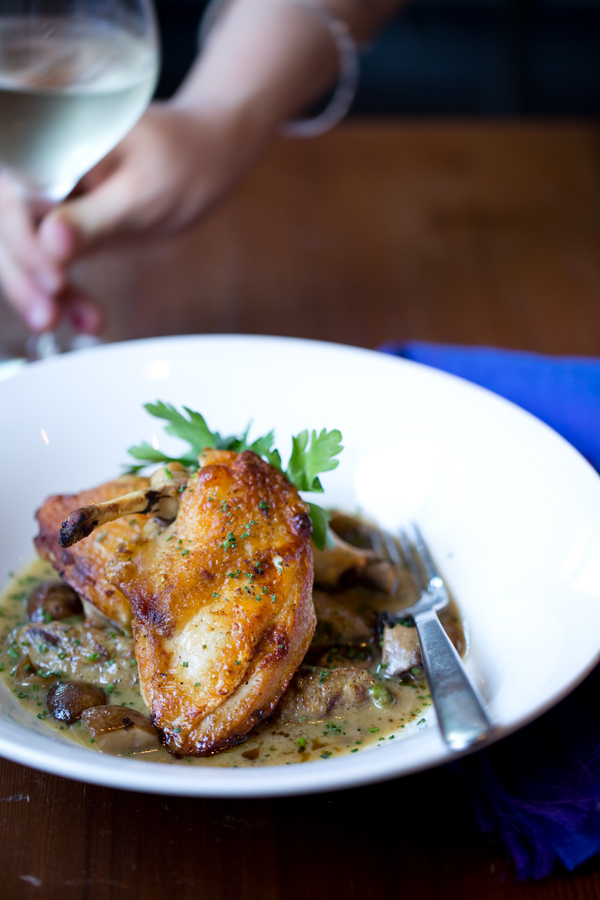
How did the famous building blocks that resemble flour sacks come about?
That was Karla’s idea. She had mentioned it to me early on in our conversation. We are thinking of doing this, could you get me a few flour bags? We were doing market production at the time so we brought her different sizes from different companies and she picked one that worked out well and they developed these blocks. Then they became a real central part of the design. Then we went on to continue collecting flour bags from my production, Hot Bread Kitchen’s production, Daniel’s commissary kitchen’s production. There was definitely a few months of me trekking all around Manhattan with a granny-cart full of empty flour bags.
Did you get to see how this went down?
They were building them in the basement so they had a set up where they’d do 40 at a time. There’s over a thousand blocks in use. The bag would fit into this framework and they’d line the bag with plastic so it wouldn’t stick to the concrete. Then the framework allowed them to bulge, but stay within their specifications so they could be used to build with. So they would set the mold and then a day or two later break down the framework and take out the bags and start over again. It was definitely exciting when the first ones came out because I didn’t really have a picture in my mind what it was going to be like. Until that first wall went up, it was a just a pile of weird looking blocks in the back yard.
Runner and Stone is getting ready to celebrate its second anniversary, which is certainly an achievement in New York’s difficult restaurant climate. What do you hope for your team to accomplish in the upcoming year?
What I would love to see for Runner & Stone in the upcoming year is continued growth without compromising our current standards for ingredient sourcing, traditional, slow production techniques, and the strong, personal relationships we’ve built and continue to build with our customers.


